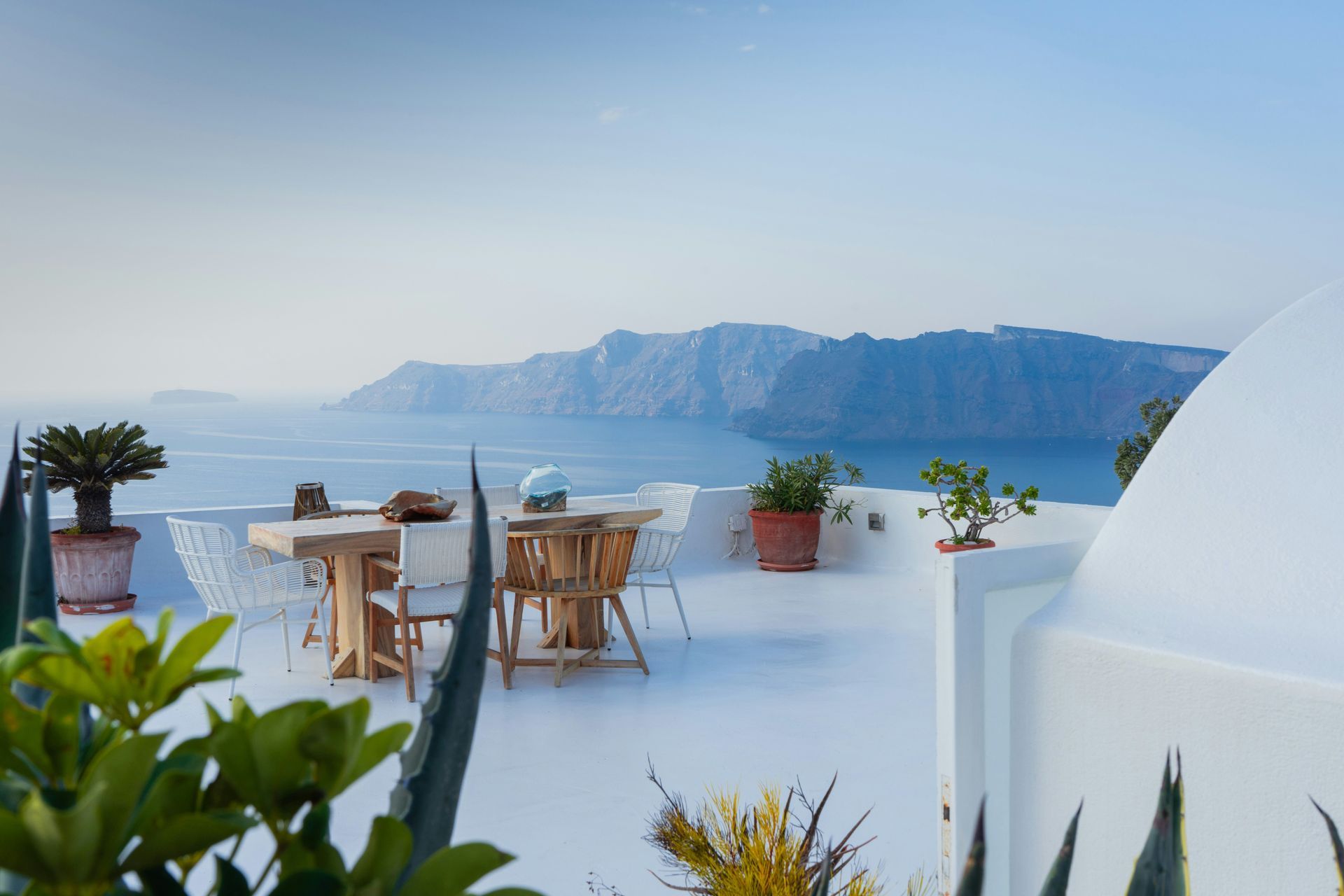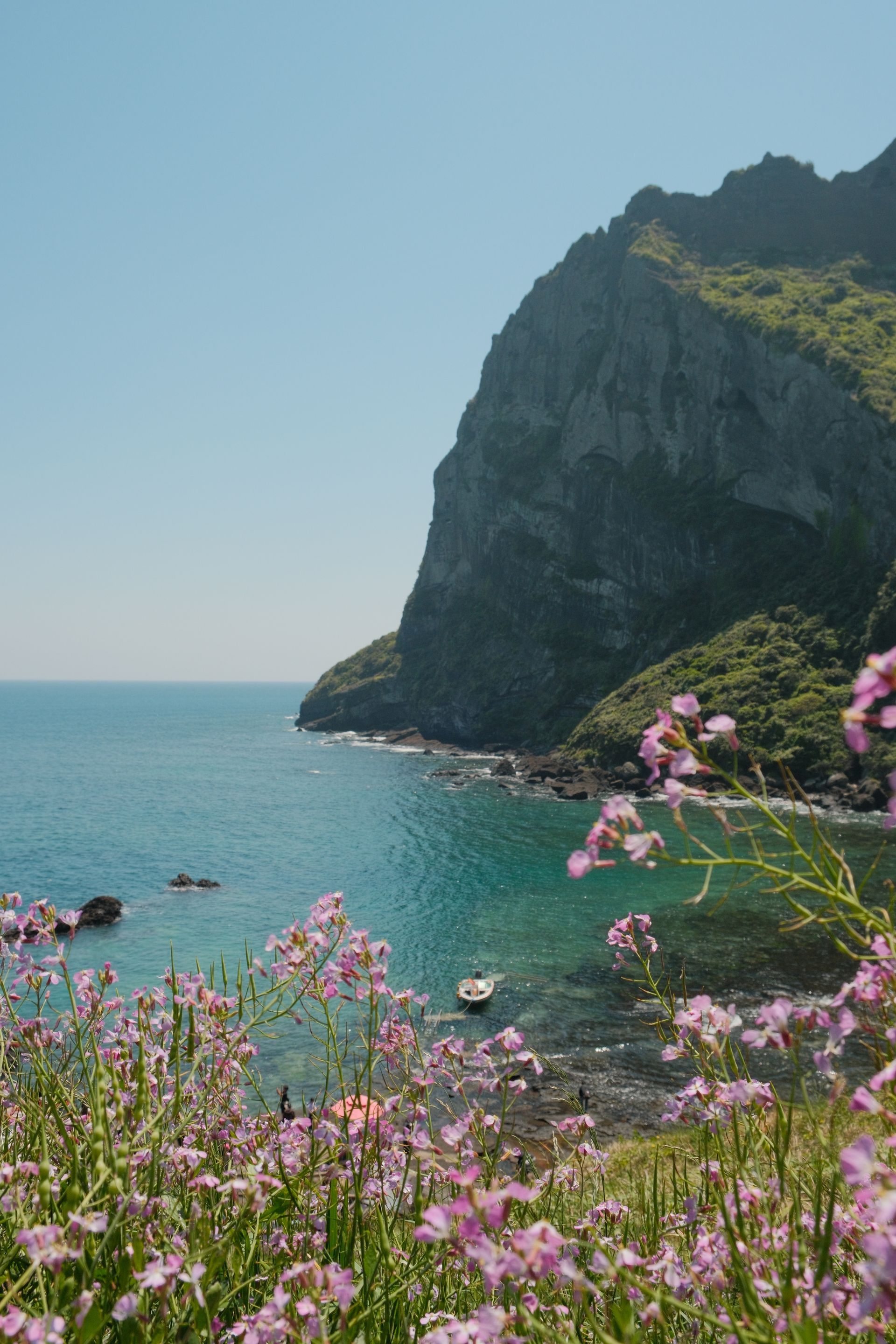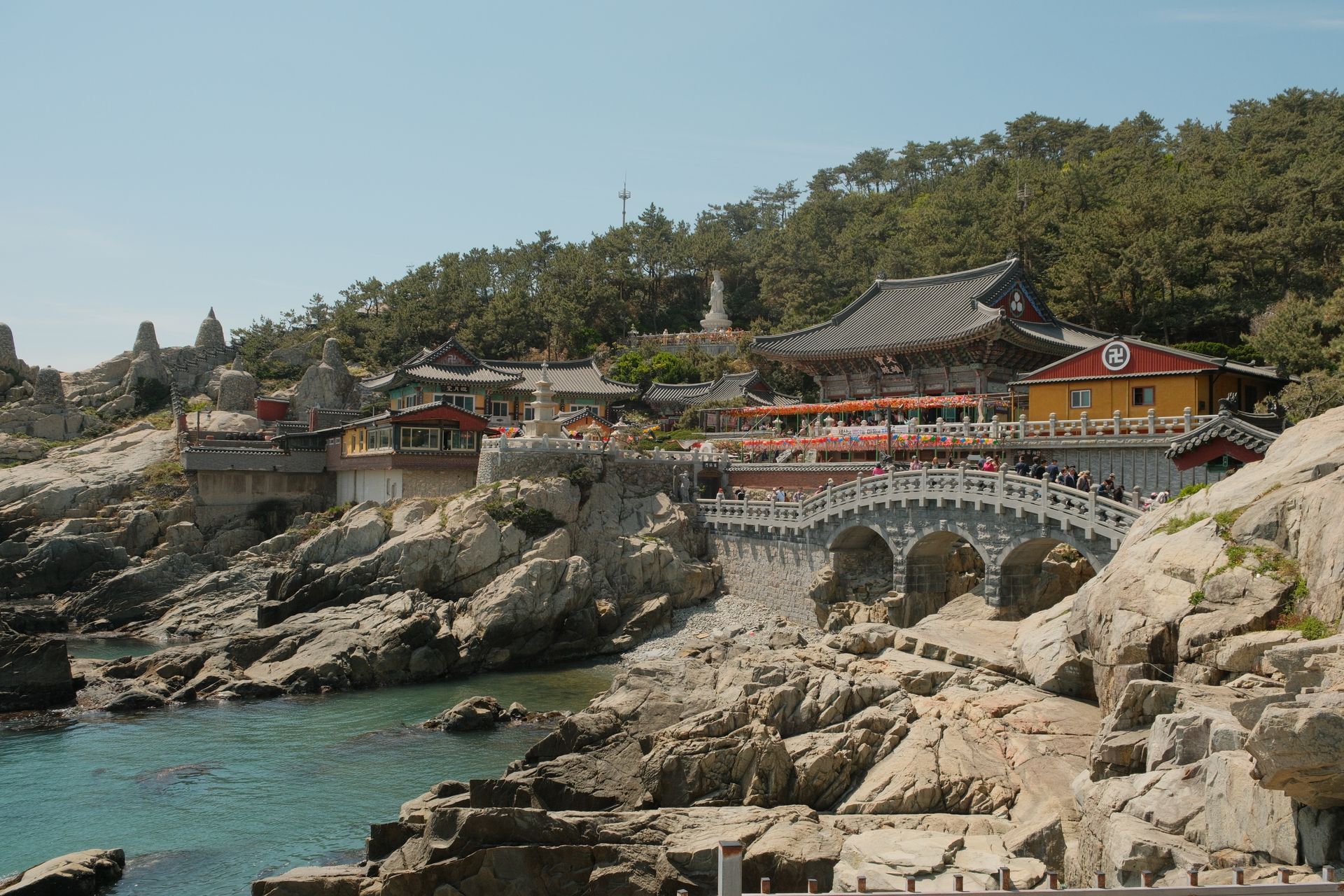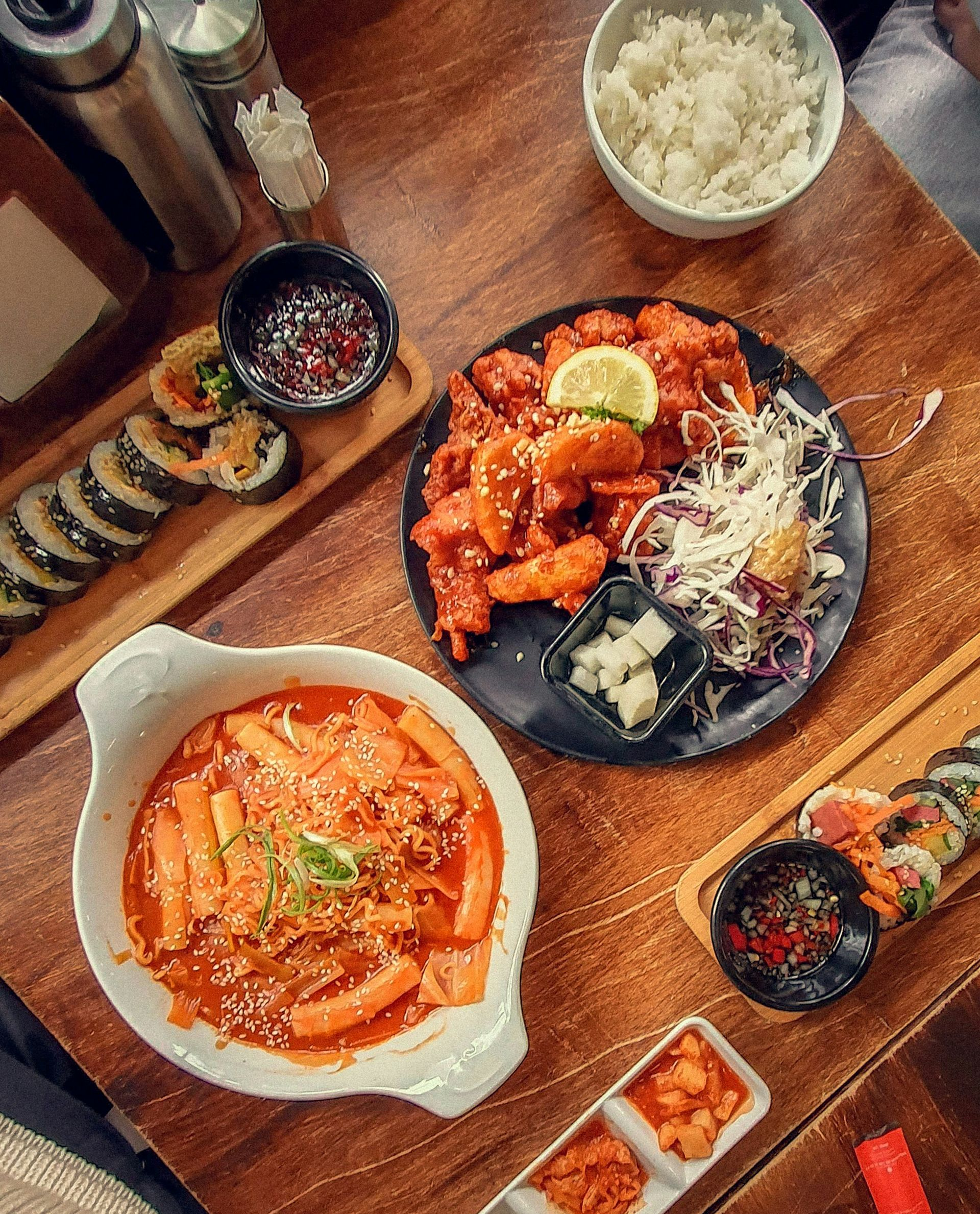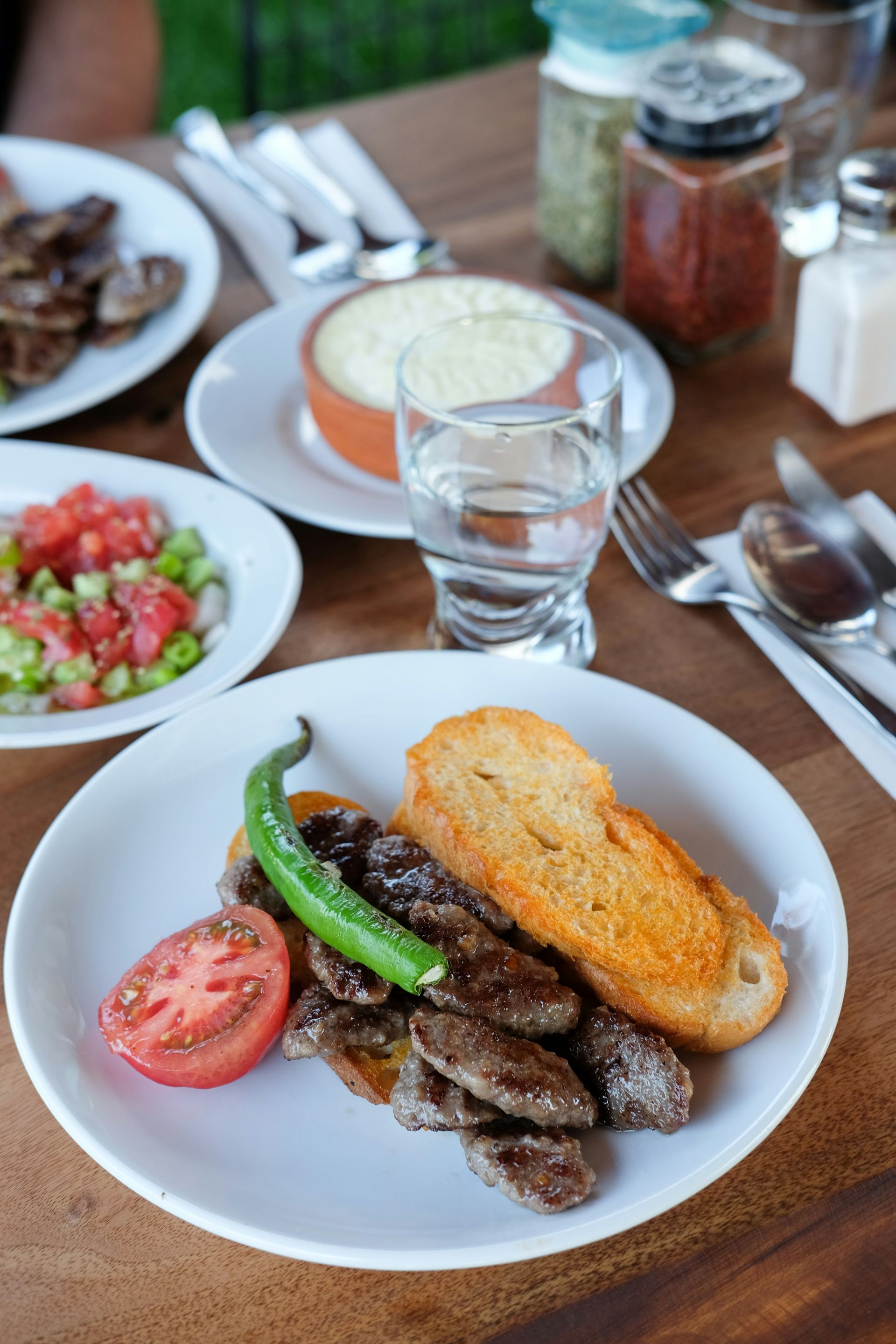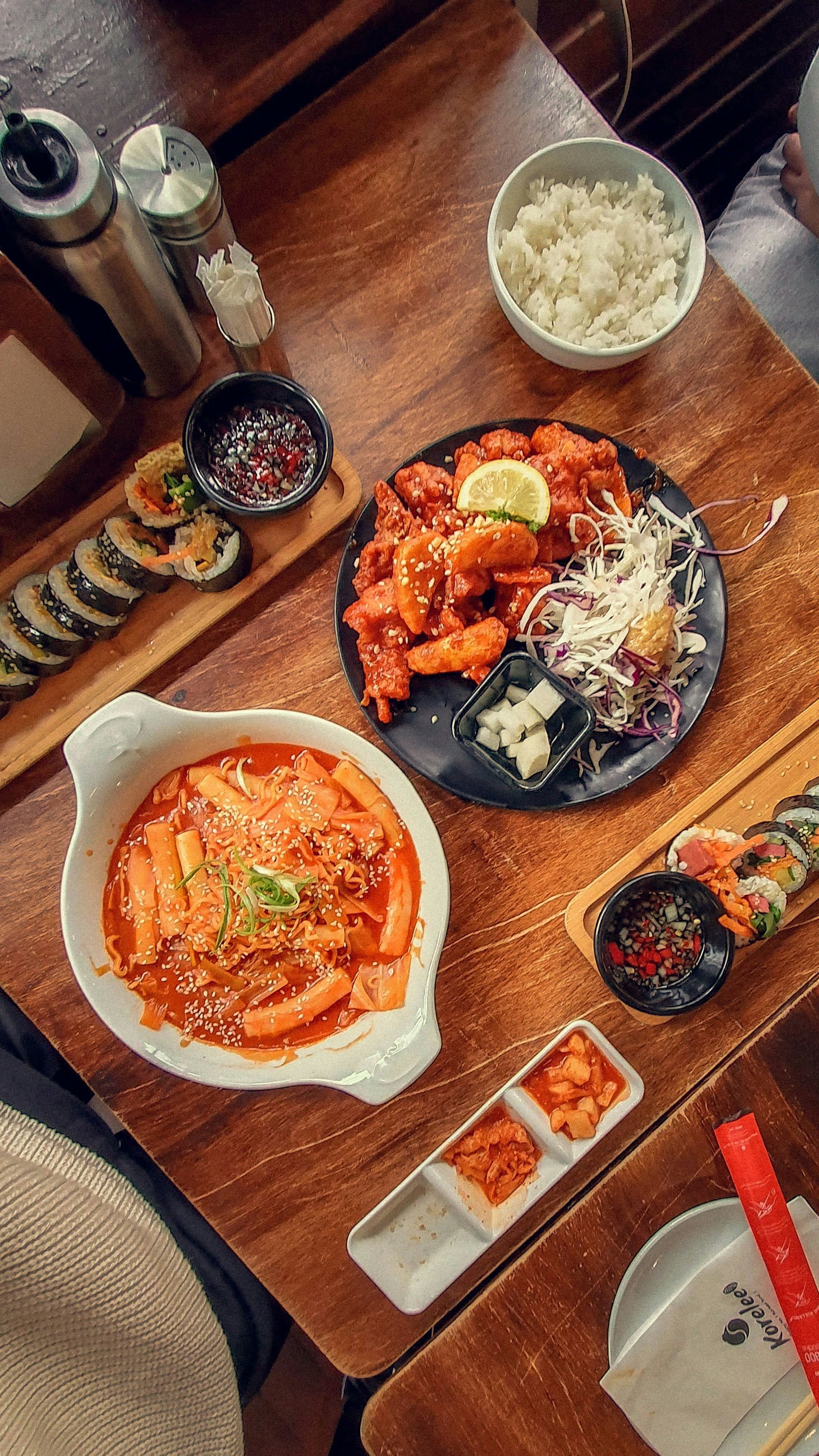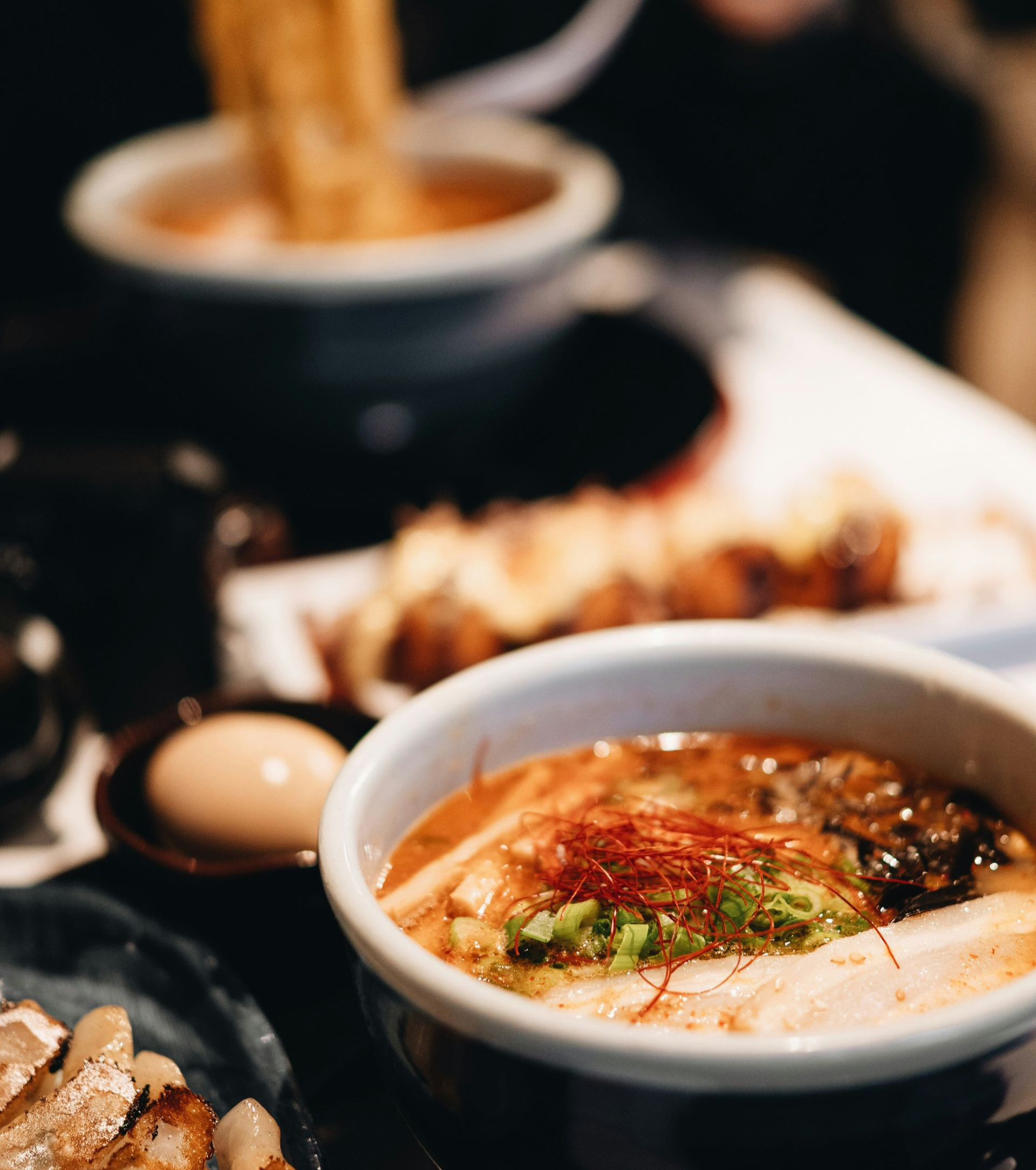Turkey
Turkey is a captivating crossroads where East meets West, blending ancient history, vibrant culture, and breathtaking landscapes. From the bustling bazaars of Istanbul to the fairy-tale chimneys of Cappadocia and the turquoise coastlines of the Mediterranean, Turkey offers endless wonder. Its fusion of traditions, flavors, and timeless charm makes it one of the world’s most fascinating travel destinations.
South Korea
South Korea is a captivating blend of ancient heritage and cutting-edge innovation, where centuries-old palaces stand alongside neon-lit skyscrapers. From bustling Seoul and the serene temples of Gyeongju to the scenic coastlines of Busan and Jeju Island, the country offers a journey through both tradition and modernity. Renowned for its flavorful cuisine, vibrant pop culture, and deep-rooted customs, South Korea invites travelers to experience a land that harmoniously bridges its rich past with a dynamic future.
Why
Turkey?
Turkey enchants travelers with its rich heritage, diverse landscapes, and warm hospitality. From ancient ruins and mosques to sun-soaked beaches and vibrant bazaars, it offers an unforgettable mix of history and modern life. Visitors can explore centuries-old empires, savor flavorful cuisine, and experience the seamless blend of cultures that make Turkey truly unique.
Why
South Korea?
South Korea is a destination that seamlessly combines tradition, technology, and natural beauty. Visitors are drawn to its dynamic cities, tranquil temples, and breathtaking mountain landscapes. Beyond its stunning scenery, South Korea offers a rich cultural experience — from the rhythms of K-pop and the elegance of hanbok to flavorful dishes like bibimbap and bulgogi. Whether you’re exploring bustling Seoul, relaxing in a traditional hanok village, or soaking in coastal views, South Korea reveals a nation where history and modern life coexist in perfect balance.
Land Where East Meets West.
Turkey is often called the land where East meets West, a crossroads of civilizations that bridges continents and cultures. Its cities, cuisine, and customs reflect centuries of connection between Asia and Europe. From Ottoman architecture to lively street markets, Turkey embodies a seamless blend of history, artistry, and warmth found nowhere else on Earth.
Featured Itineraries
Greek Island Cruise
Silversea Cruise
Greece, Malta, & Turkey
Celebriy Crusie
Land of the Morning Calm.
South Korea, known as The Land of the Morning Calm, beautifully blends tranquility and innovation. From misty mountains and ancient temples that exude peace at dawn to bustling cities glowing with modern energy, the country captures harmony between old and new. Whether exploring quiet countryside villages or the dynamic streets of Seoul, South Korea offers a sense of balance — where tradition breathes within progress and serenity meets excitement at every turn.
The Turkish Culture
Turkey’s culture is a vibrant blend of ancient traditions and modern influences shaped by its position between Europe and Asia. Rooted in deep hospitality, artistic expression, and faith, Turkish life celebrates both heritage and harmony. From family gatherings and folk dances to calligraphy and tea rituals, Turkey’s culture offers an inviting glimpse into its timeless spirit.
Festivals & Traditions
Turkey’s traditions are a vibrant mix of ancient customs and lively celebrations. From the spiritual Whirling Dervishes of Konya to colorful festivals like Ramadan Bayram and the International Istanbul Music Festival, Turkish life is rich in rhythm and ritual. These gatherings bring people together to honor heritage, faith, music, and community with joy and hospitality.
Religion & Heritage
Turkey’s heritage is deeply shaped by the blend of ancient civilizations and Islamic traditions. Mosques like Istanbul’s Blue Mosque and Hagia Sophia reflect centuries of faith and artistry. The country’s religious harmony, with influences from Christianity, Islam, and Judaism, creates a unique spiritual landscape that celebrates both devotion and diversity in everyday life.
Art & Architecture
Turkey’s art and architecture reflect centuries of cultural fusion, from Byzantine mosaics and Ottoman domes to modern galleries and street art. Iconic landmarks like Hagia Sophia and the Blue Mosque showcase the nation’s artistic grandeur and spiritual depth. Across cities and villages, Turkey’s creativity continues to thrive, blending tradition with contemporary expression.
Featured Destinations

Slide title
Istanbul
Button
Slide title
Istanbul
Button
Slide title
Istanbul
Button
Slide title
Istanbul
Button
Slide title
Istanbul
Button
Slide title
Istanbul
Button
Slide title
Istanbul
Button
Slide title
Istanbul
Button
Slide title
Istanbul
Button

Slide title
Cappadocia
Button
Slide title
Cappadocia
Button
Slide title
Cappadocia
Button
Slide title
Cappadocia
Button
Slide title
Cappadocia
Button
Slide title
Cappadocia
Button
Slide title
Cappadocia
Button
Slide title
Cappadocia
Button
Slide title
Cappadocia
Button
Slide title
Cappadocia
Button
Slide title
Cappadocia
Button
Slide title
Cappadocia
Button
Slide title
Cappadocia
Button
Slide title
Cappadocia
Button
Slide title
Cappadocia
Button
Slide title
Cappadocia
Button
Slide title
Cappadocia
Button

Slide title
Pamukkale
Button
Slide title
Pamukkale
Button
Slide title
Pamukkale
Button
Slide title
Pamukkale
Button
Slide title
Pamukkale
Button
Slide title
Pamukkale
Button
Slide title
Pamukkale
Button
Slide title
Pamukkale
Button
Slide title
Pamukkale
Button
Slide title
Pamukkale
Button
Slide title
Pamukkale
Button
Slide title
Pamukkale
Button

Slide title
İzmir
Button
Slide title
İzmir
Button
Slide title
İzmir
Button
Slide title
İzmir
Button
Slide title
İzmir
Button
Slide title
İzmir
Button
Slide title
İzmir
Button
Slide title
İzmir
Button
Slide title
İzmir
Button
Slide title
İzmir
Button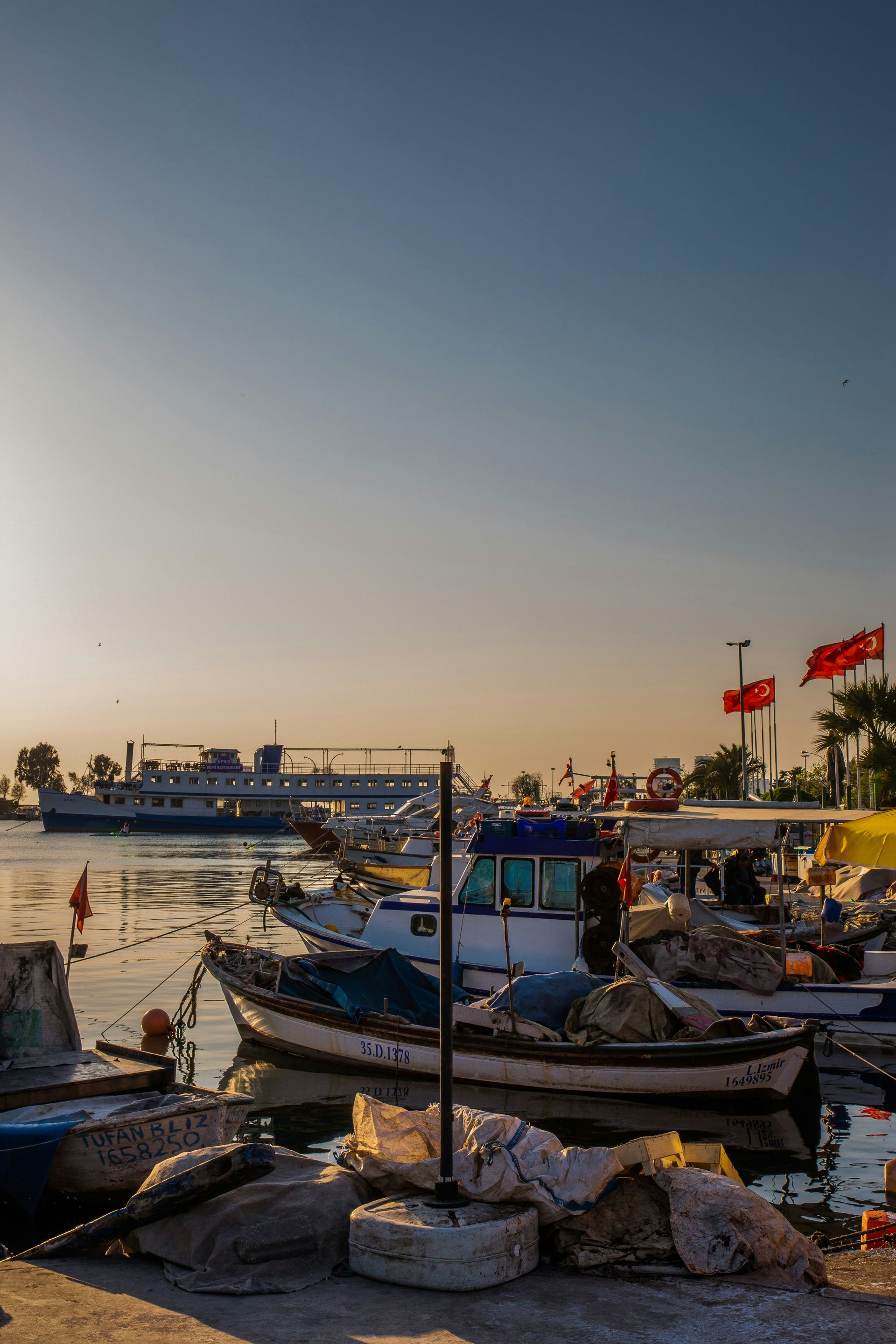
Slide title
İzmir
Button
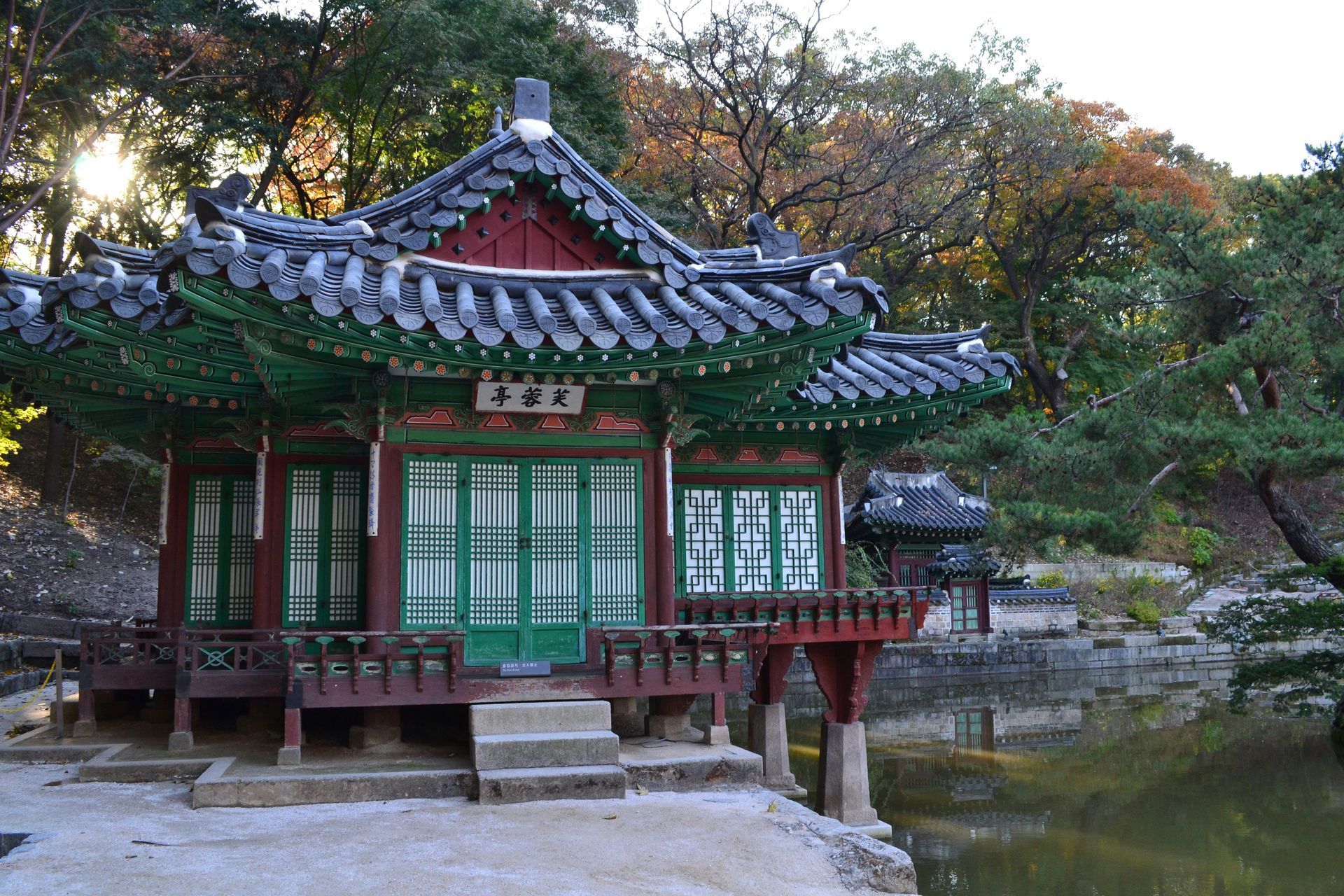
Slide title
-
Button
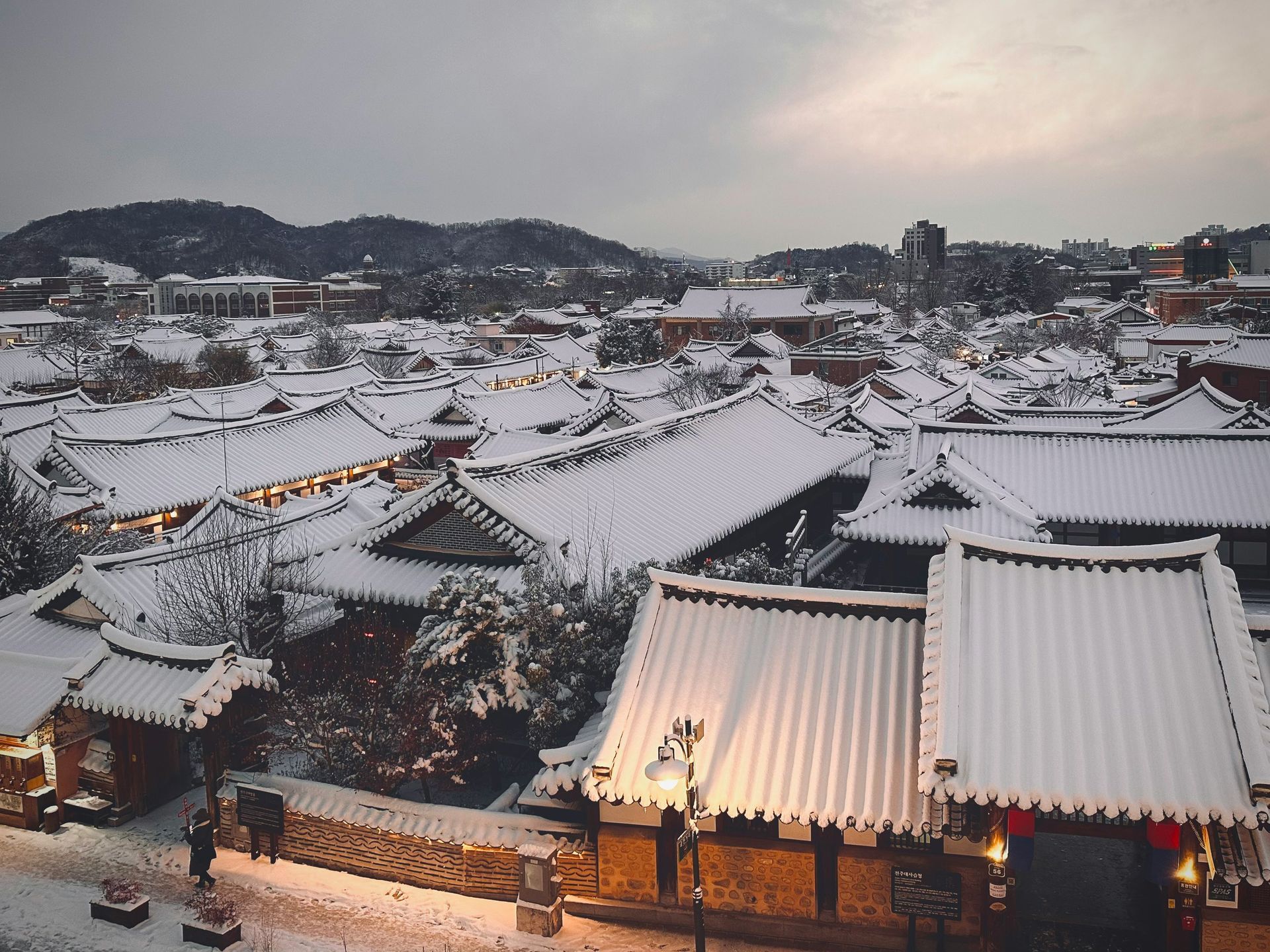
Slide title
-
Button
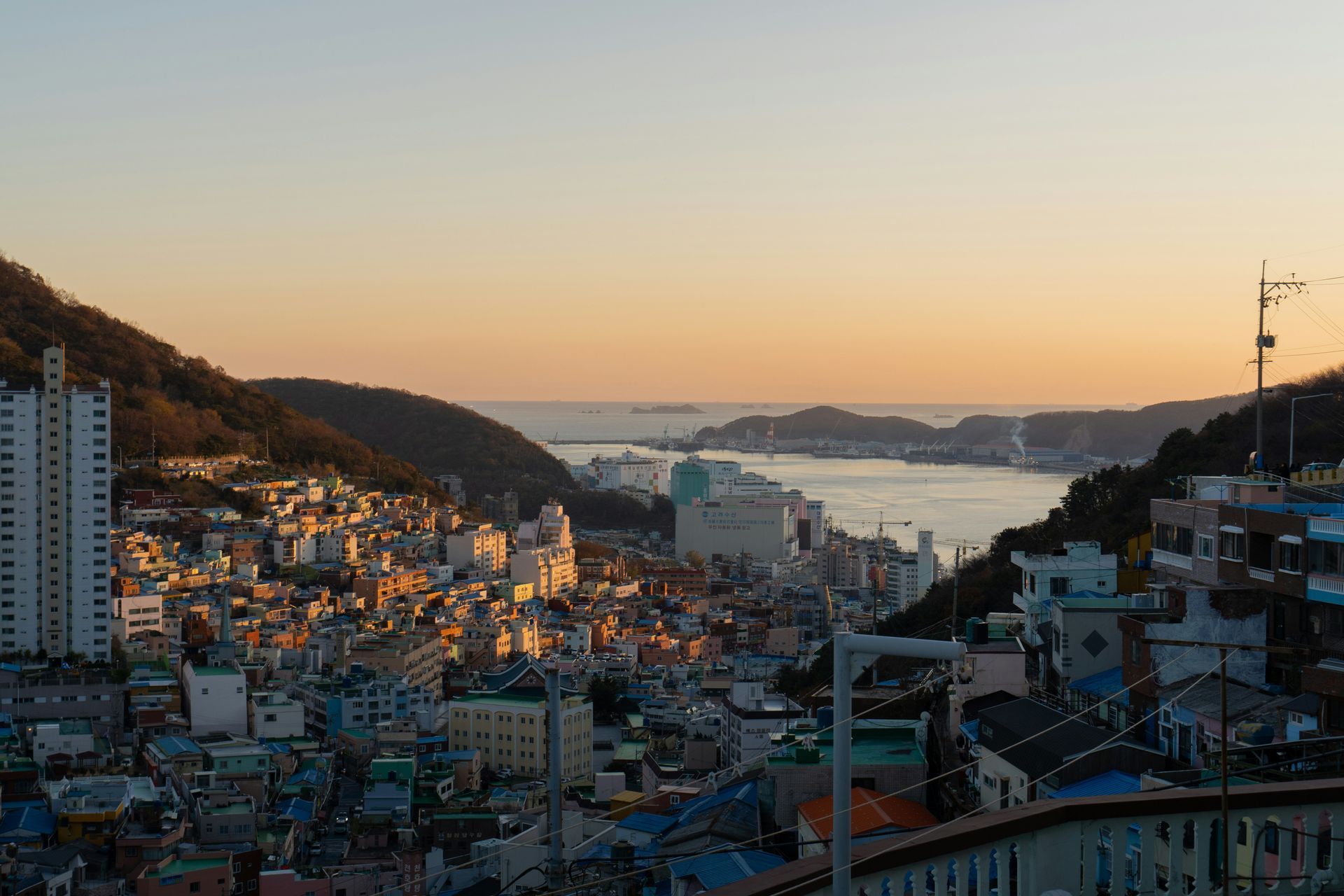
Slide title
-
Button

Slide title
-
Button
Featured Destinations

Slide title
Seoul
Button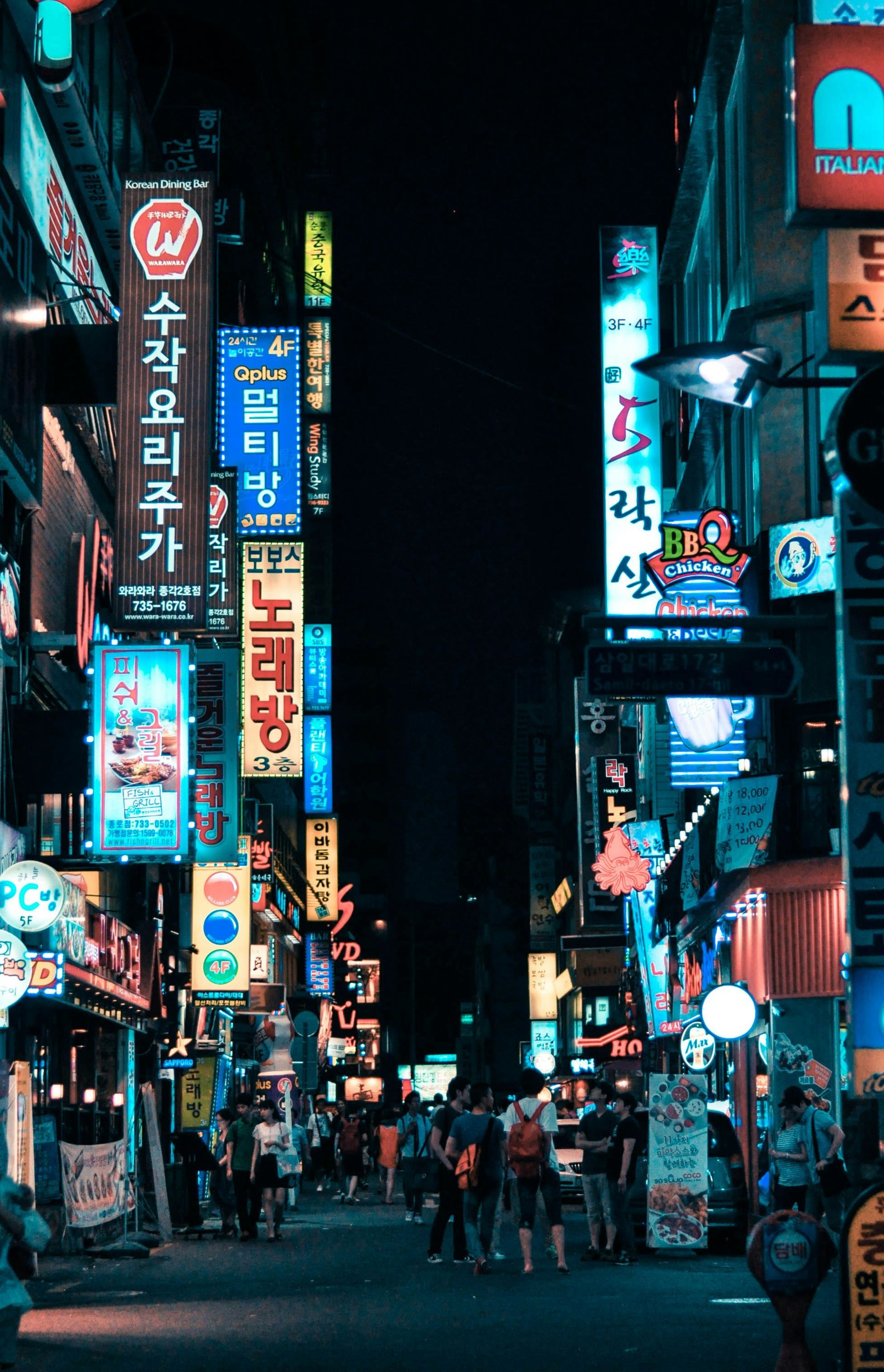
Slide title
Seoul
Button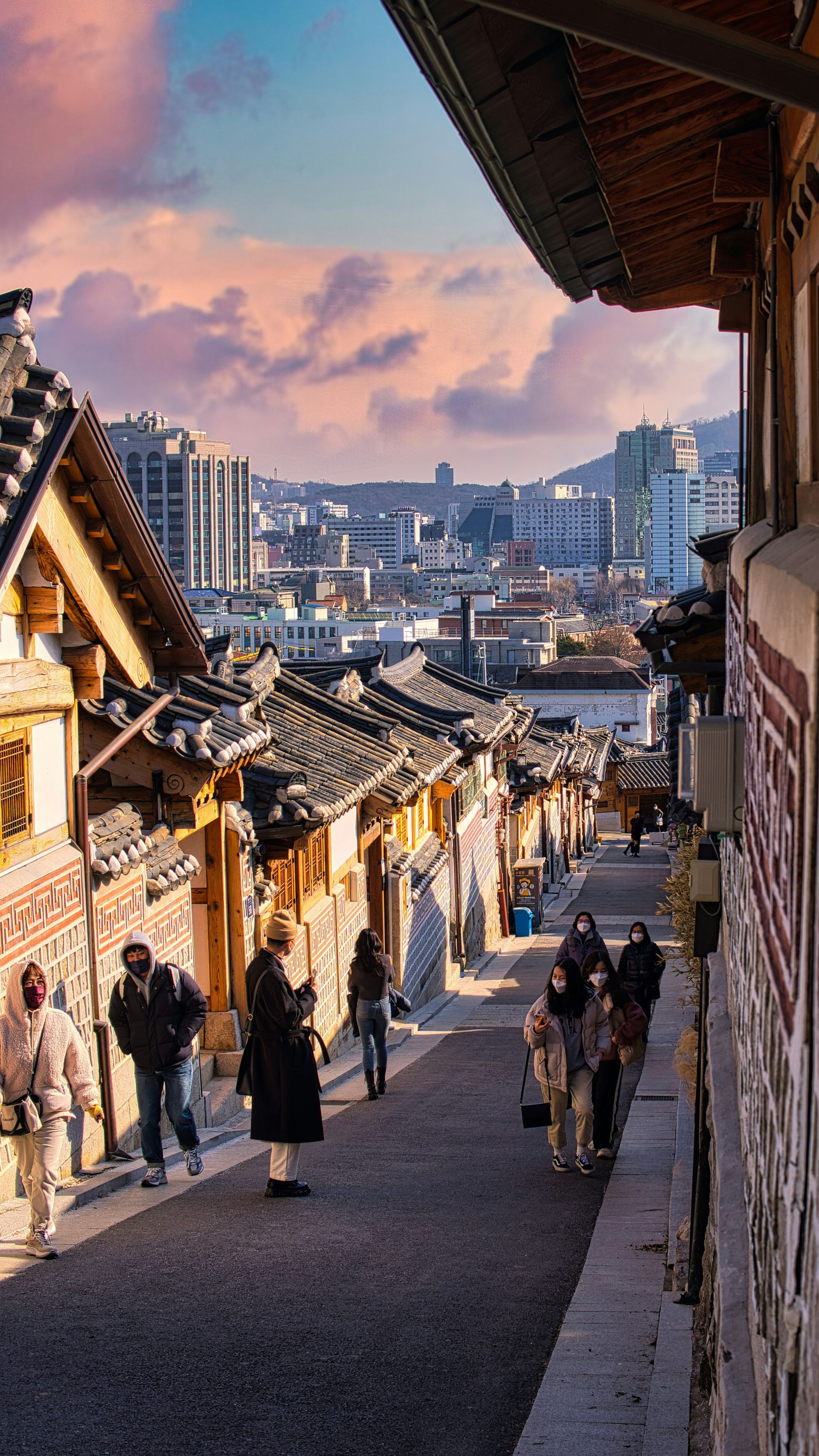
Slide title
Seoul
Button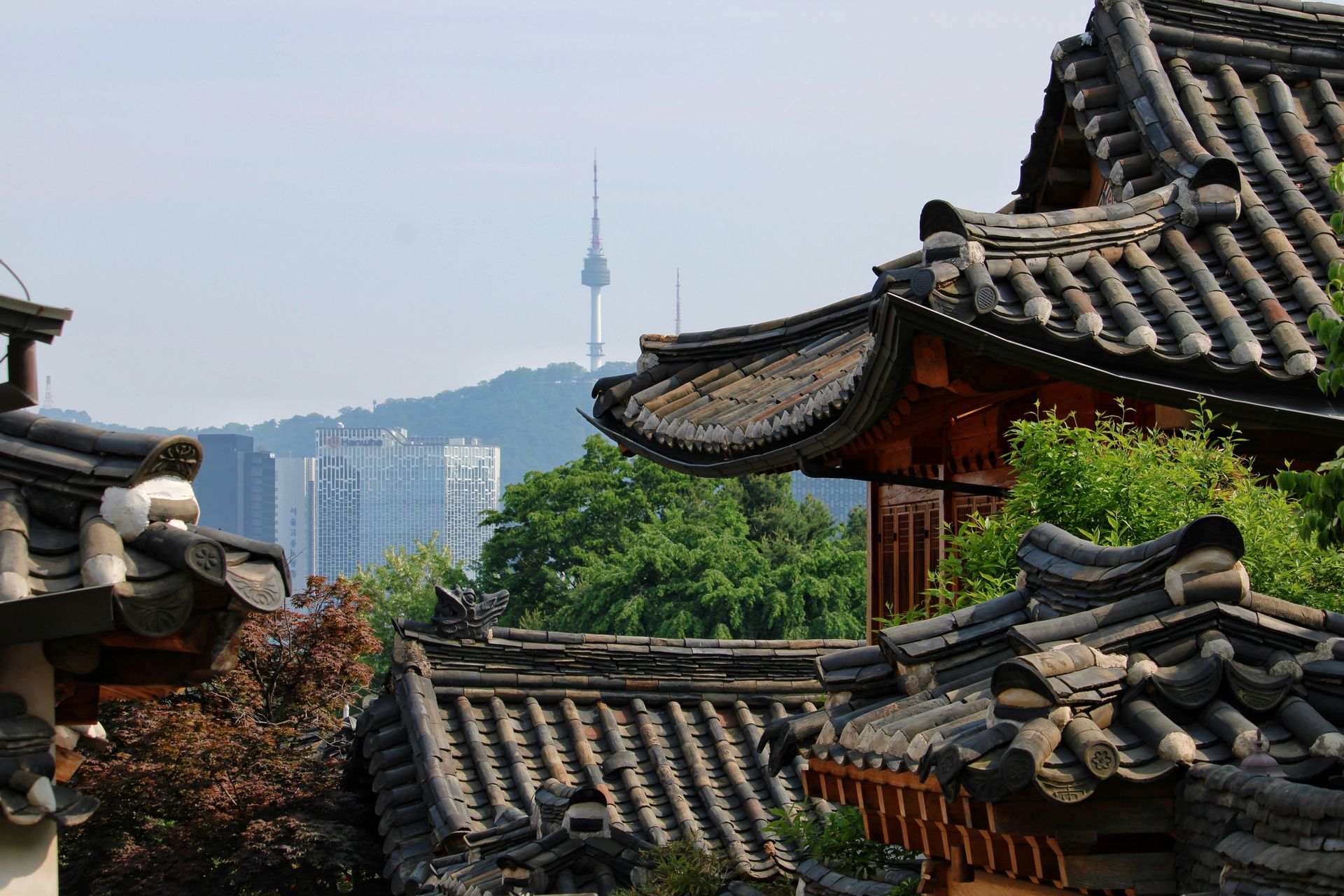
Slide title
Seoul
Button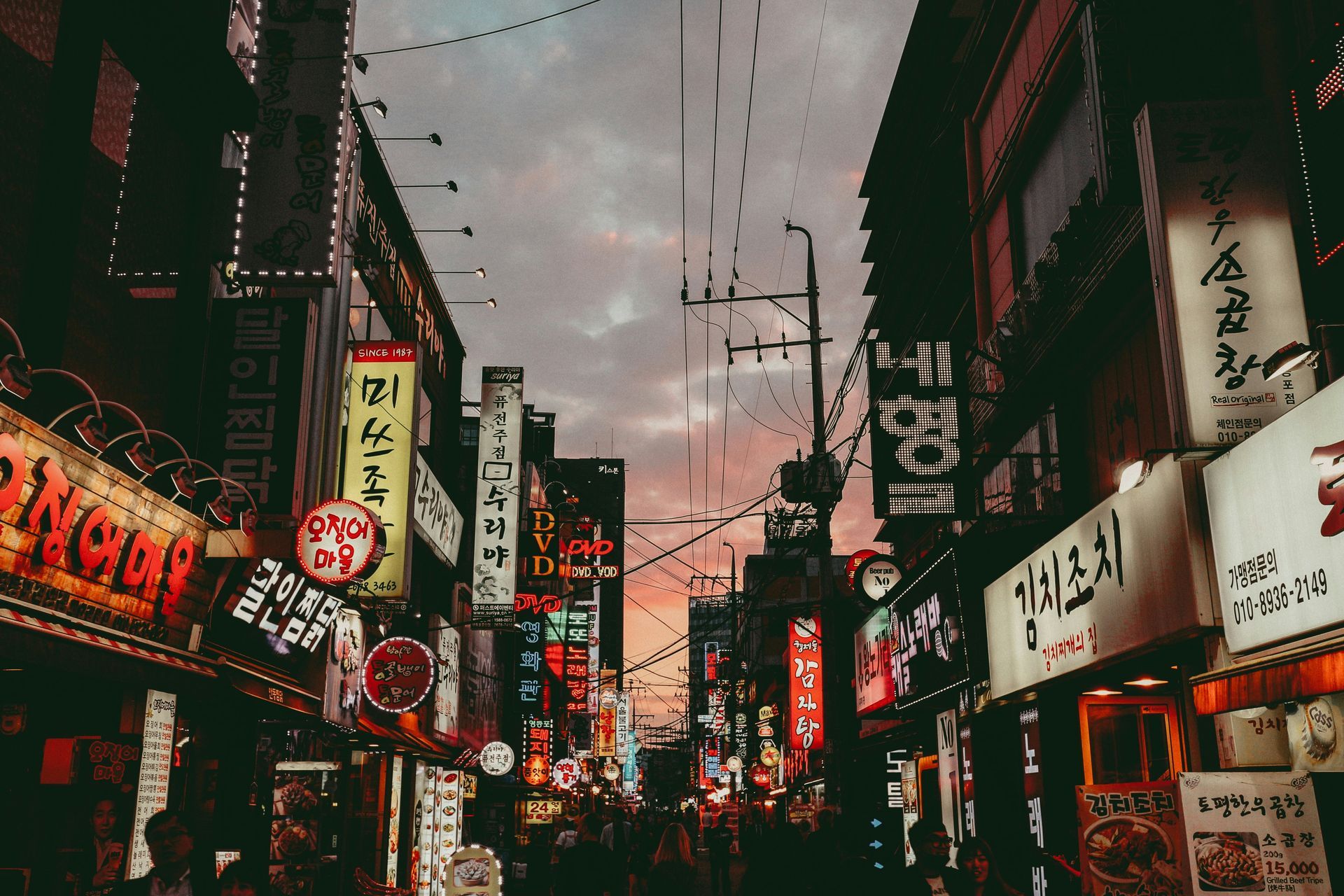
Slide title
Seoul
Button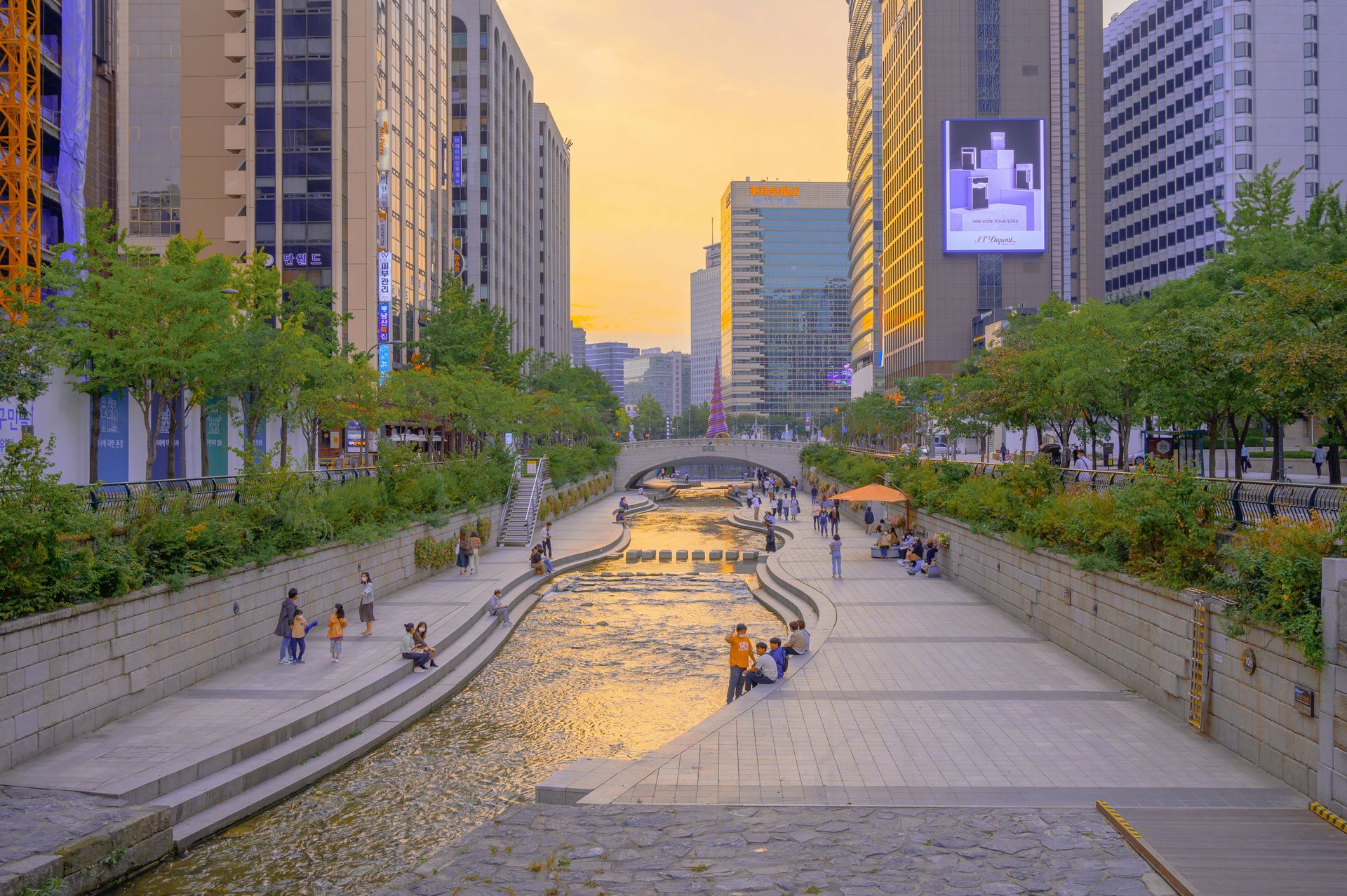
Slide title
Seoul
Button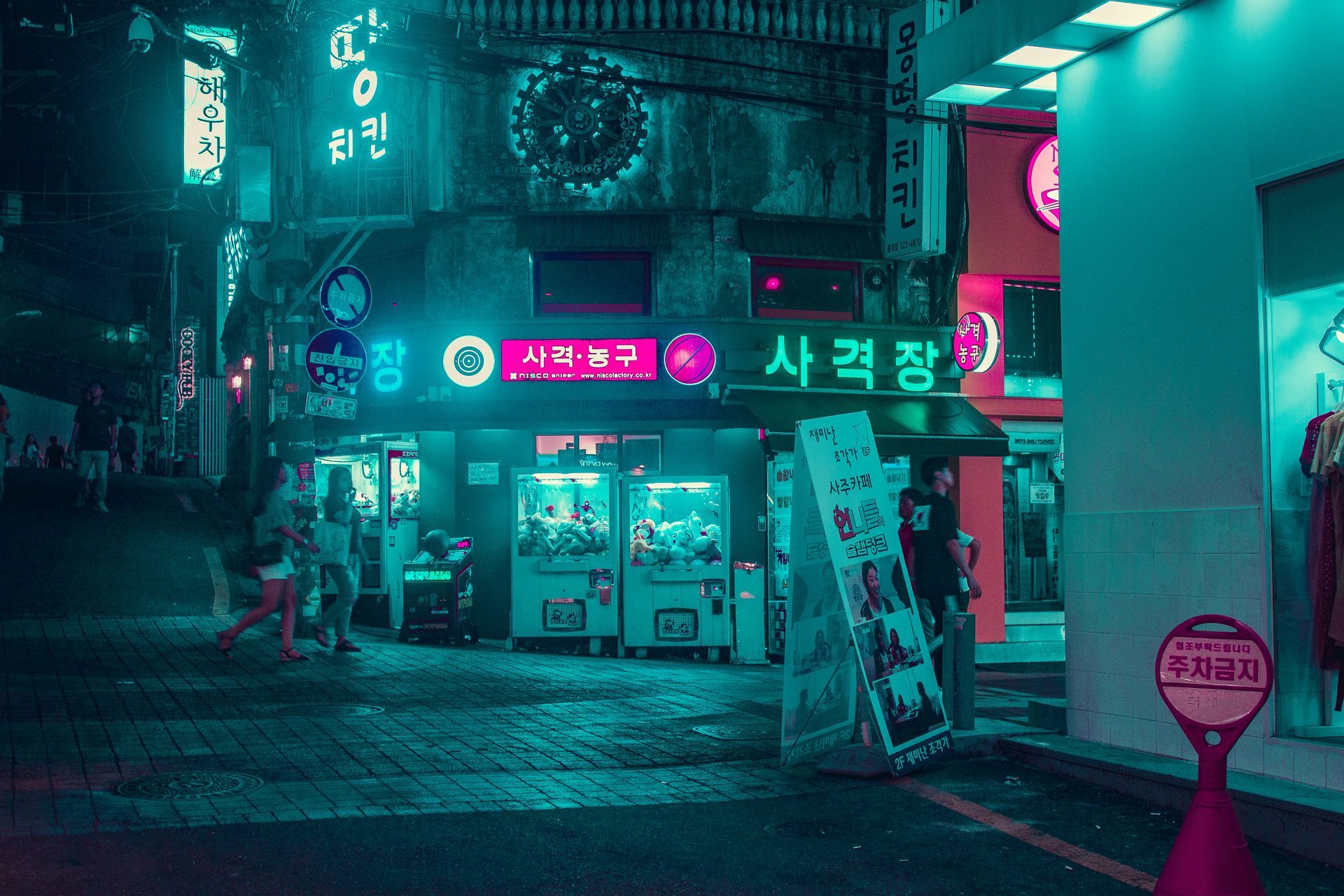
Slide title
Seoul
Button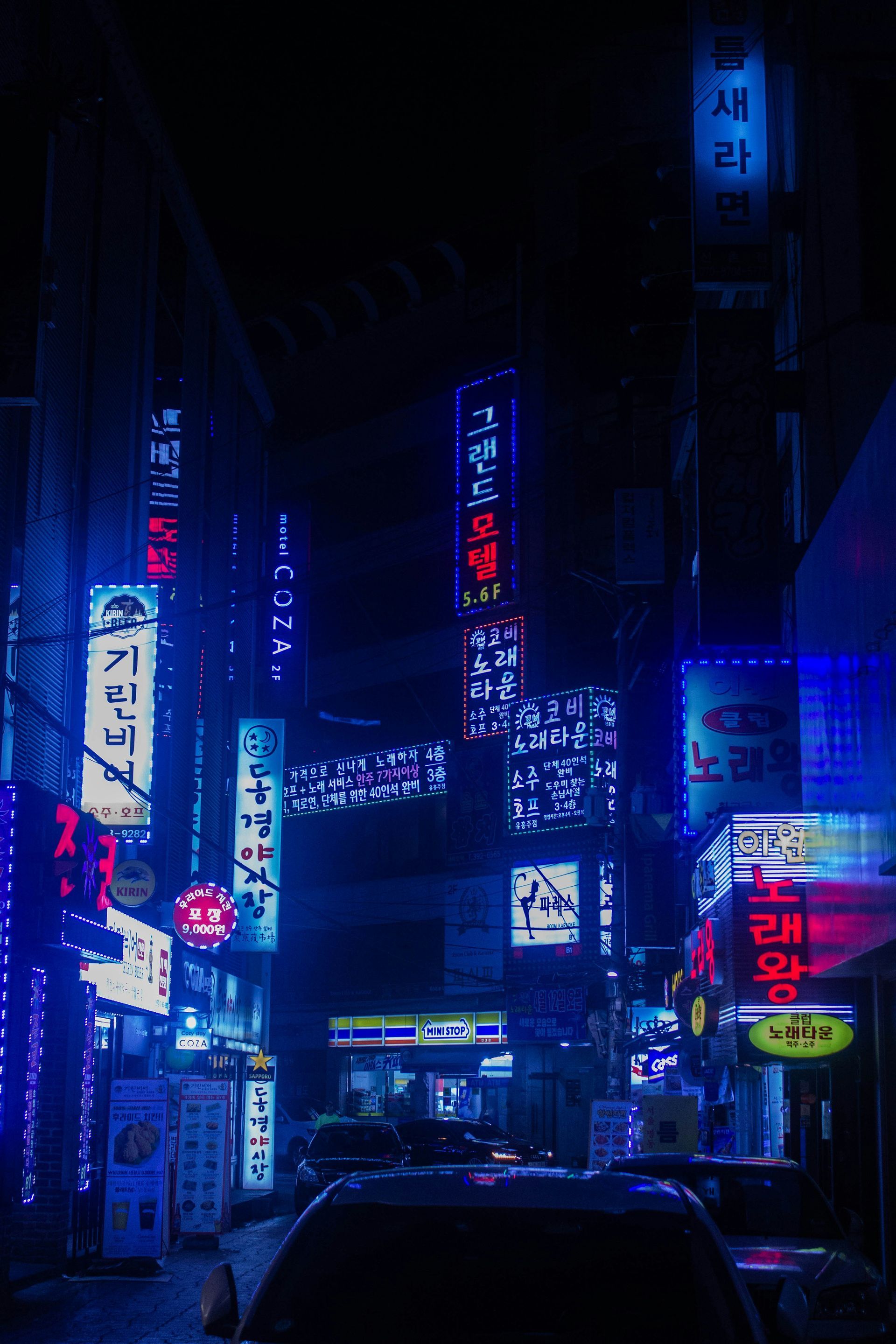
Slide title
Seoul
Button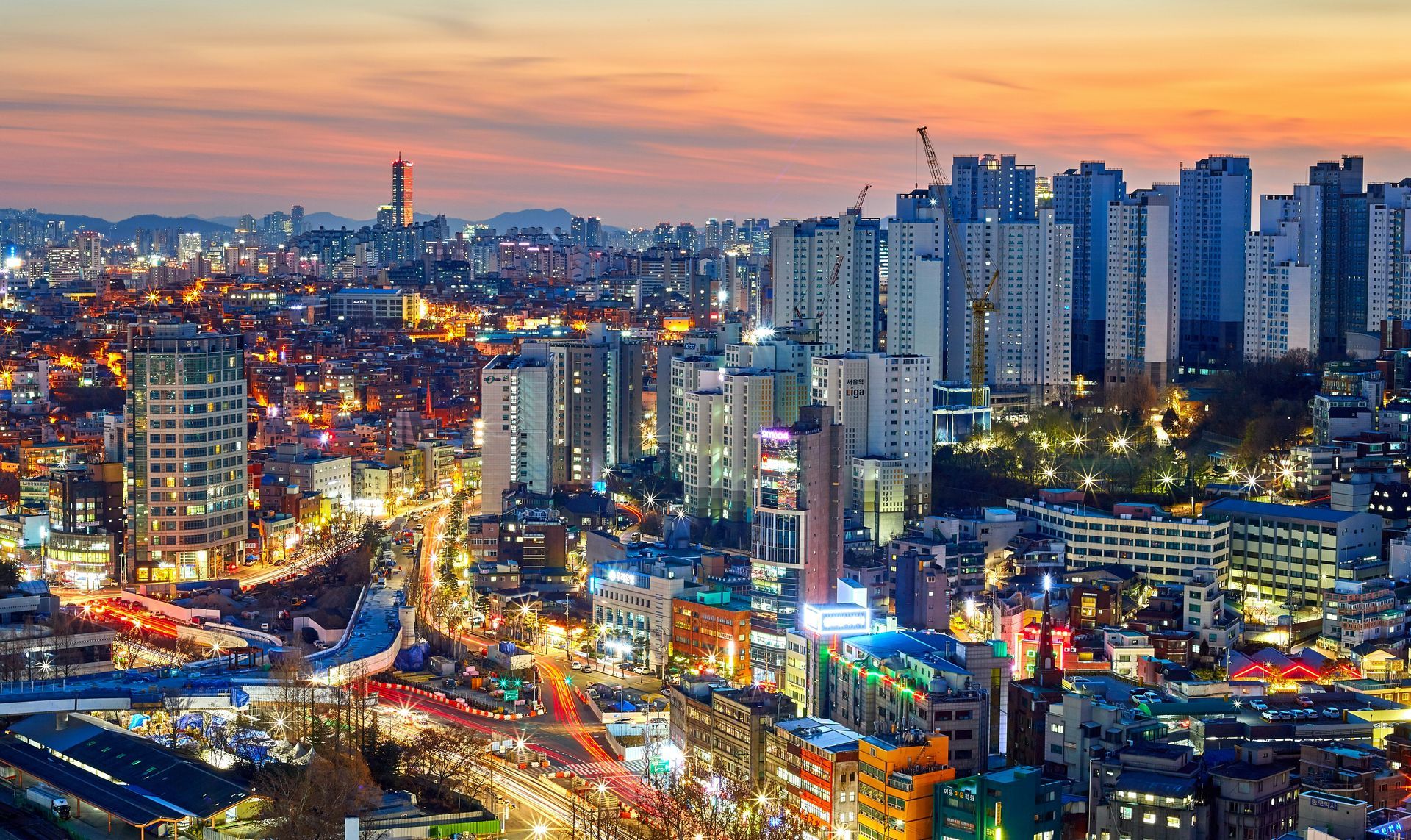
Slide title
Seoul
Button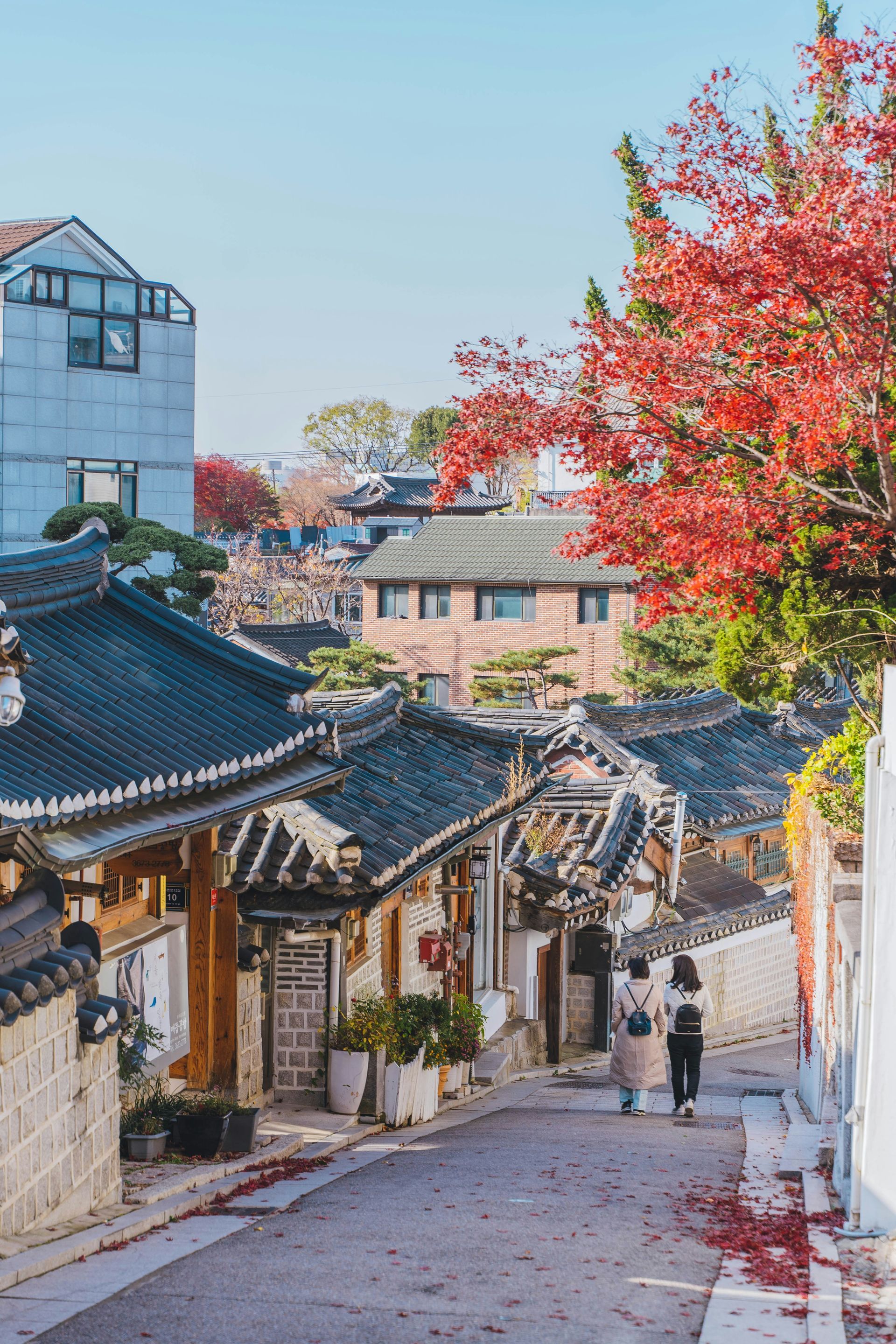
Slide title
Seoul
Button
Slide title
Seoul
Button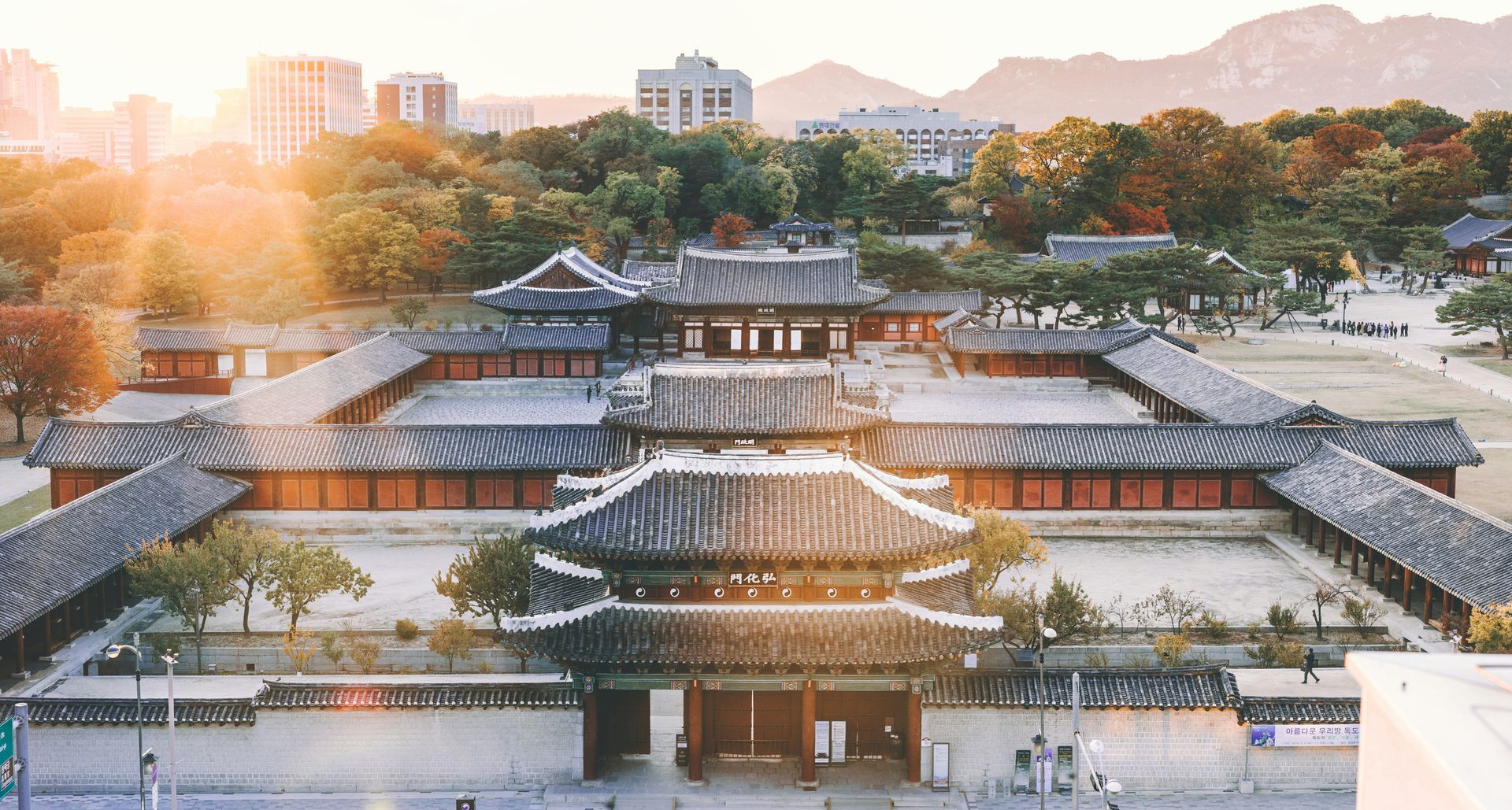
Slide title
Seoul
Button
Slide title
Jeju Island
Button
Slide title
Jeju Island
Button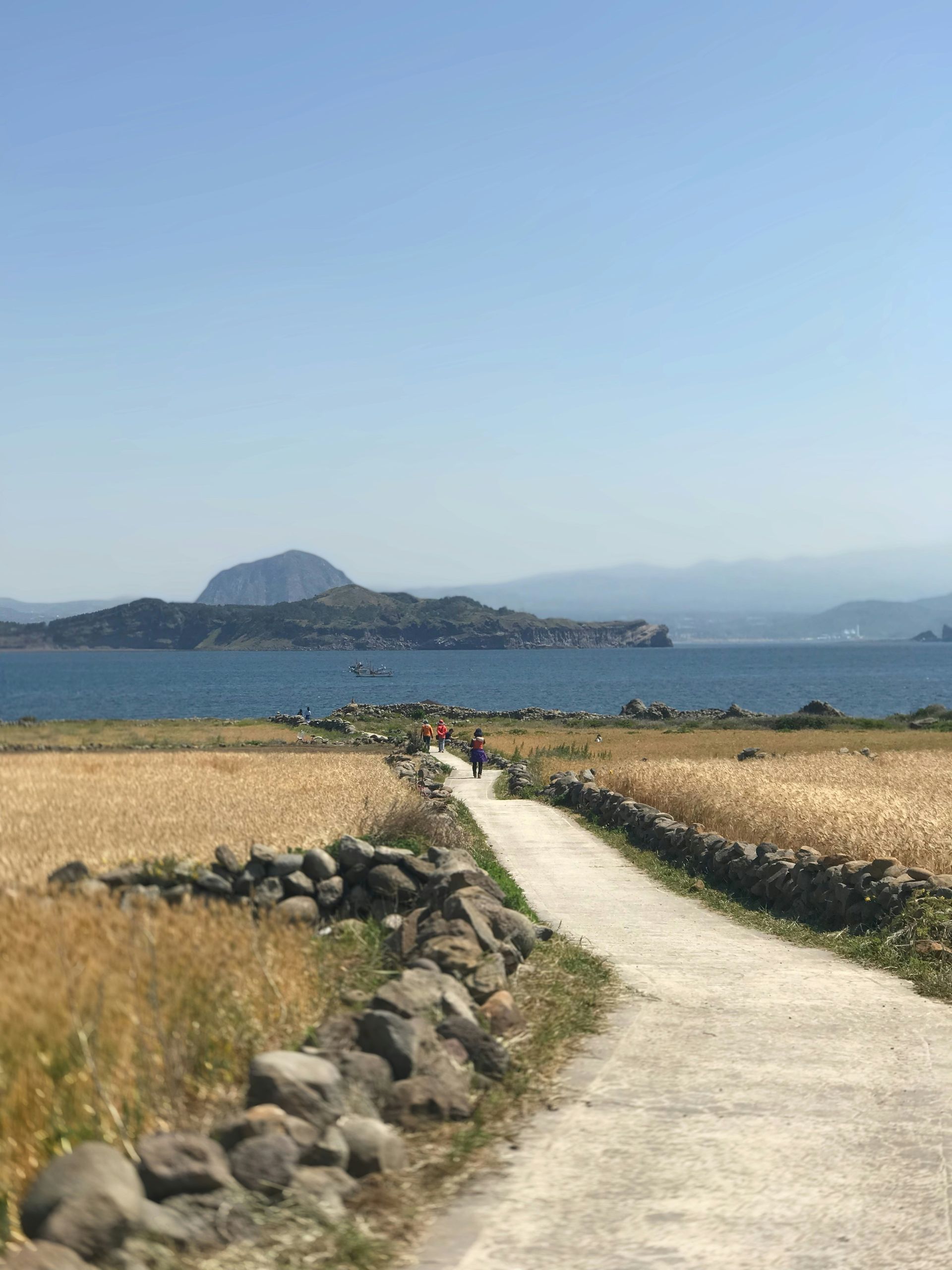
Slide title
Jeju Island
ButtonSlide title
Jeju Island
Button
Slide title
Jeju Island
Button
Slide title
Jeju Island
Button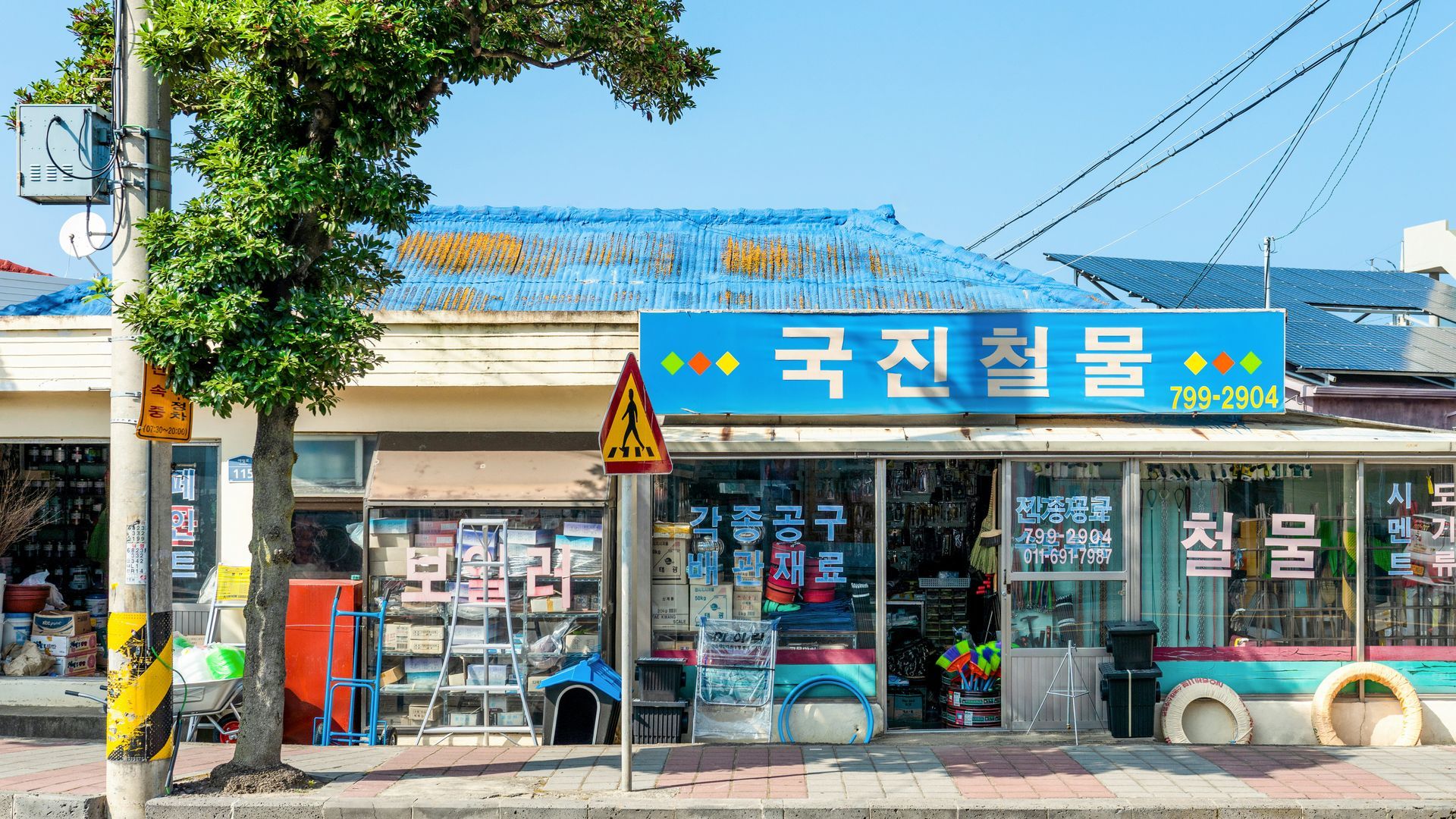
Slide title
Jeju Island
Button
Slide title
Jeju Island
Button
Slide title
Jeju Island
Button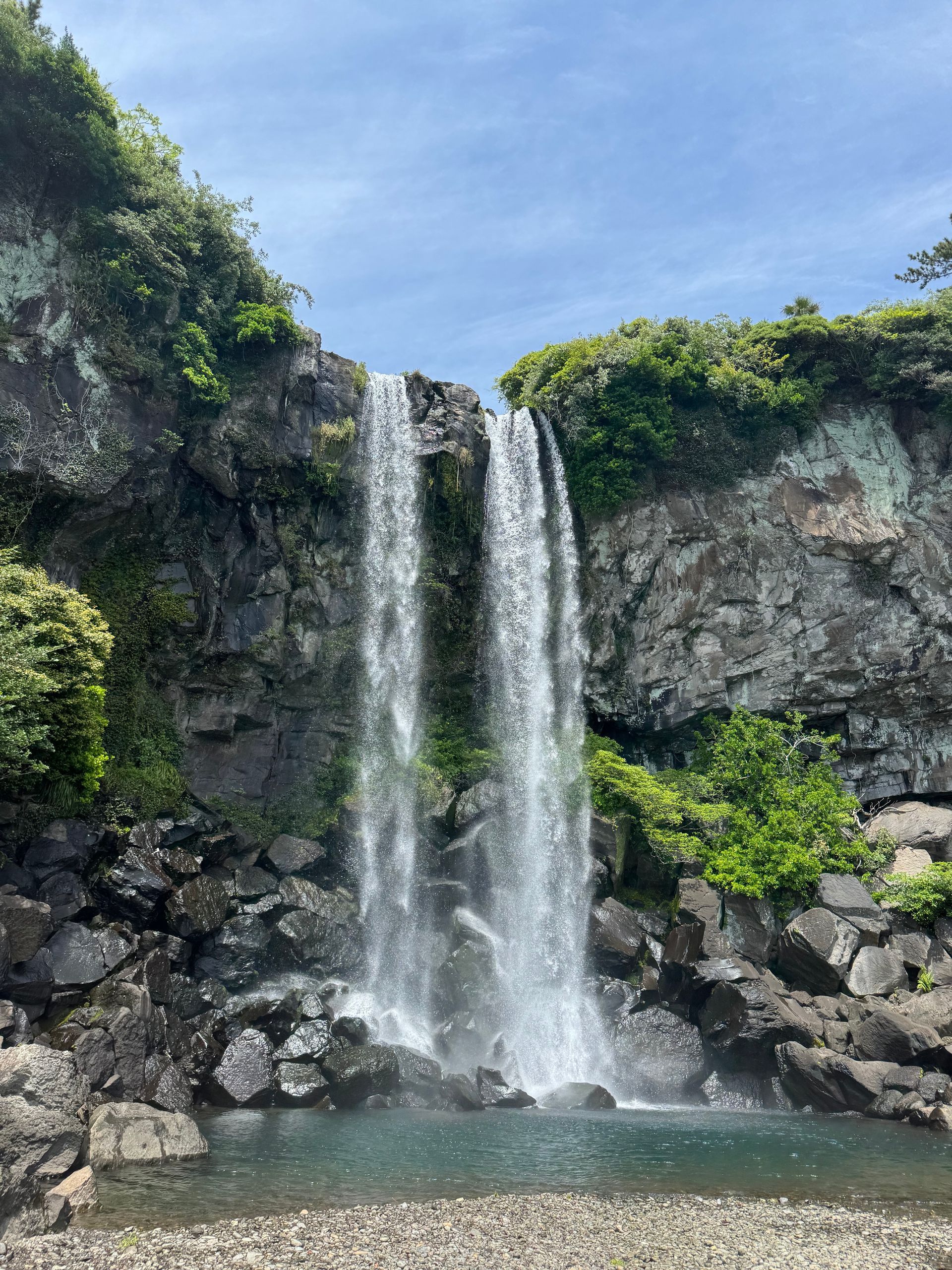
Slide title
Jeju Island
Button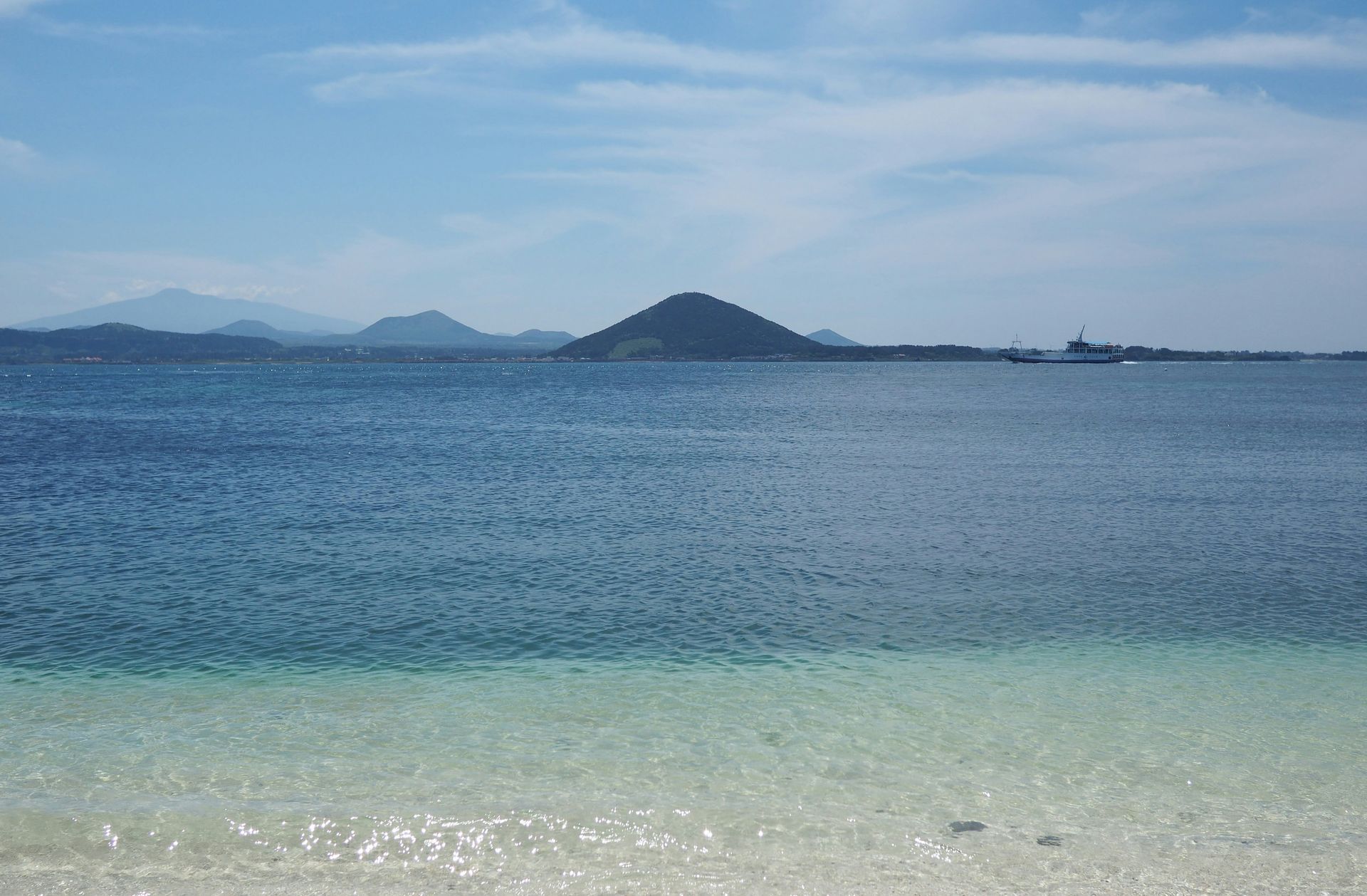
Slide title
Jeju Island
Button
Slide title
Jeju Island
Button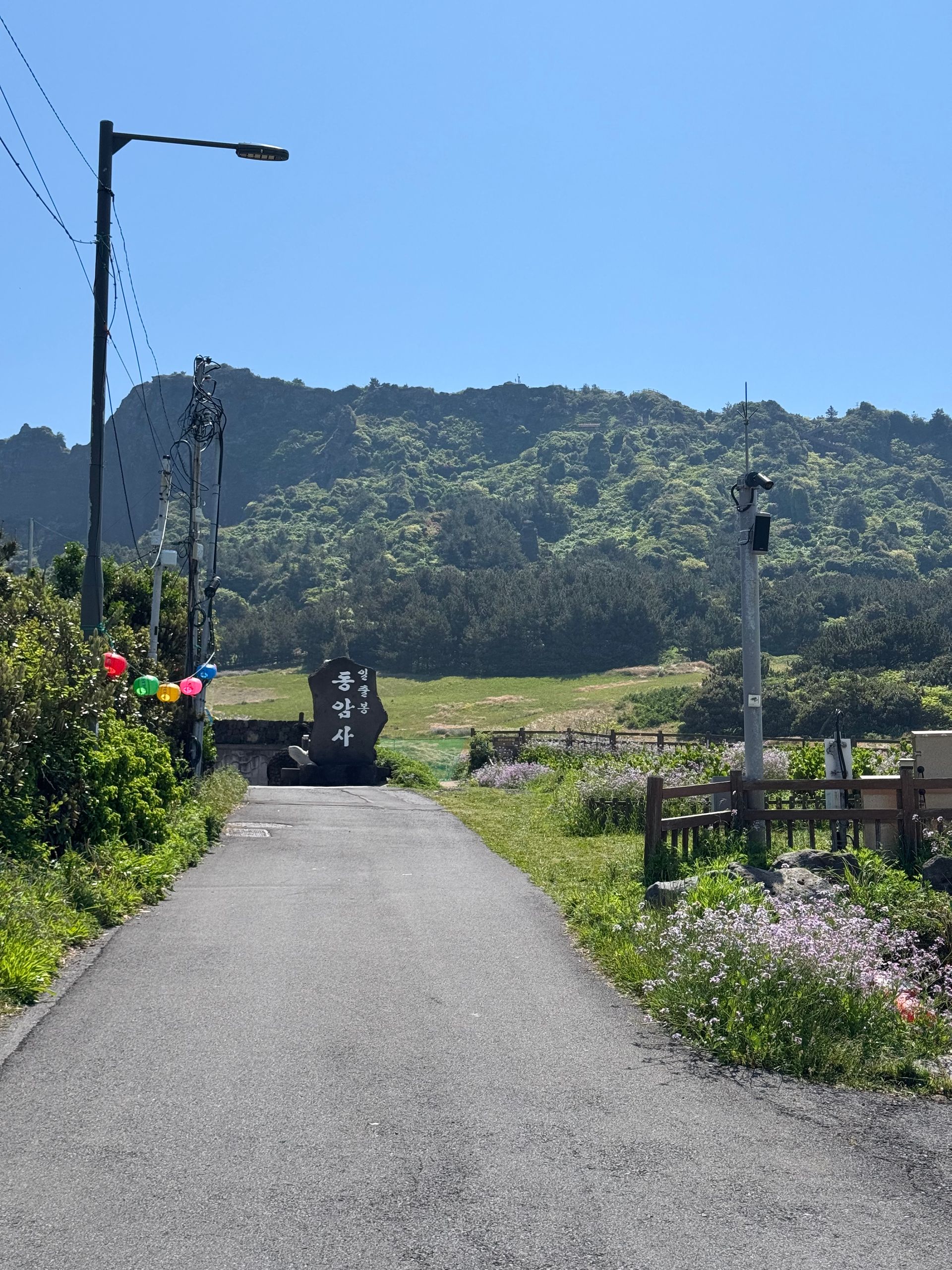
Slide title
Jeju Island
Button
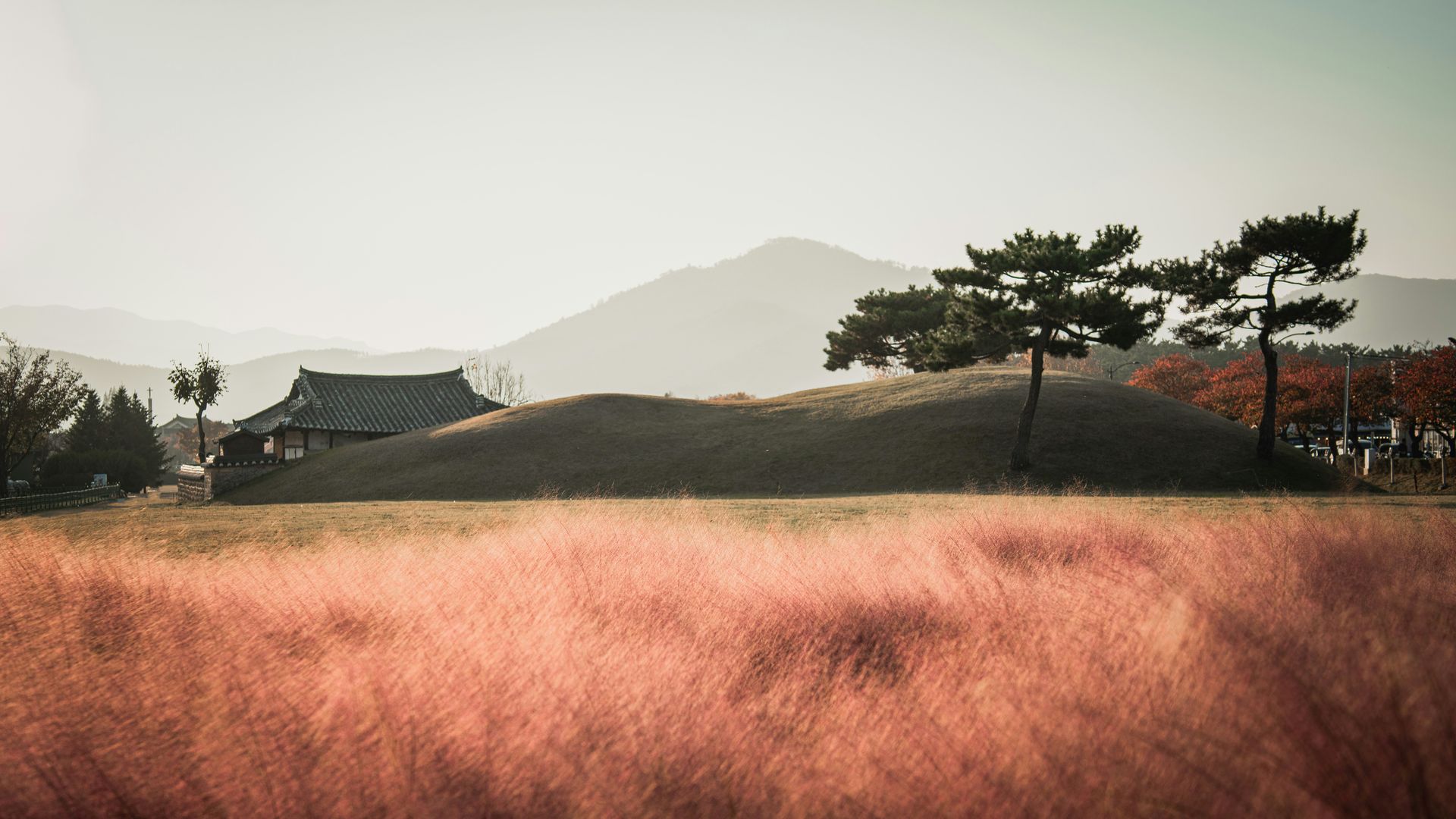
Slide title
Gyeongju
Button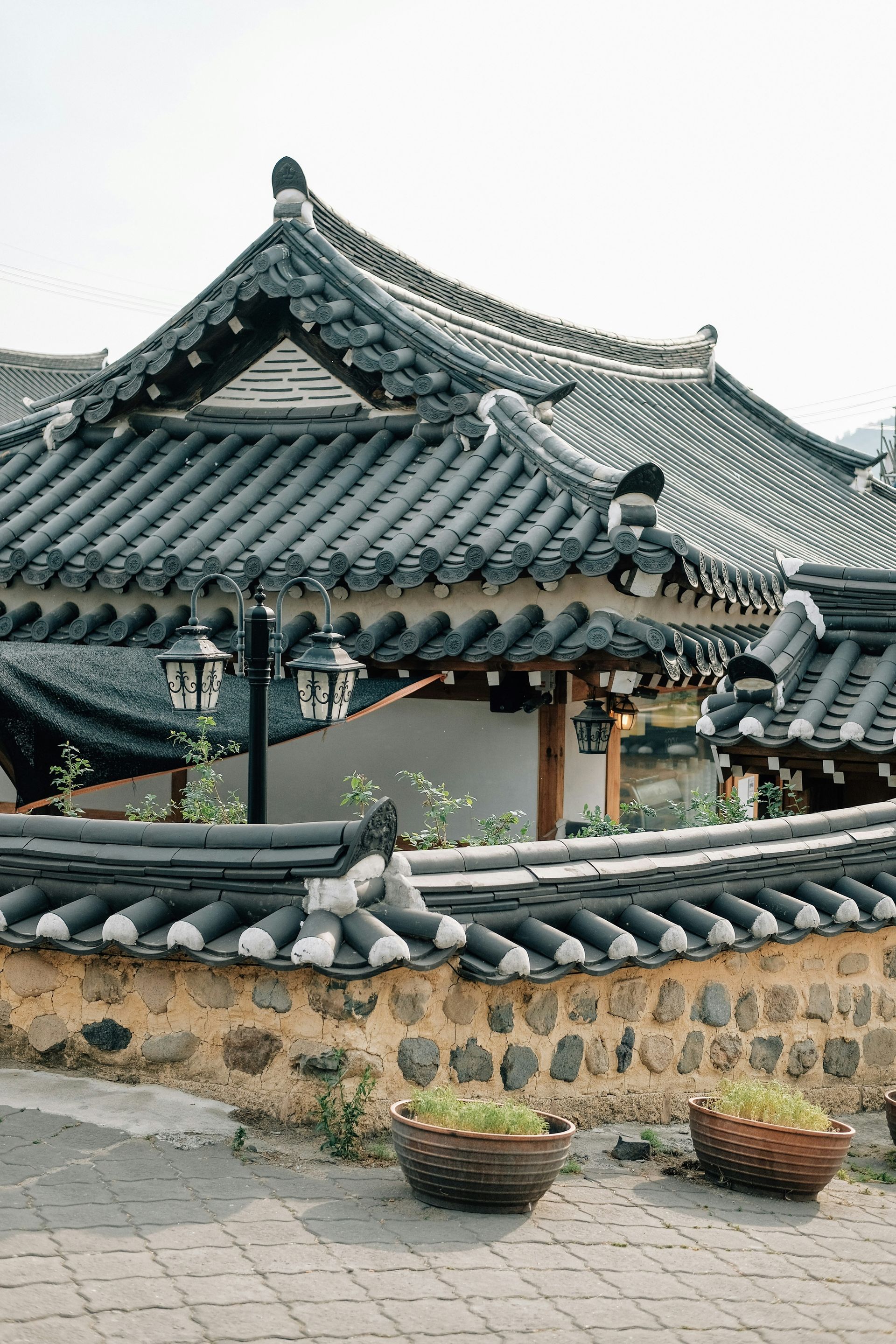
Slide title
Gyeongju
Button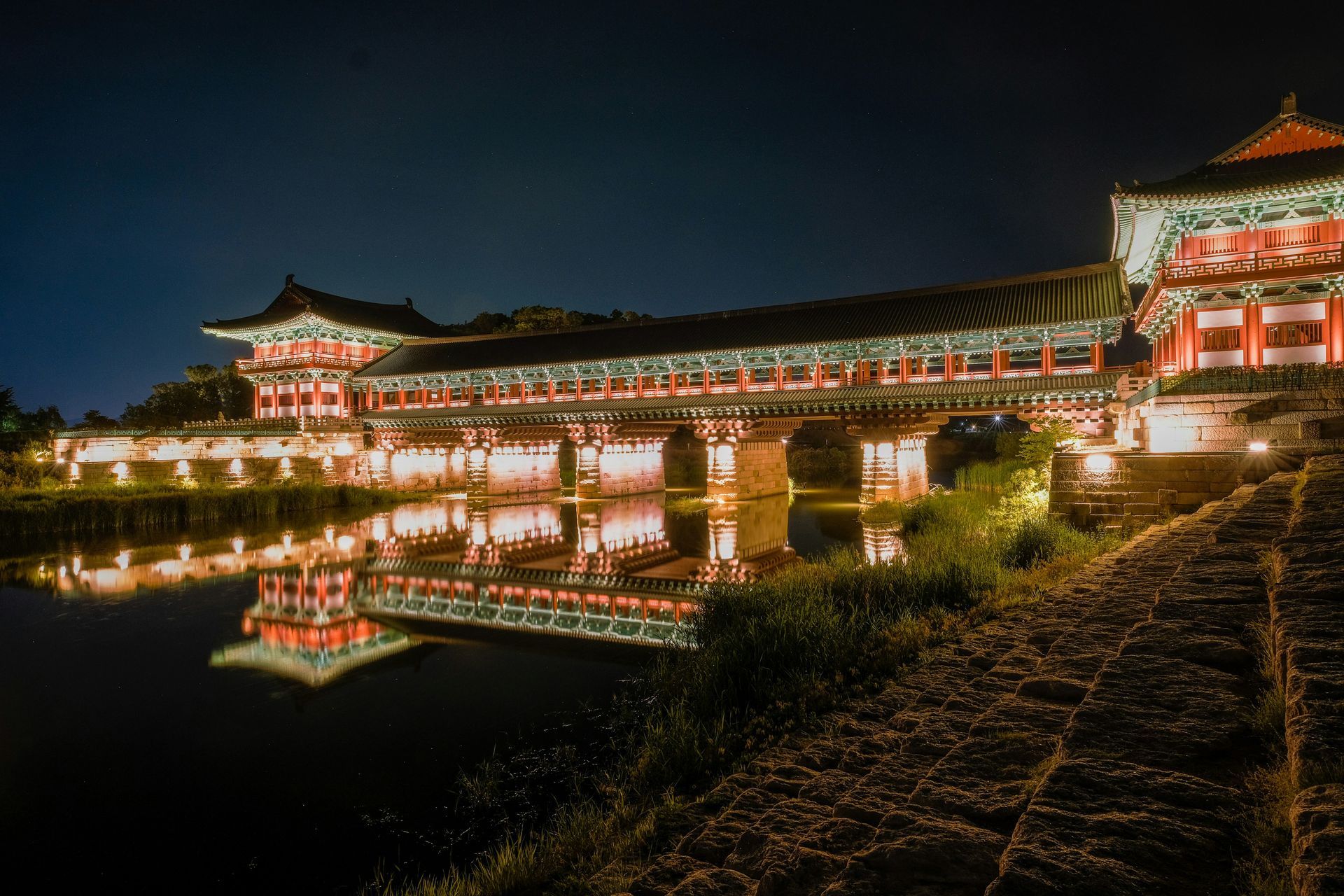
Slide title
Gyeongju
Button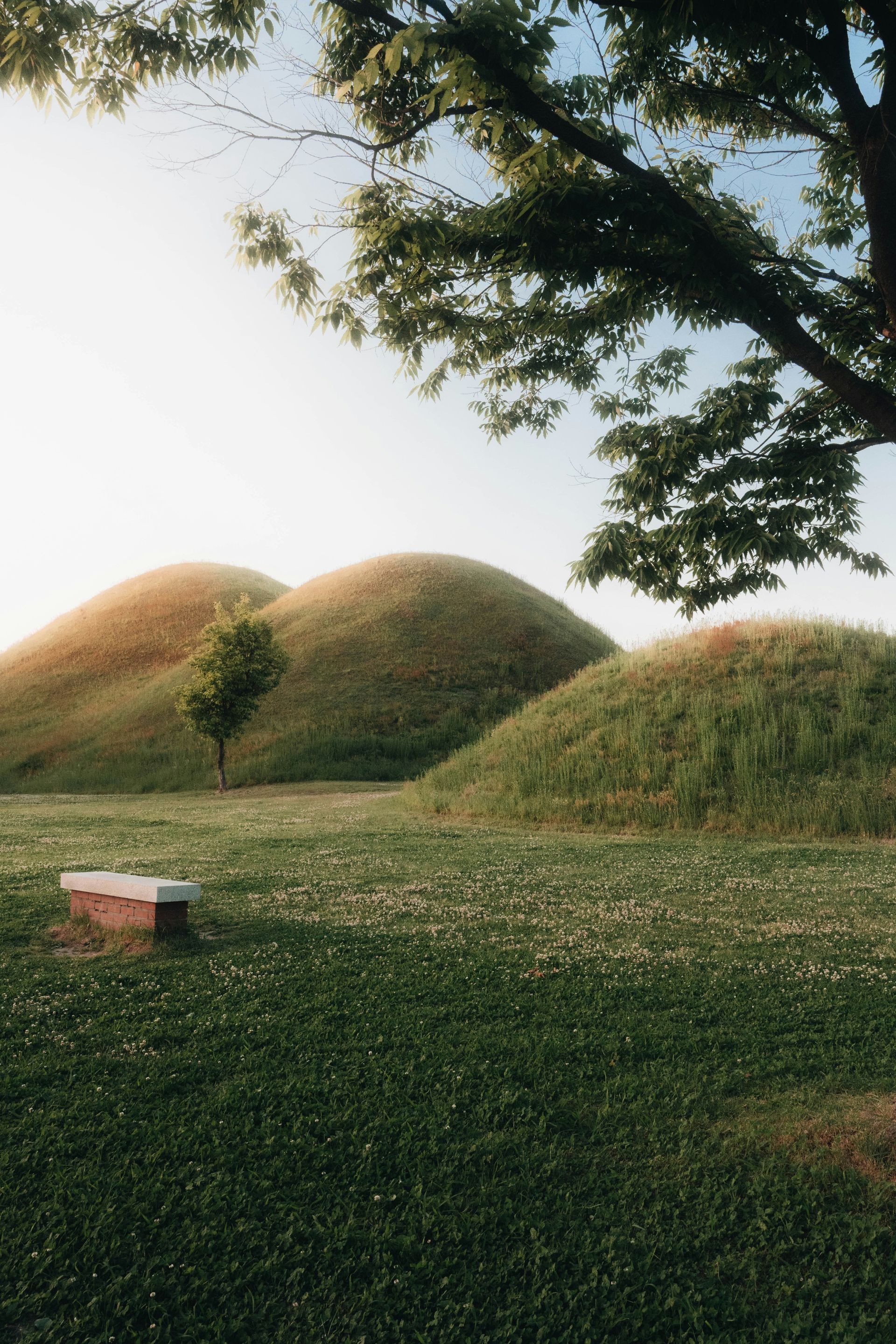
Slide title
Gyeongju
Button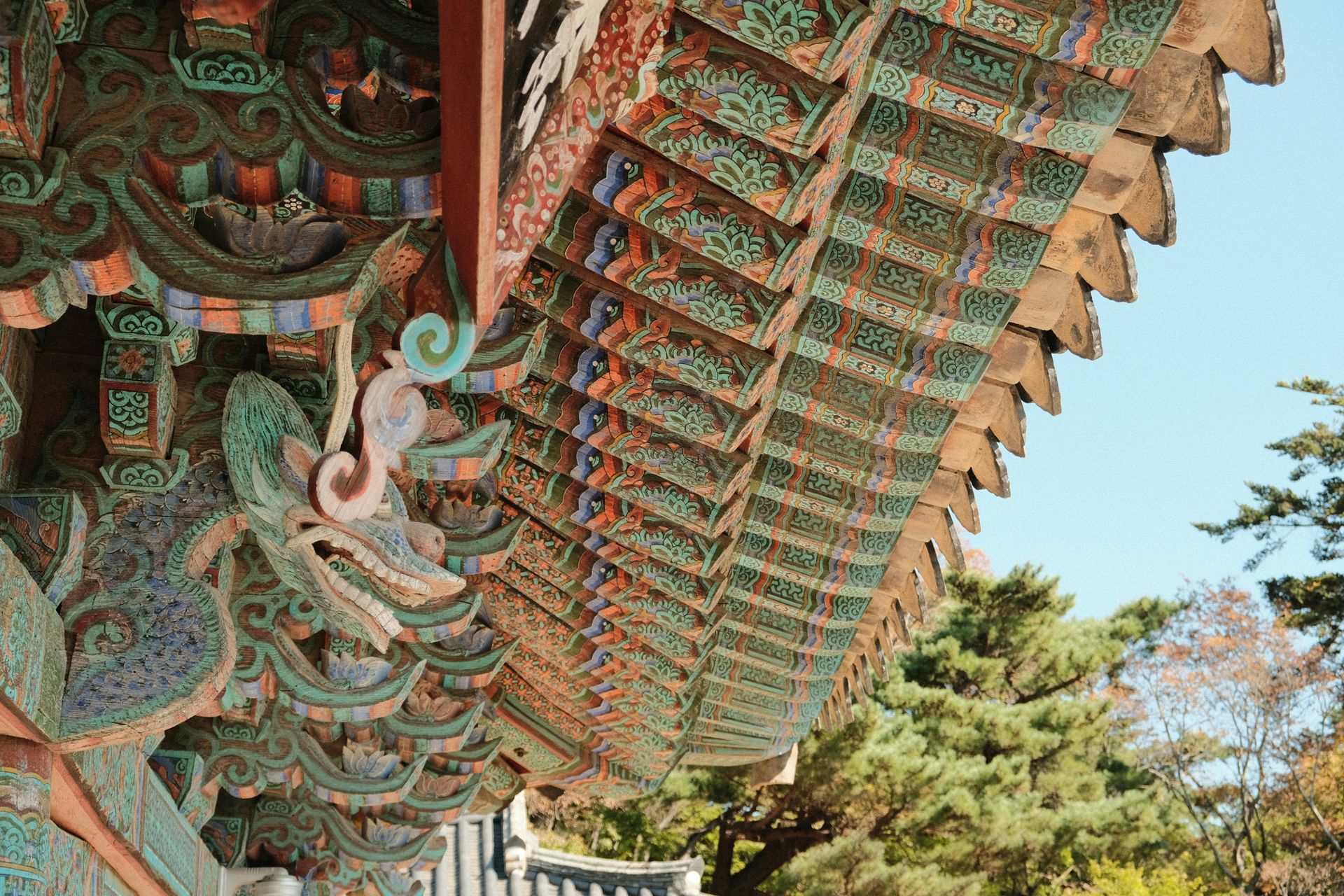
Slide title
Gyeongju
Button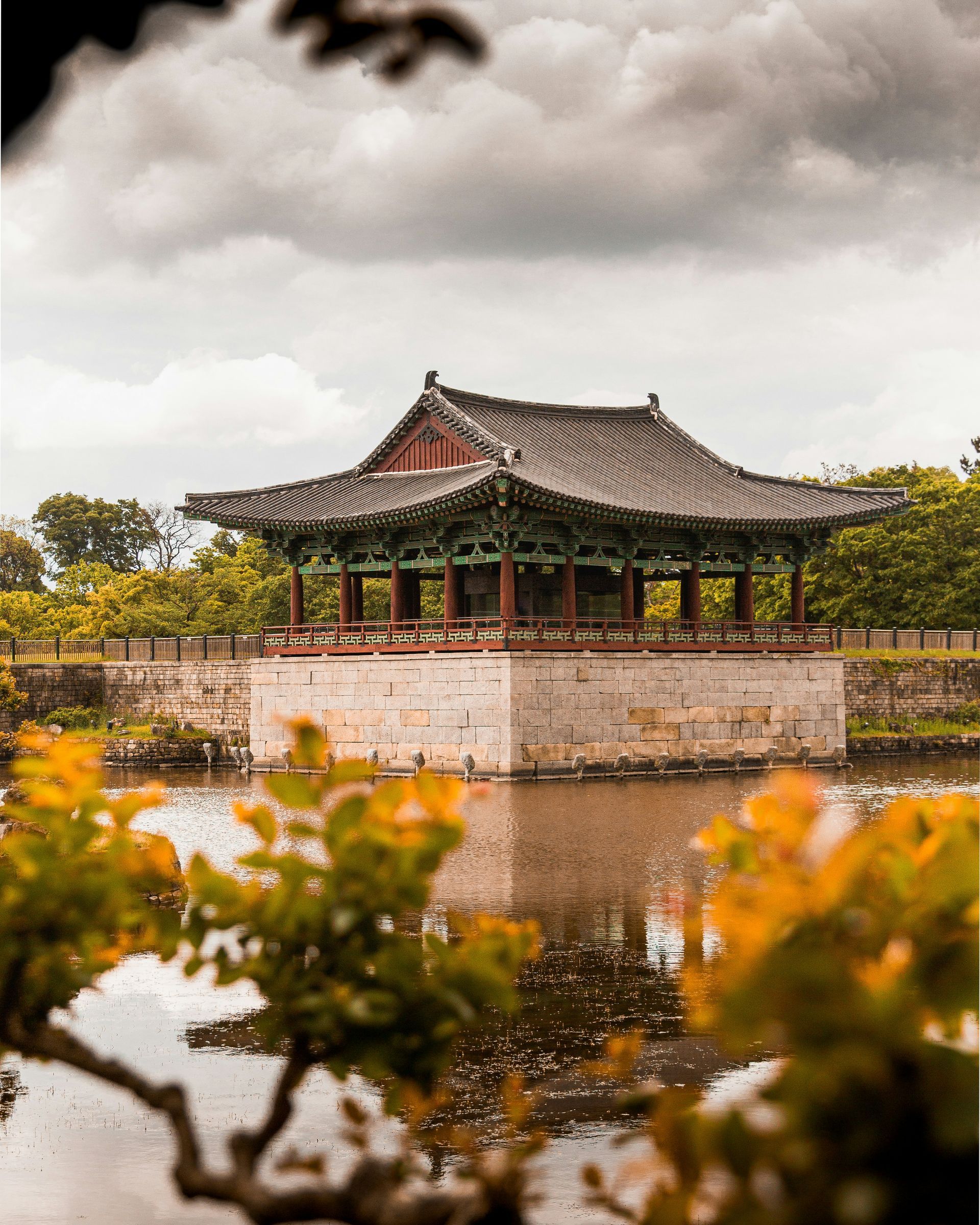
Slide title
Gyeongju
Button
Slide title
Gyeongju
Button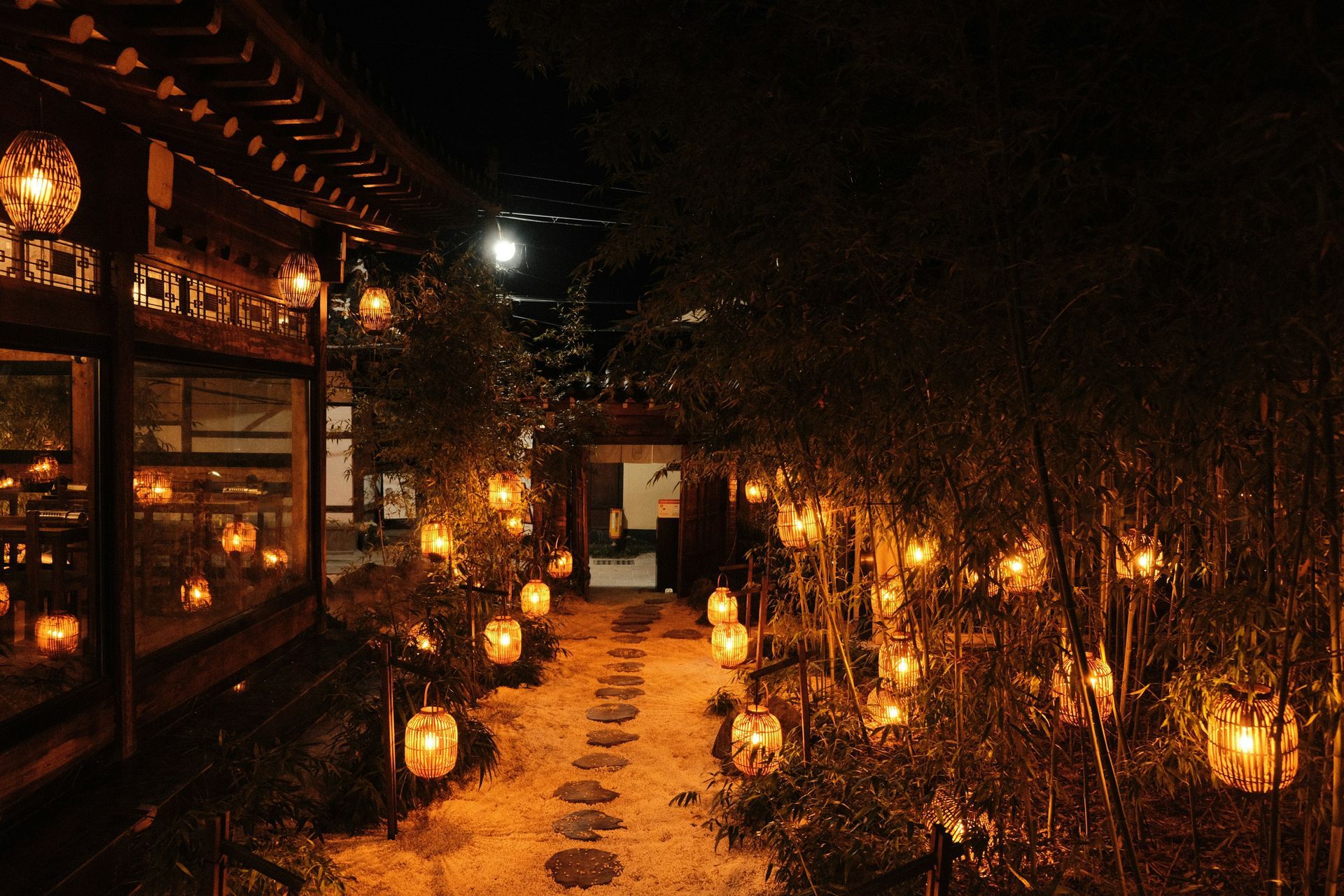
Slide title
Gyeongju
Button

Slide title
Seoraksan
Button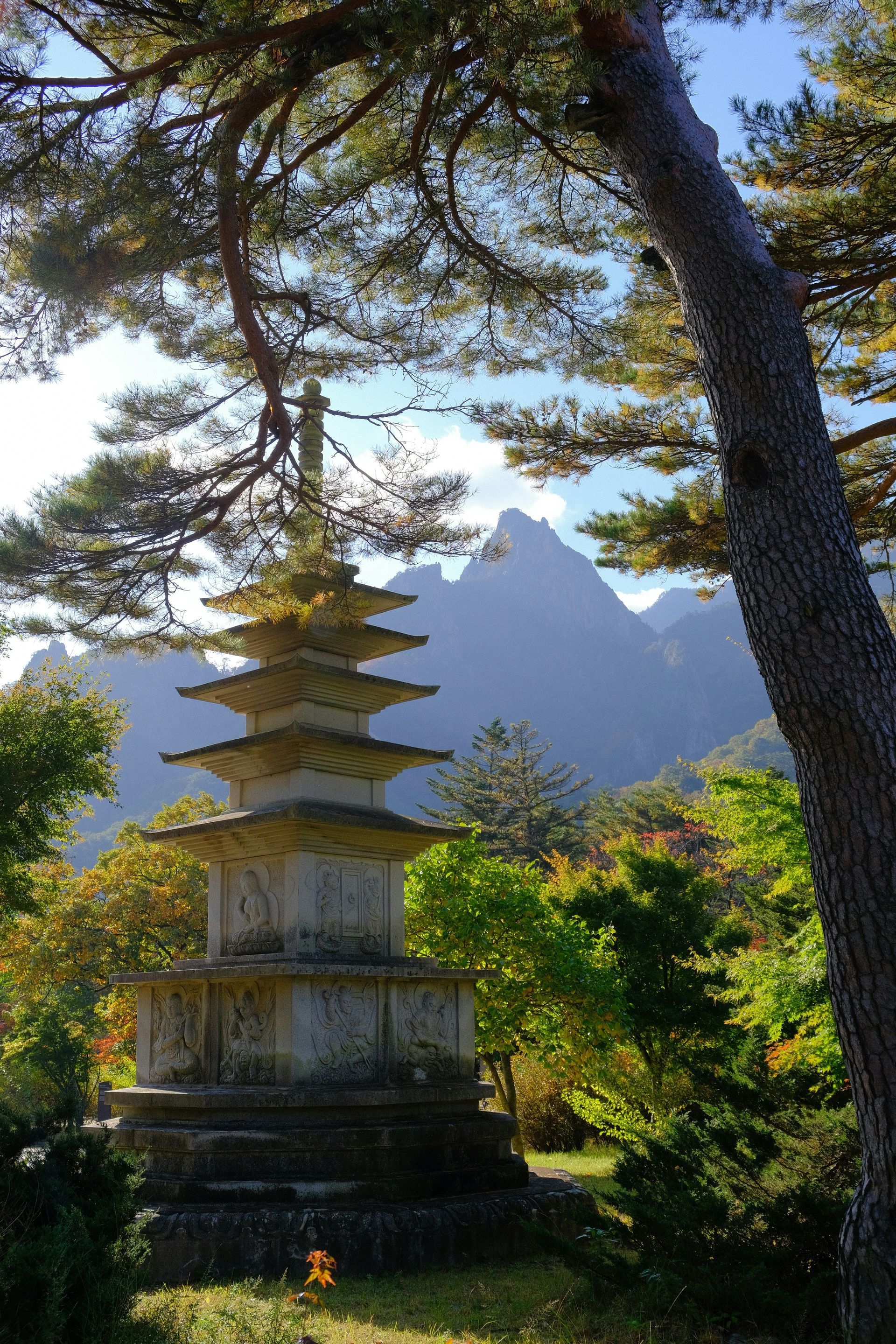
Slide title
Seoraksan
Button
Slide title
Seoraksan
Button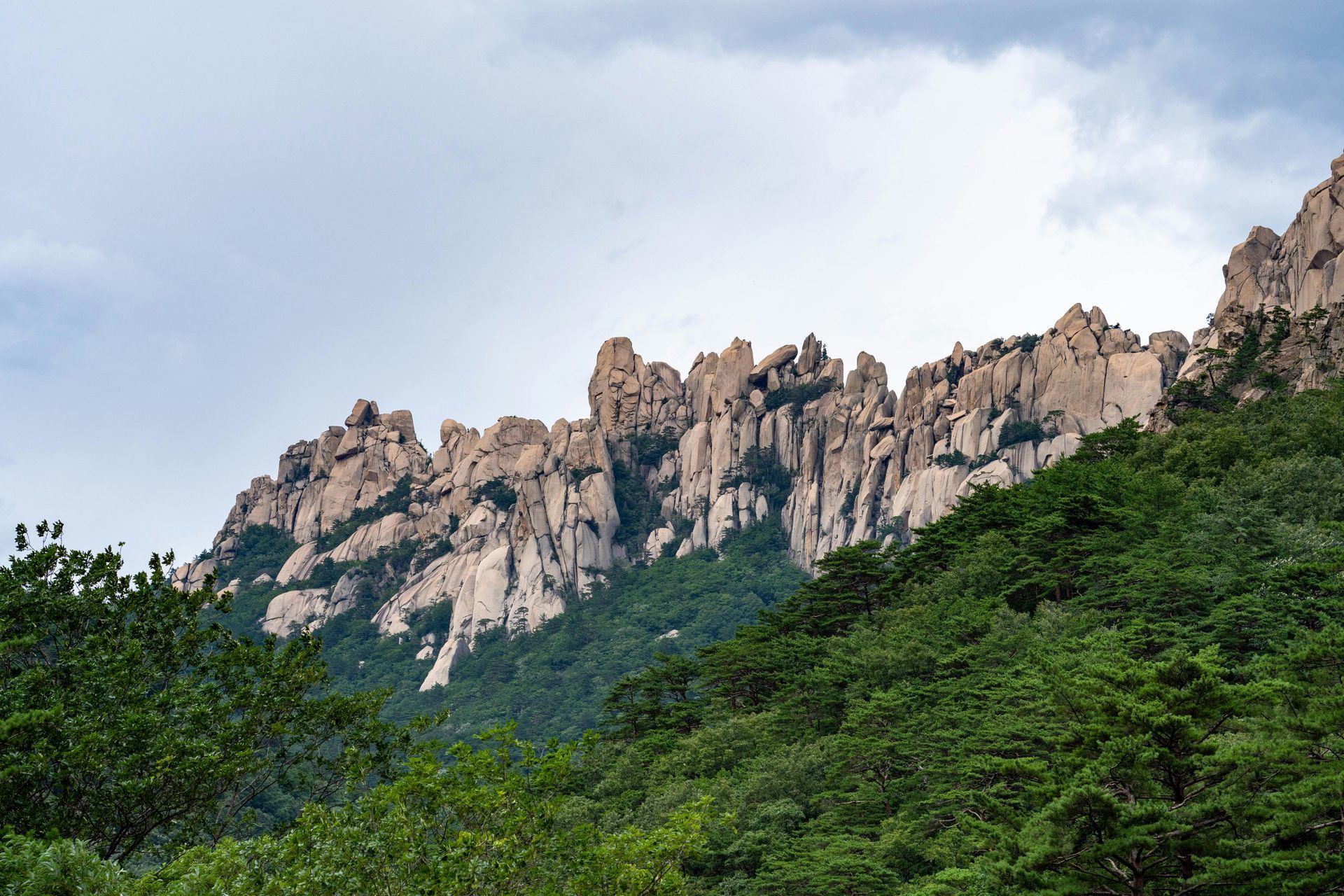
Slide title
Seoraksan
Button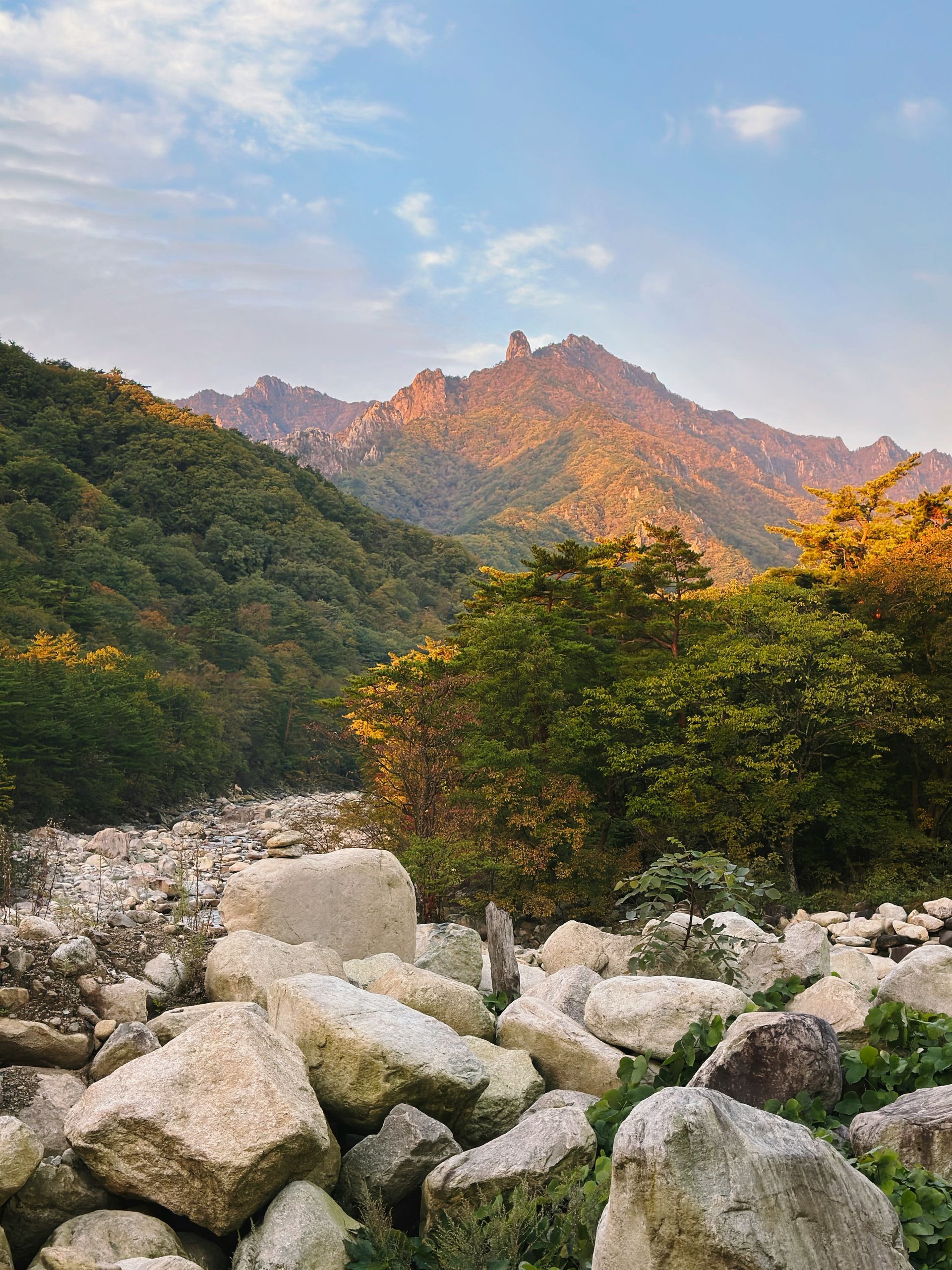
Slide title
Seoraksan
Button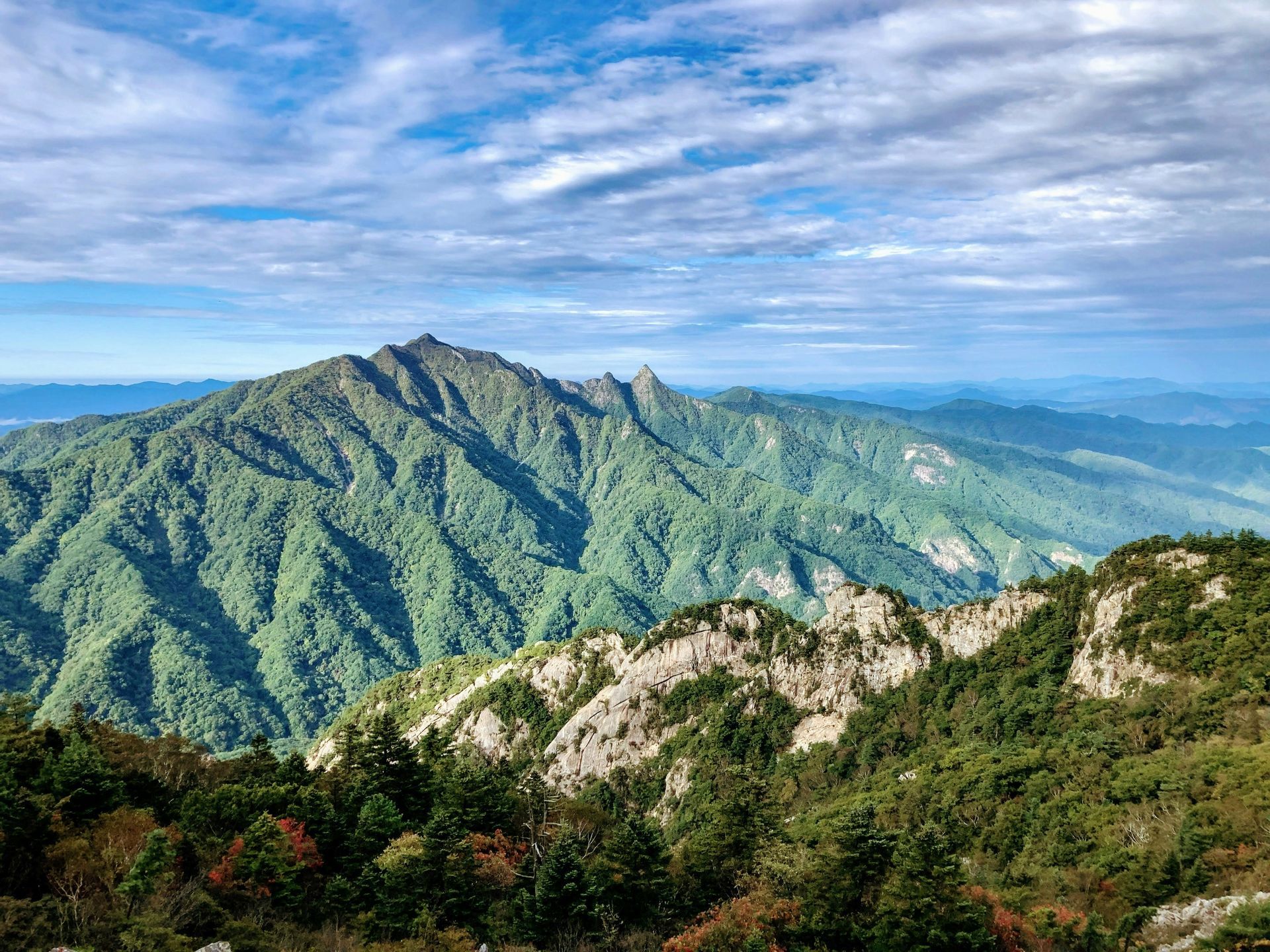
Slide title
Seoraksan
Button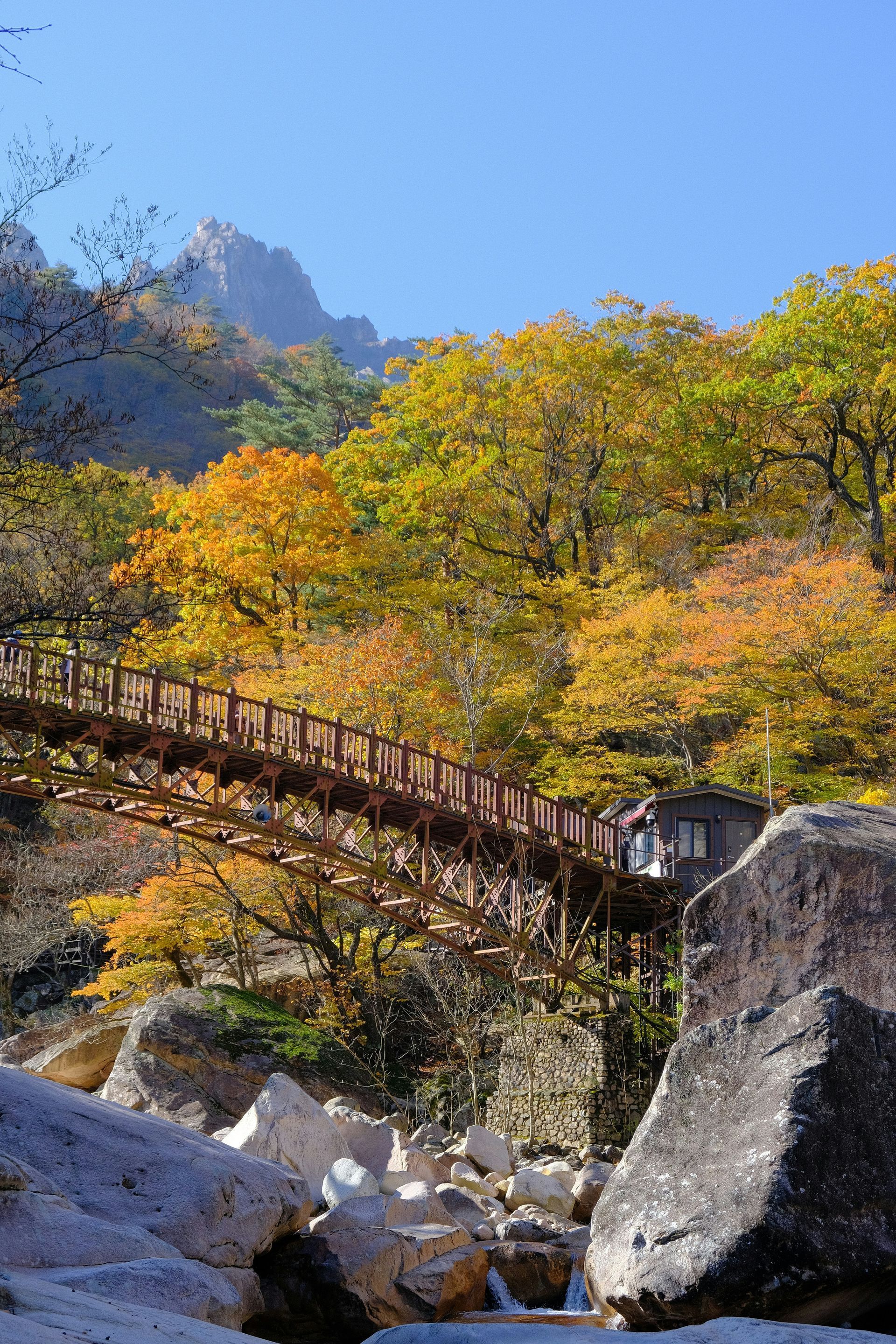
Slide title
Seoraksan
Button
Slide title
Seoraksan
Button
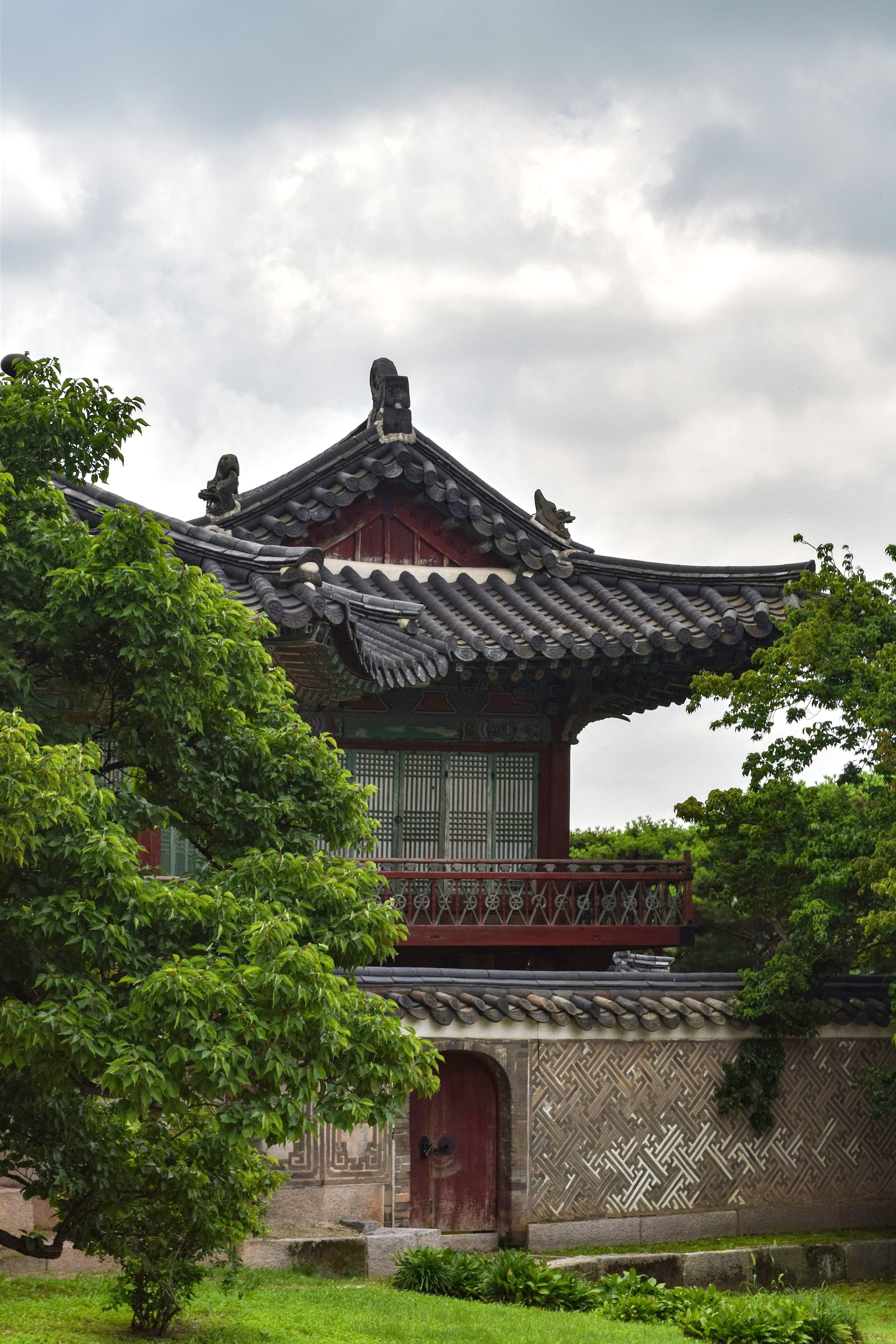
Slide title
Changdeokgung
Button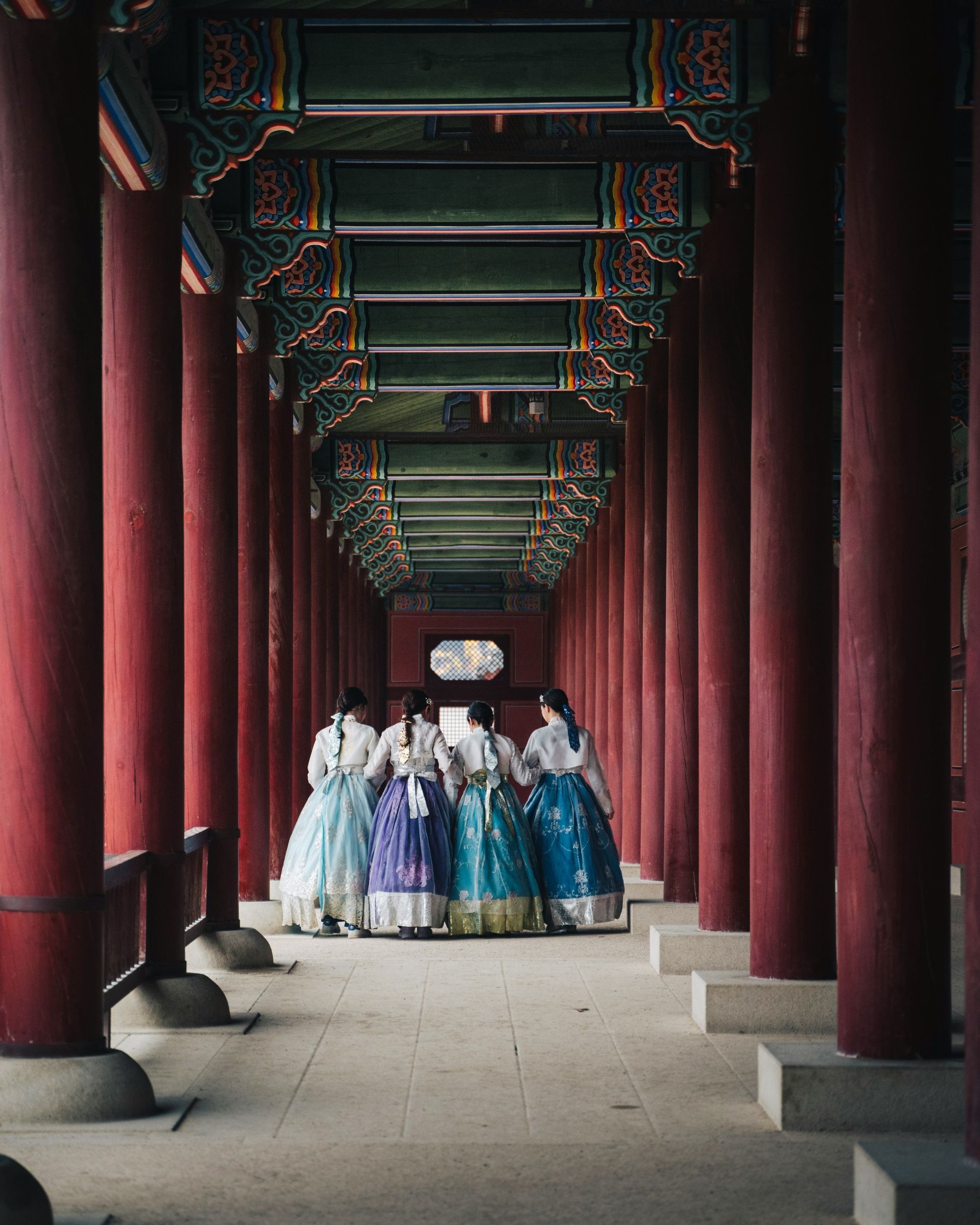
Slide title
Changdeokgung
Button
Slide title
Changdeokgung
Button
Slide title
Changdeokgung
Button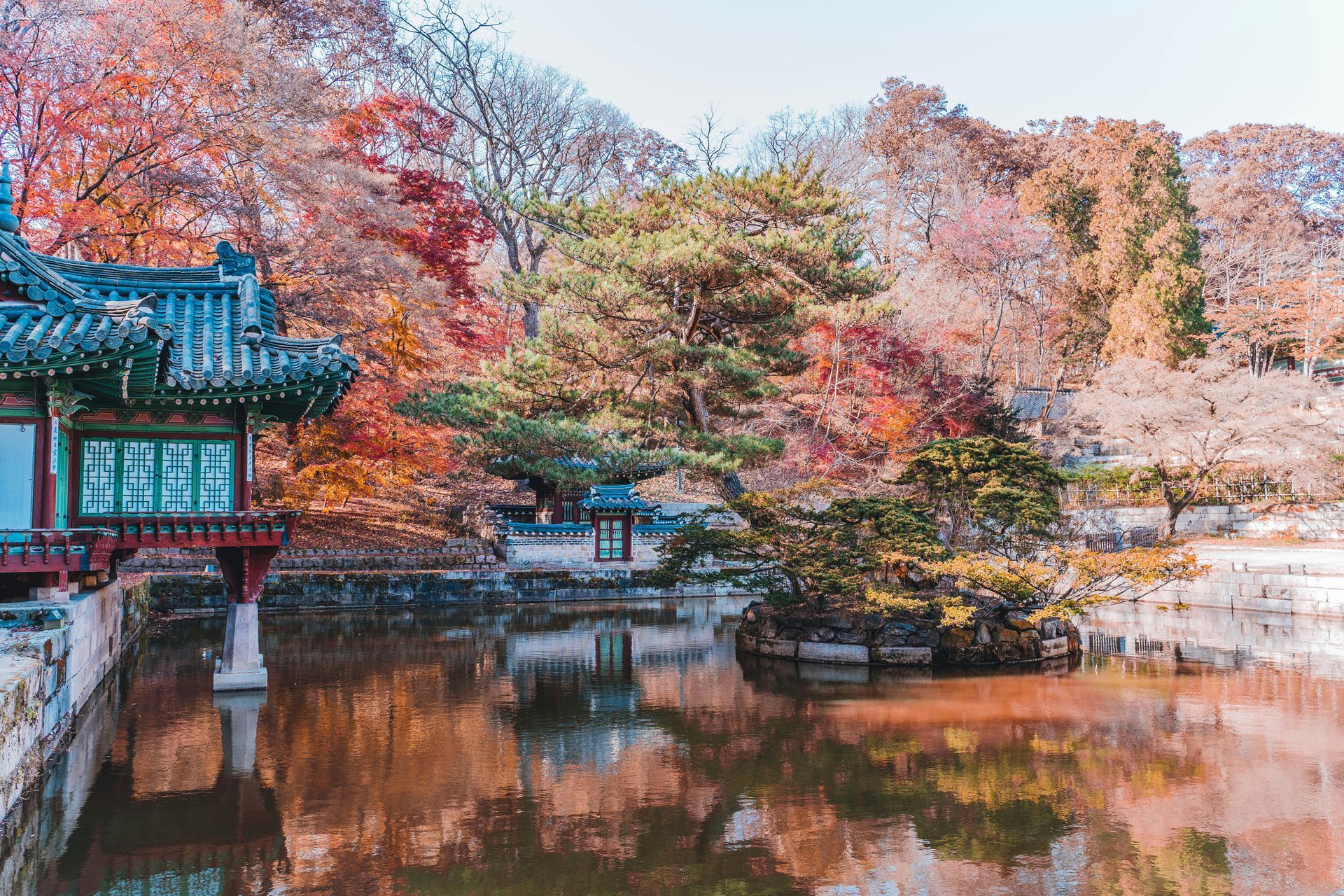
Slide title
Changdeokgung
Button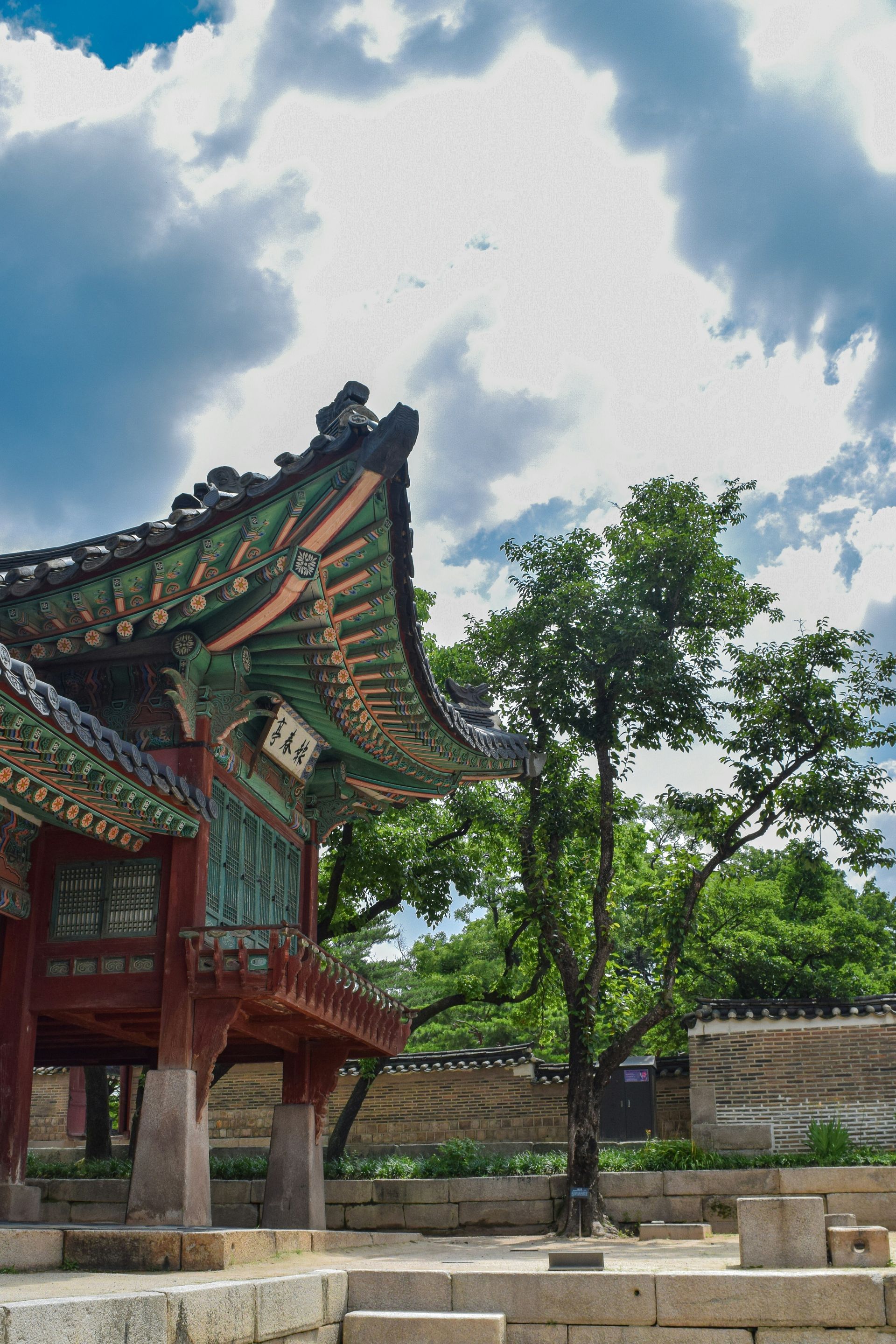
Slide title
Changdeokgung
Button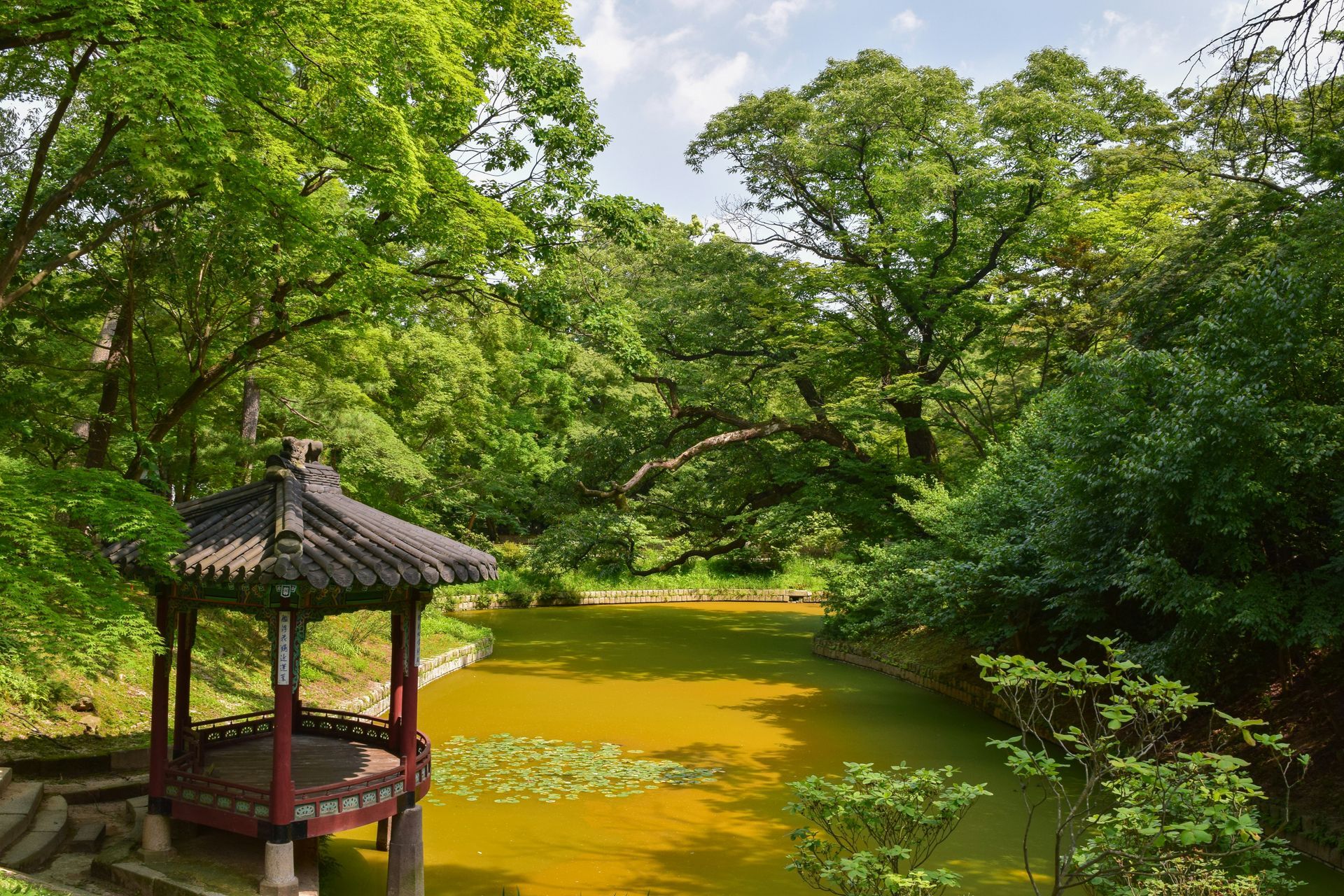
Slide title
Changdeokgung
Button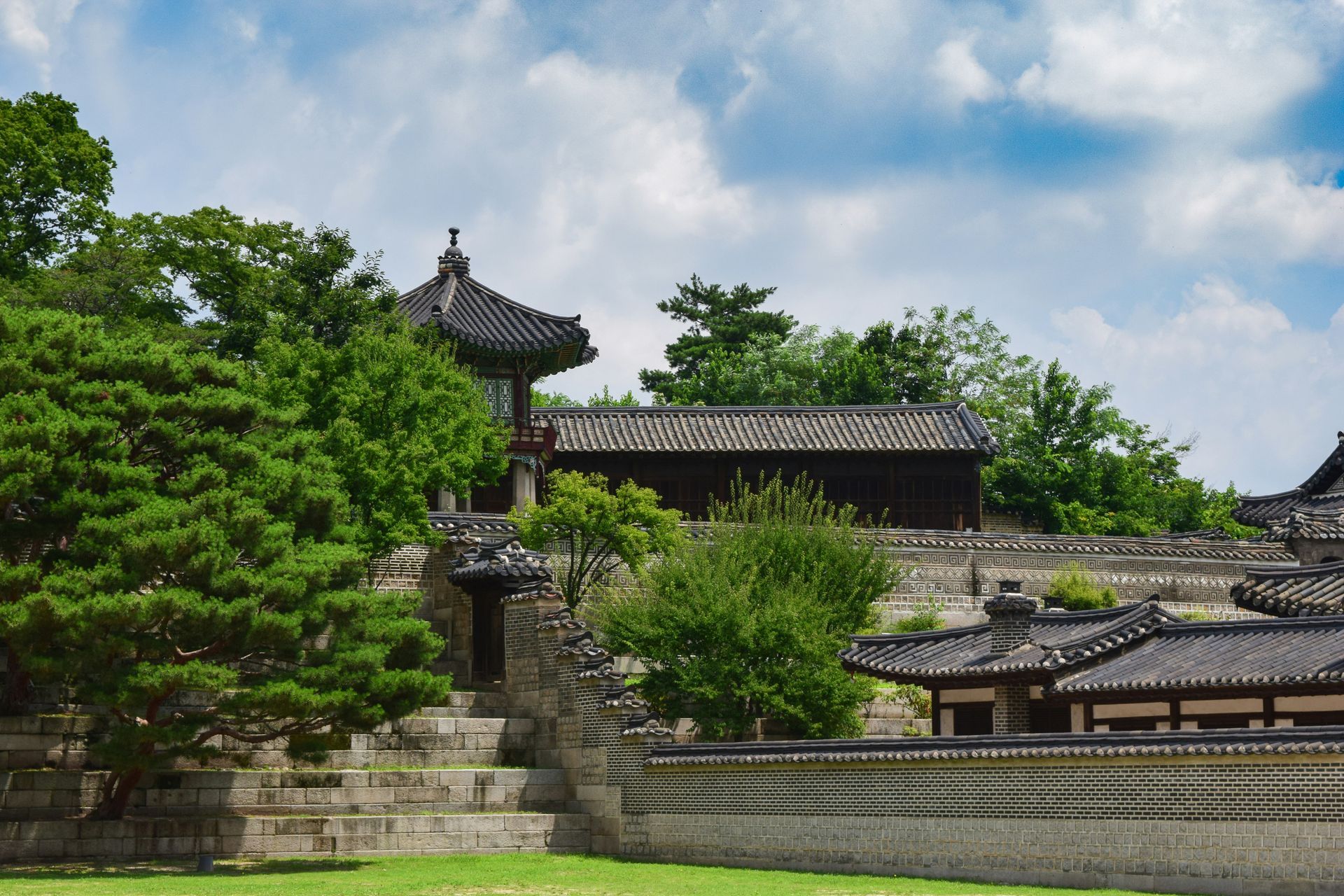
Slide title
Changdeokgung
Button
Slide title
Changdeokgung
Button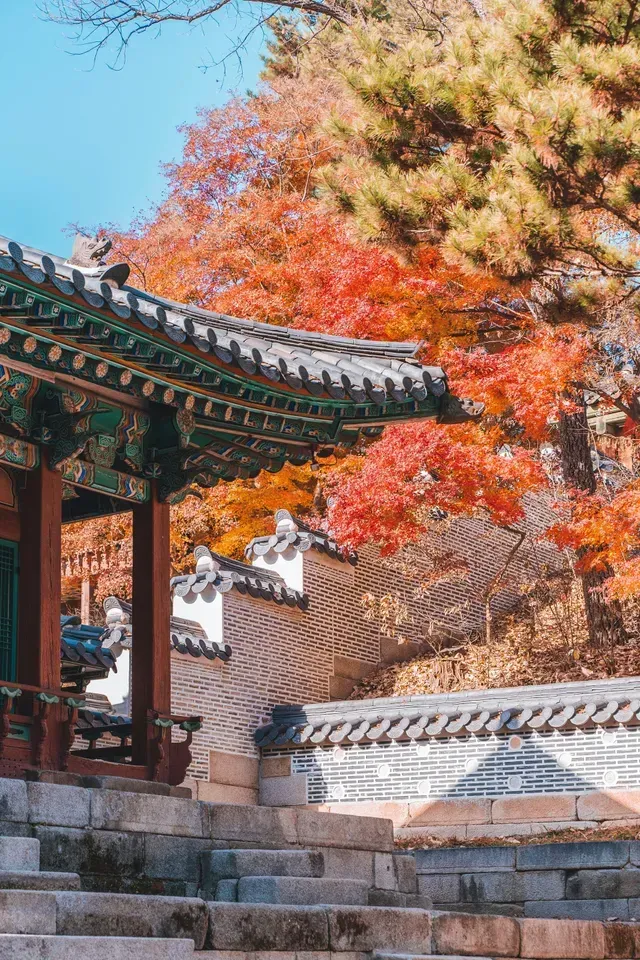
Slide title
Changdeokgung
Button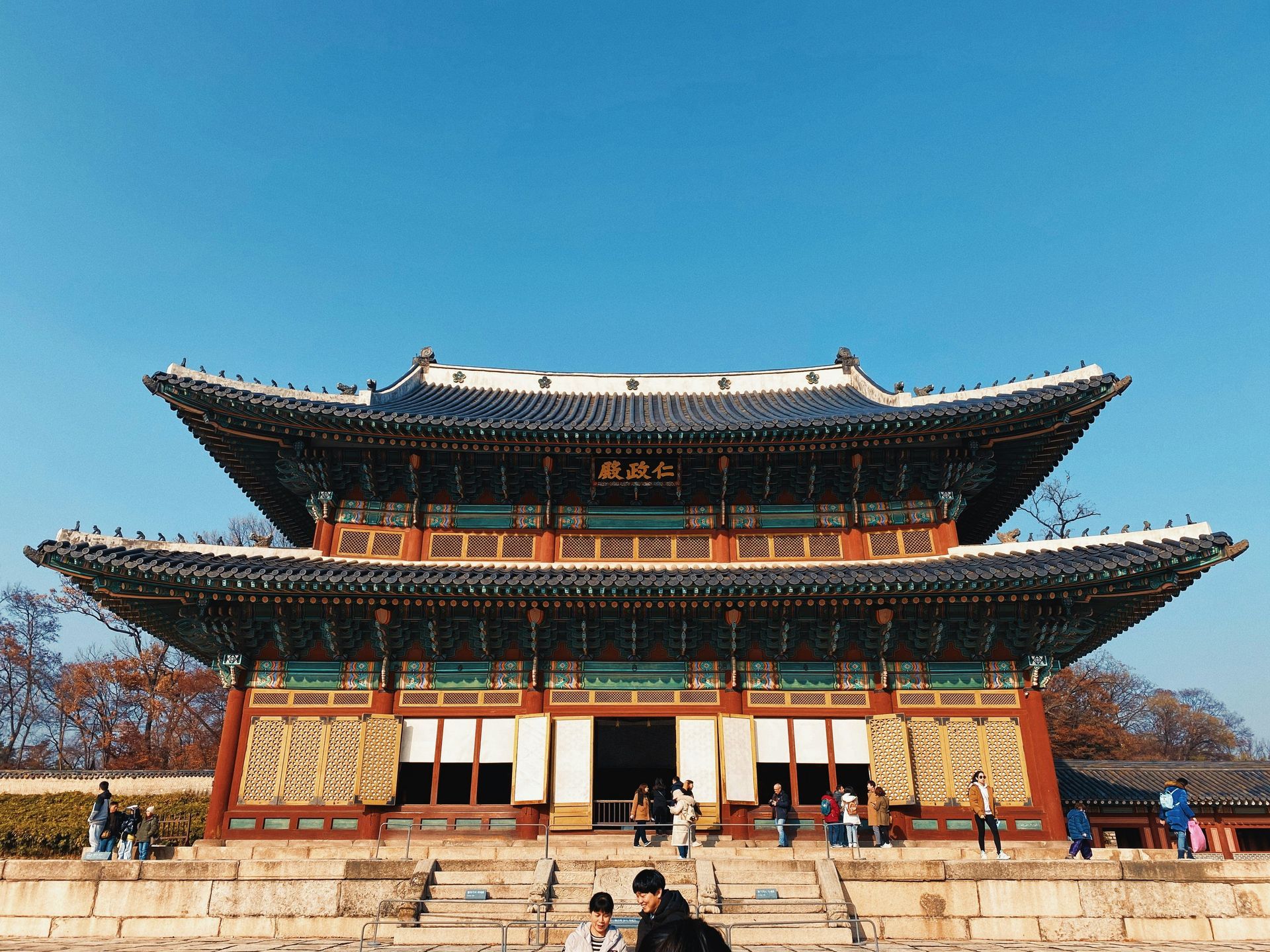
Slide title
Changdeokgung
Button
Slide title
Changdeokgung
Button
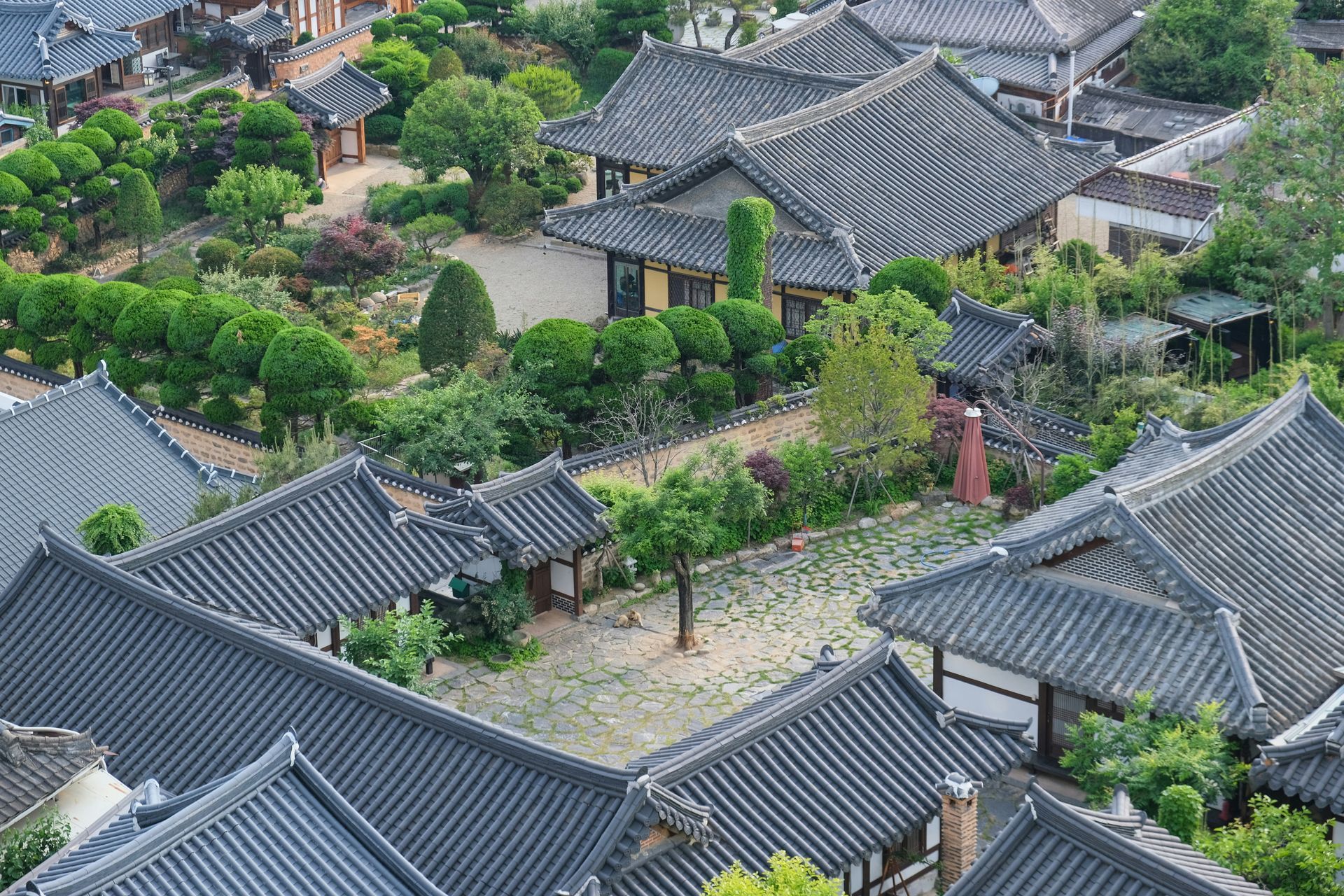
Slide title
Jeonju Hanok
Button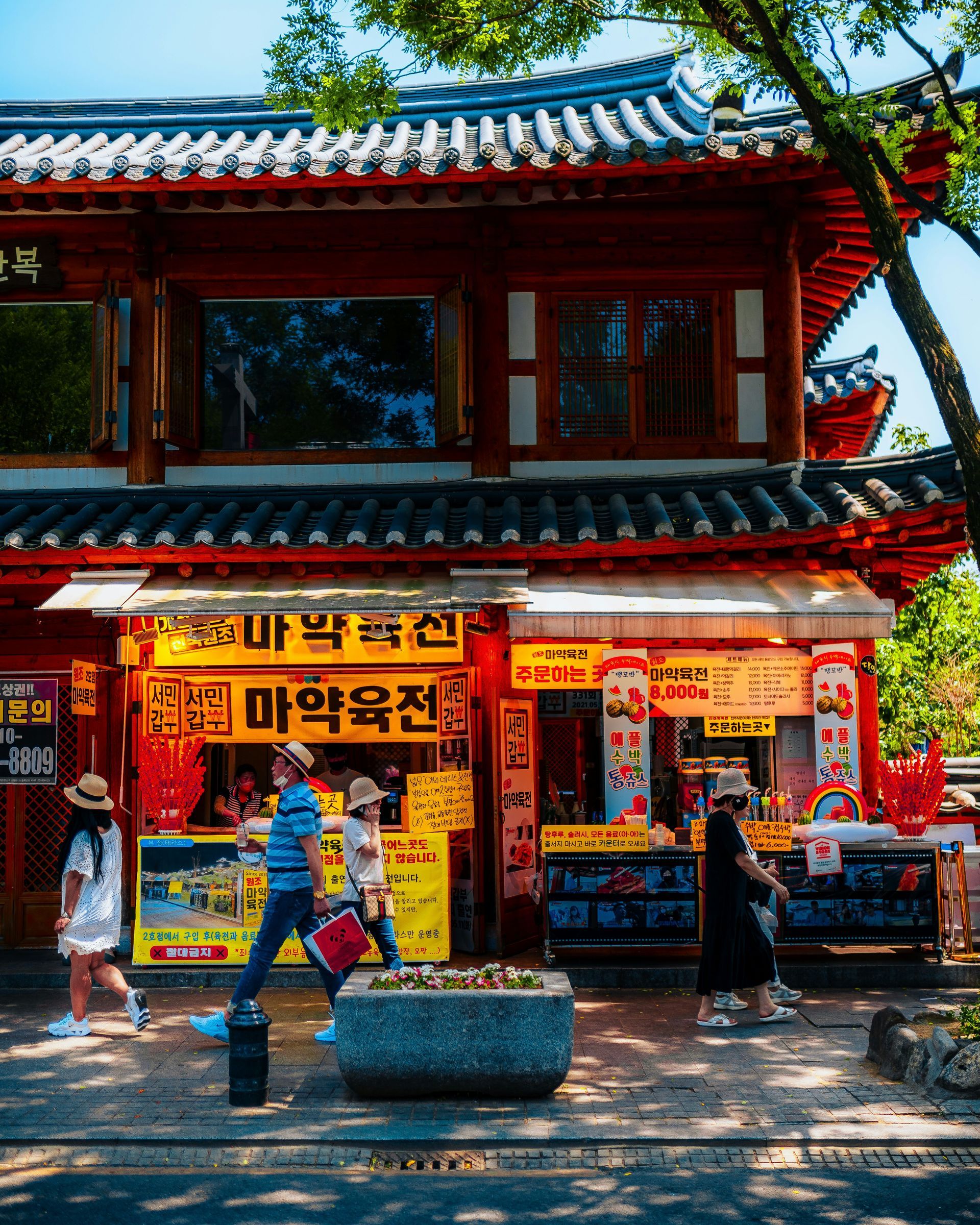
Slide title
Jeonju Hanok
Button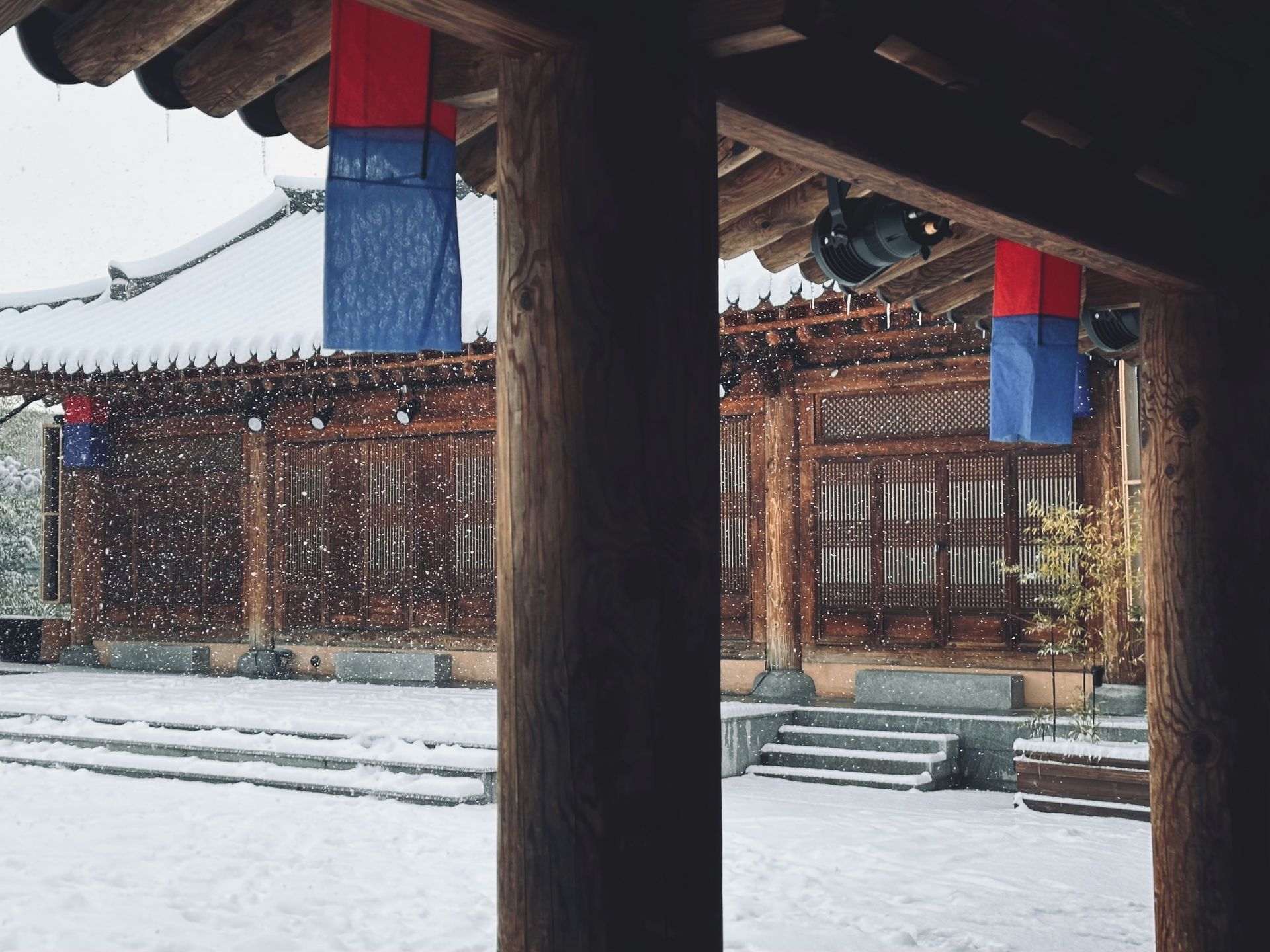
Slide title
Jeonju Hanok
Button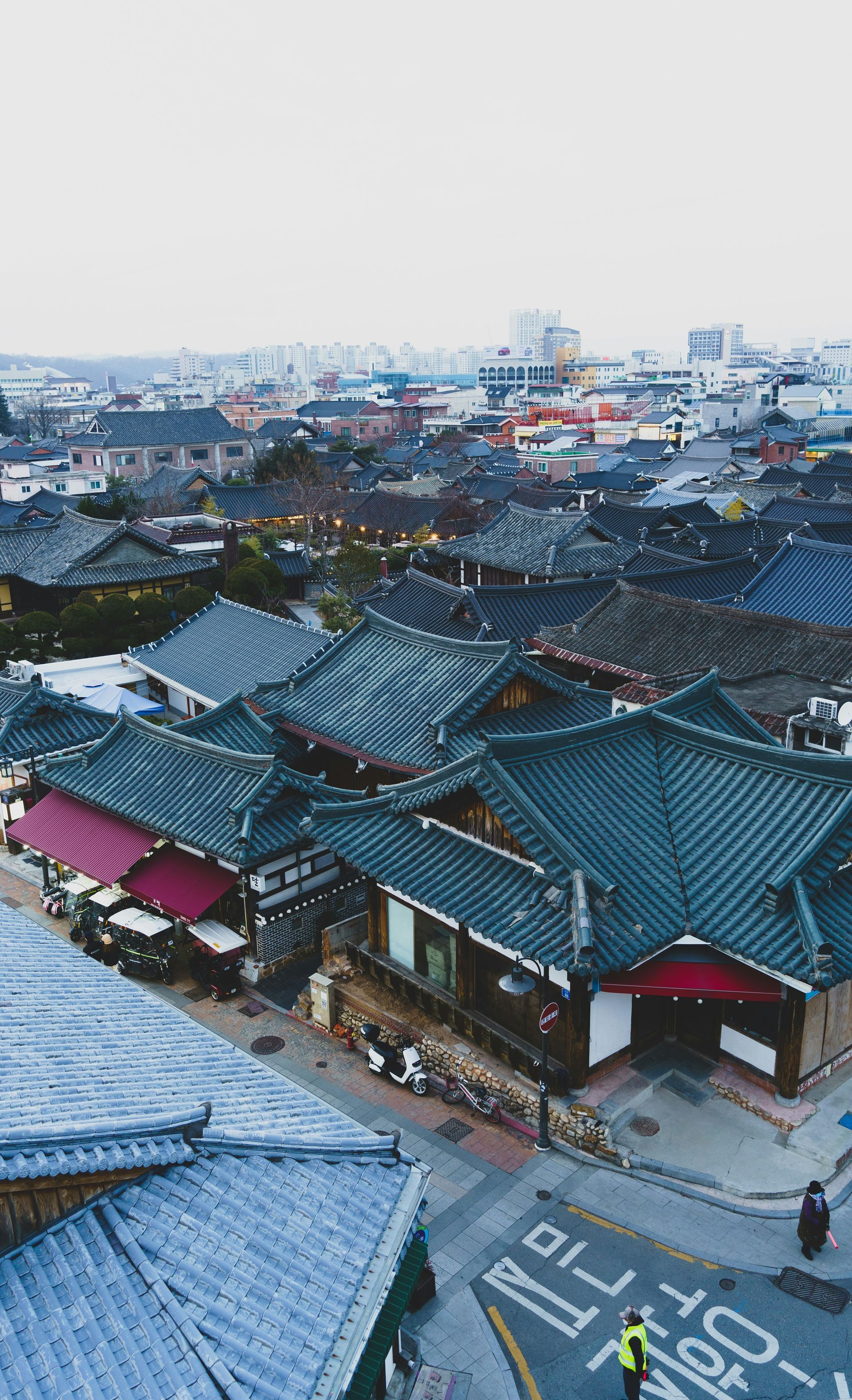
Slide title
Jeonju Hanok
Button
Slide title
Jeonju Hanok
Button
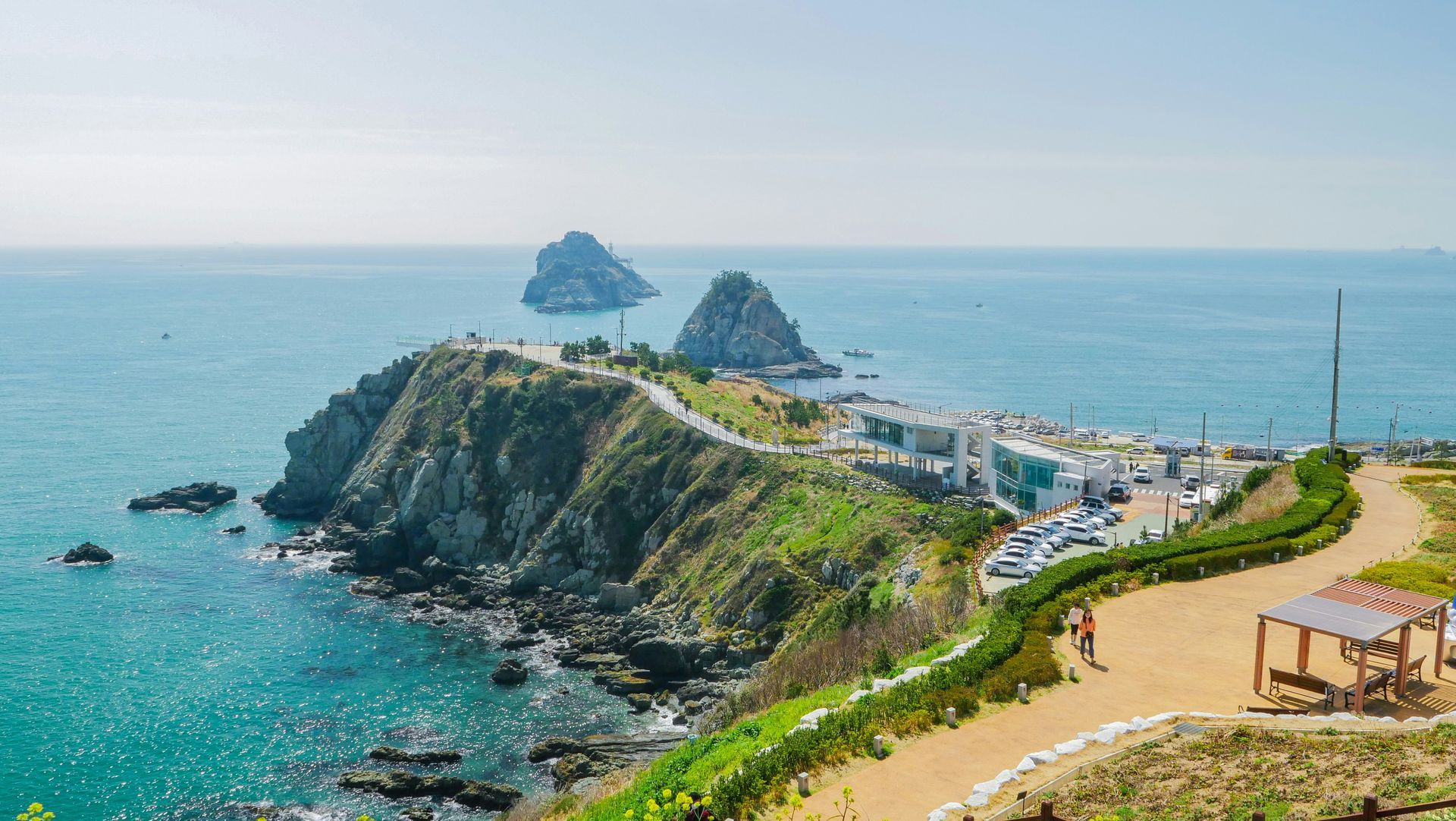
Slide title
Busan
Button
Slide title
Busan
Button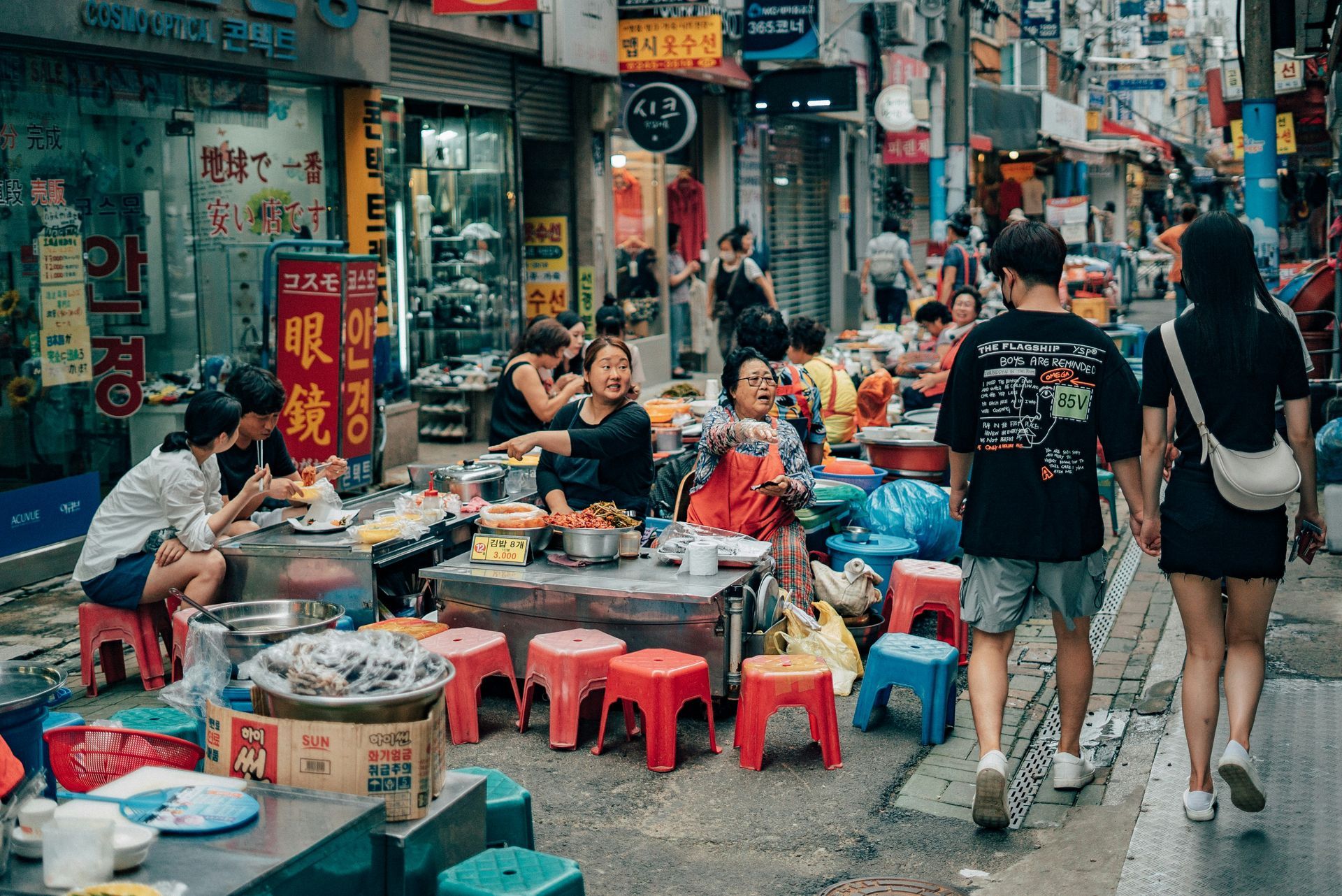
Slide title
Busan
Button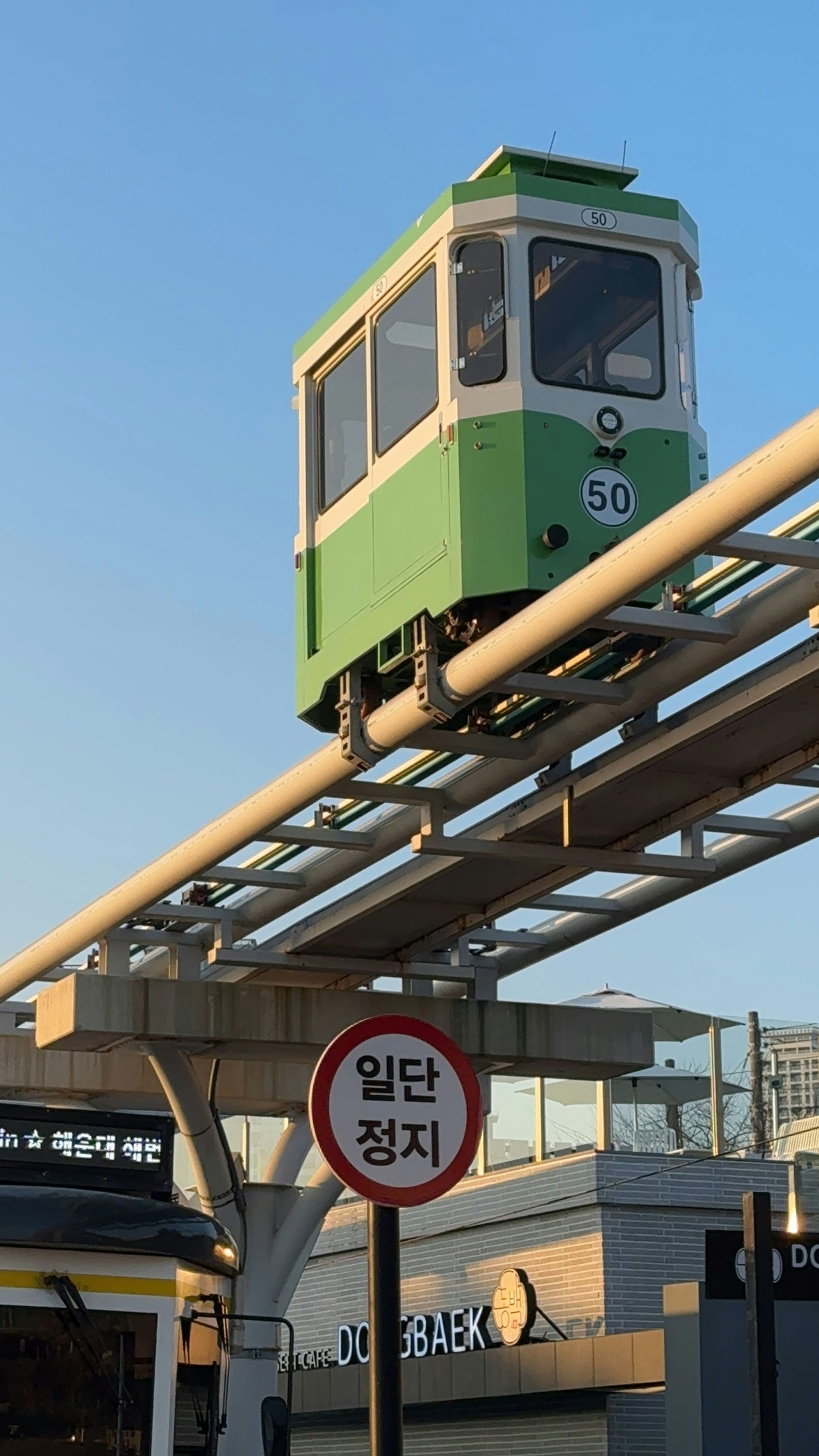
Slide title
Busan
Button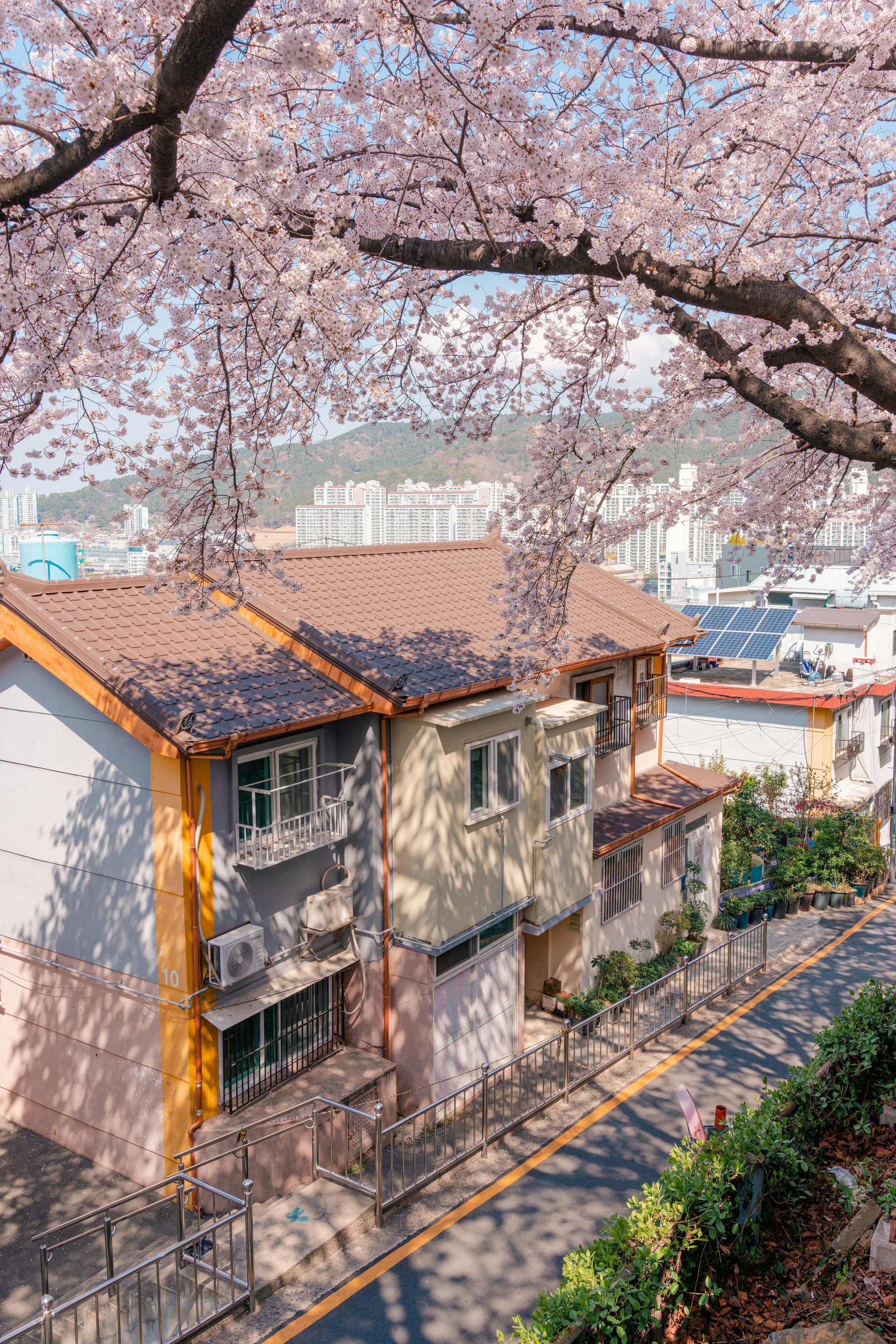
Slide title
Busan
Button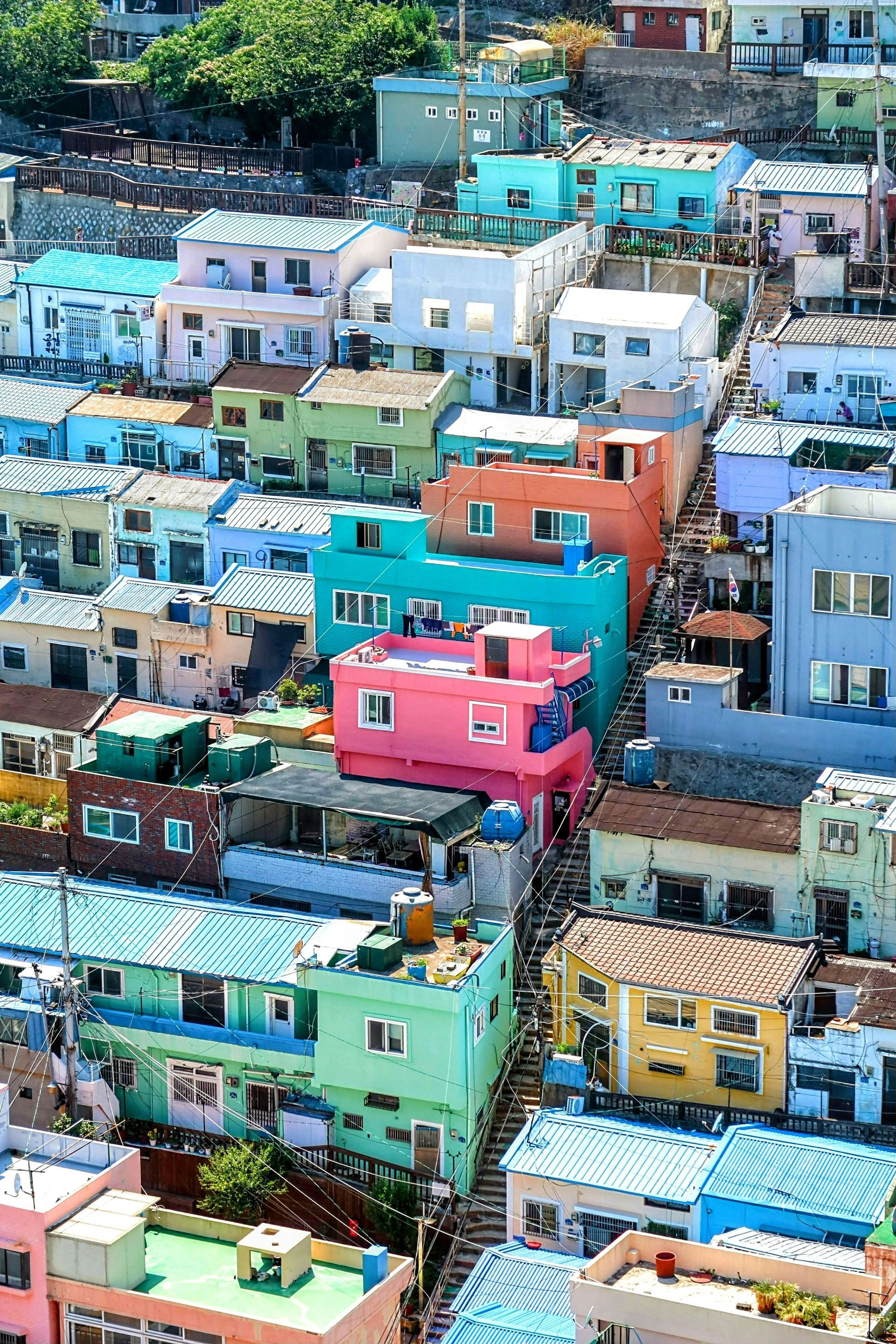
Slide title
Busan
Button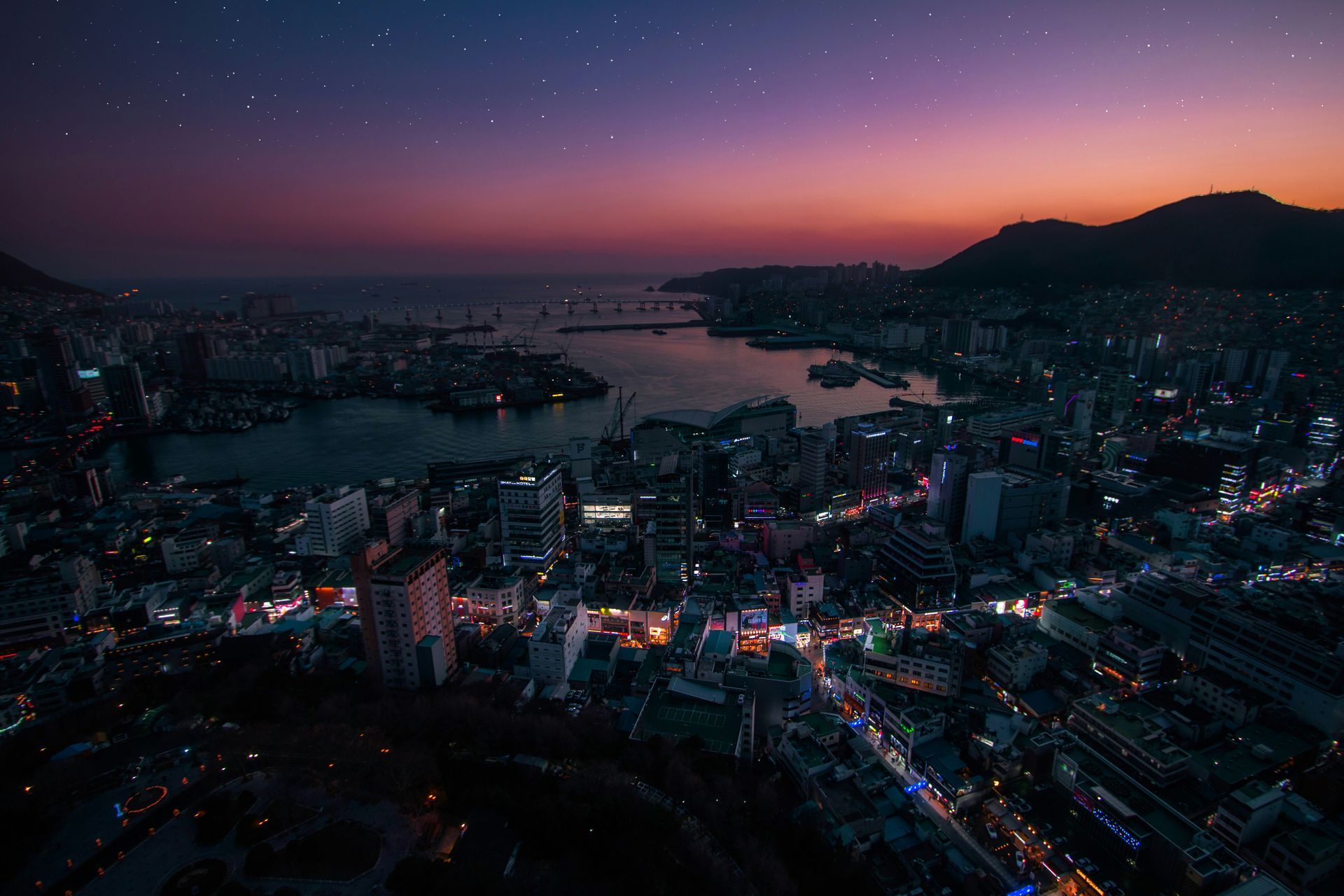
Slide title
Busan
Button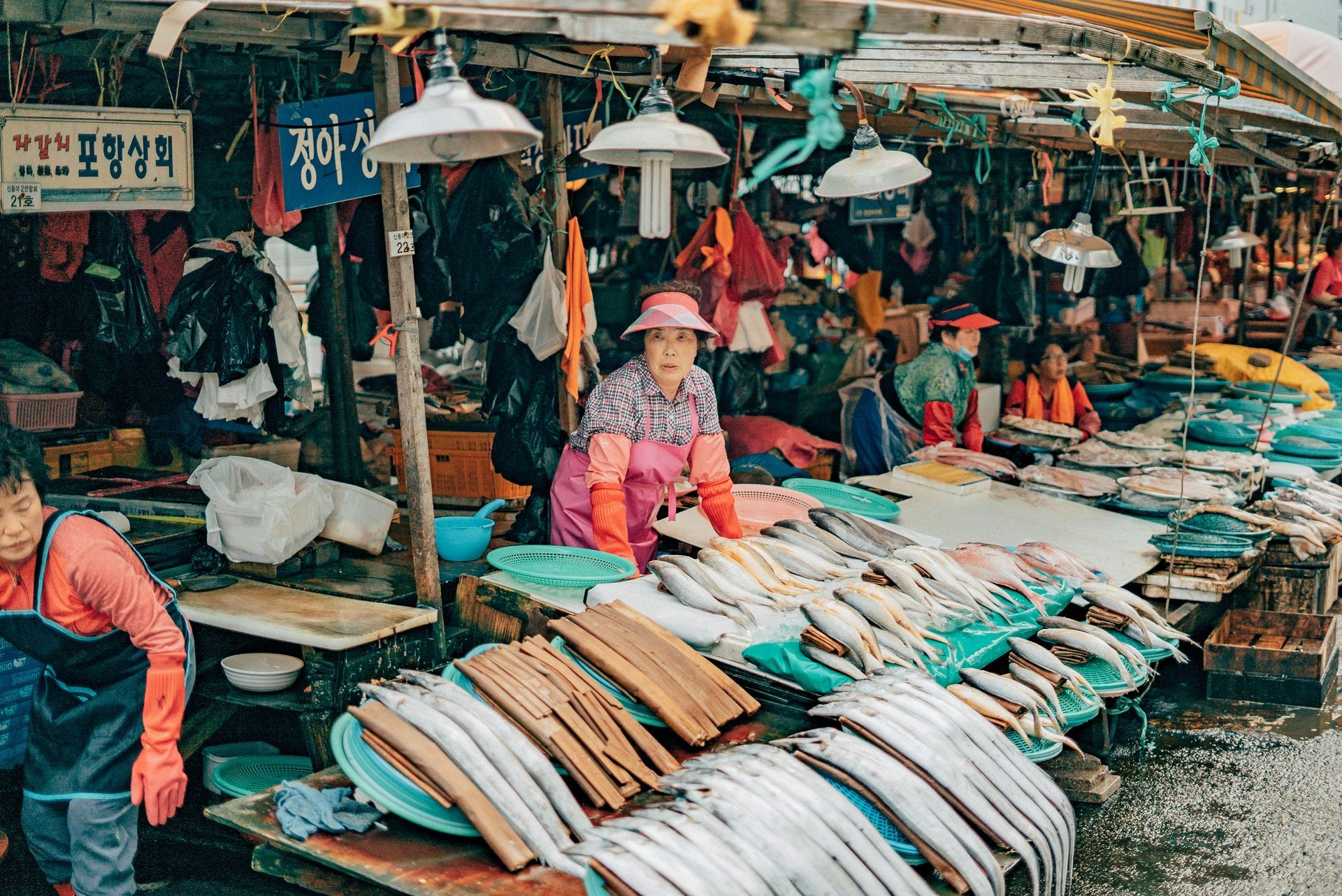
Slide title
Busan
ButtonSlide title
Busan
Button
Slide title
Busan
Button
Slide title
Busan
Button
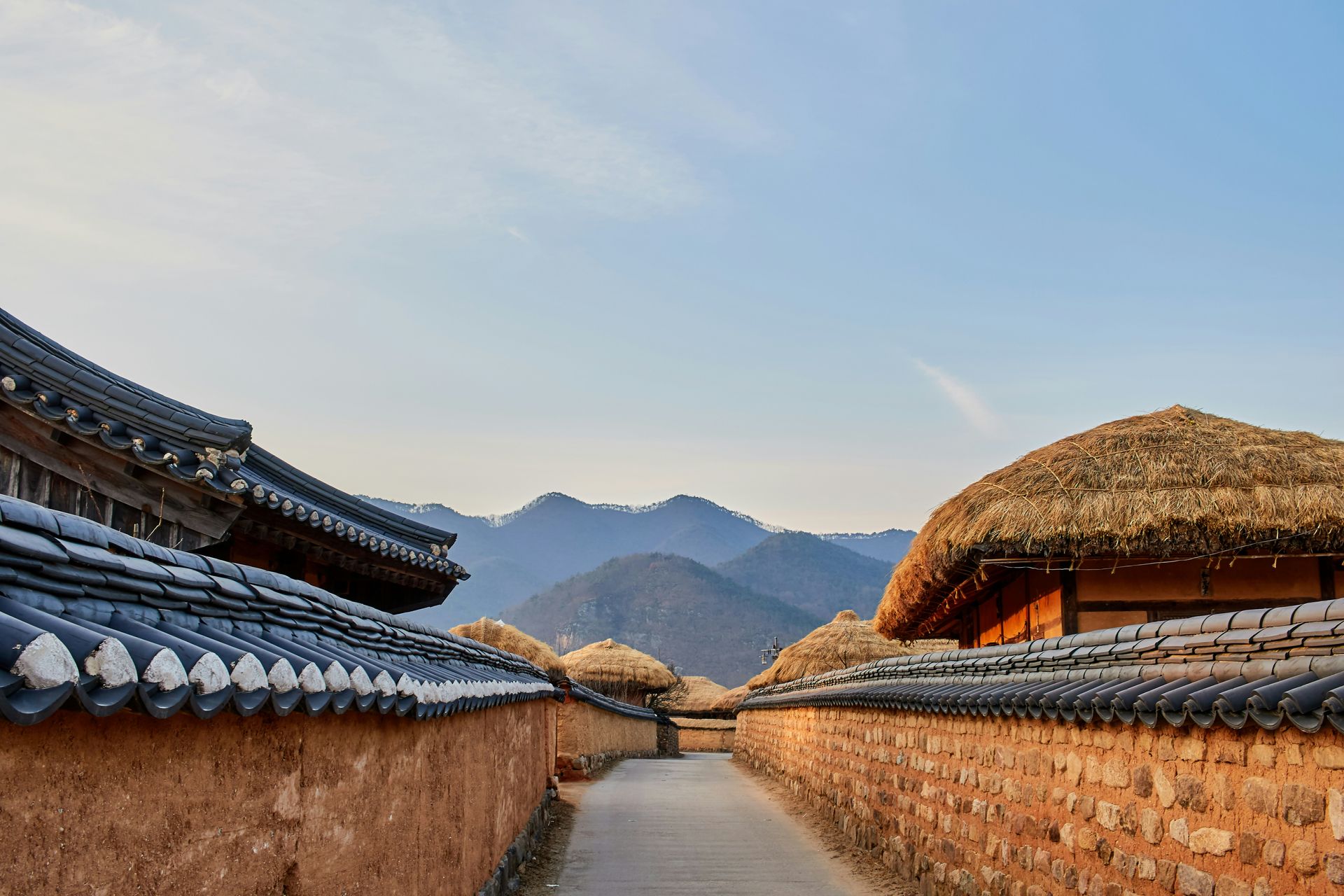
Slide title
Andong Hahoe
Button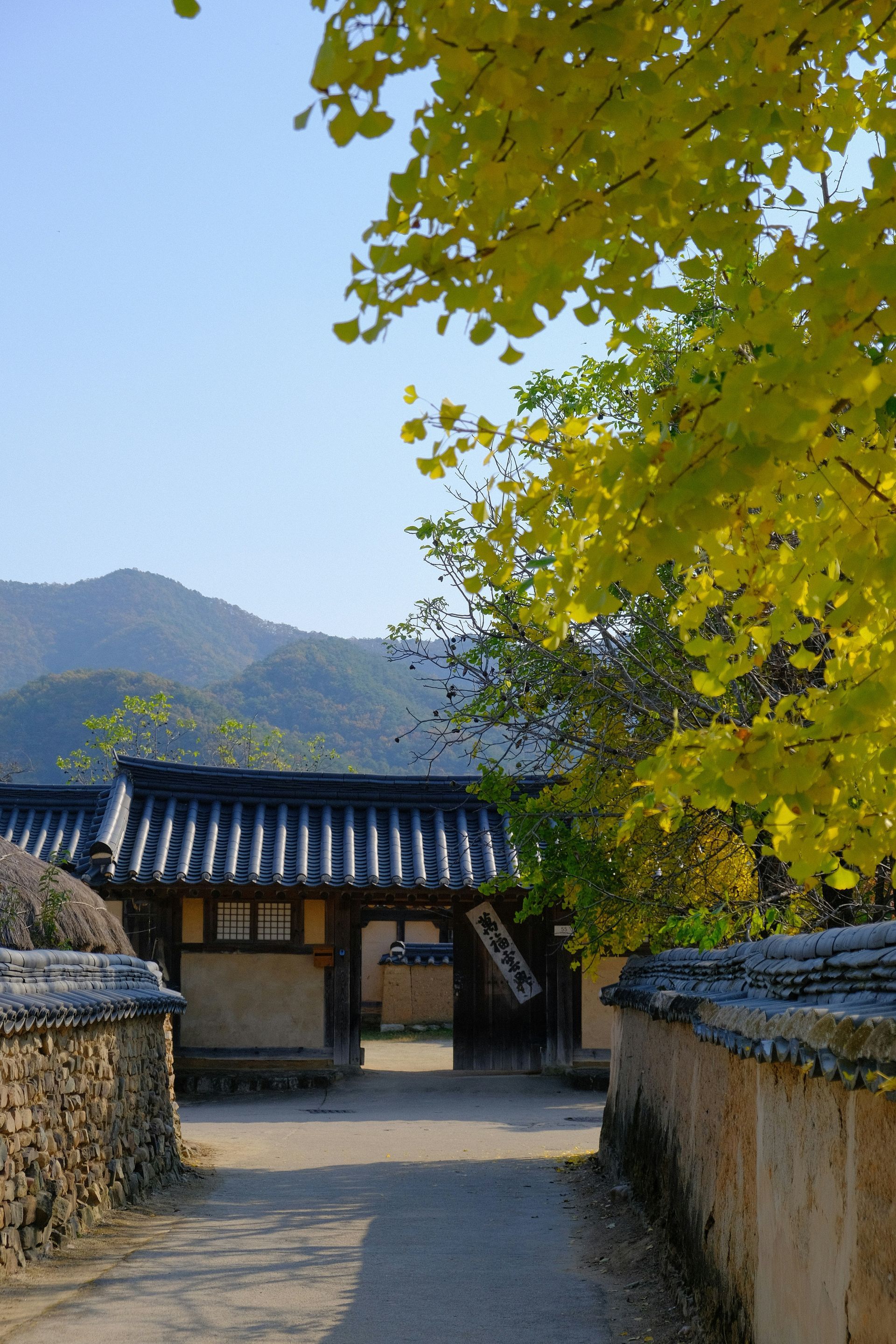
Slide title
Andong Hahoe
Button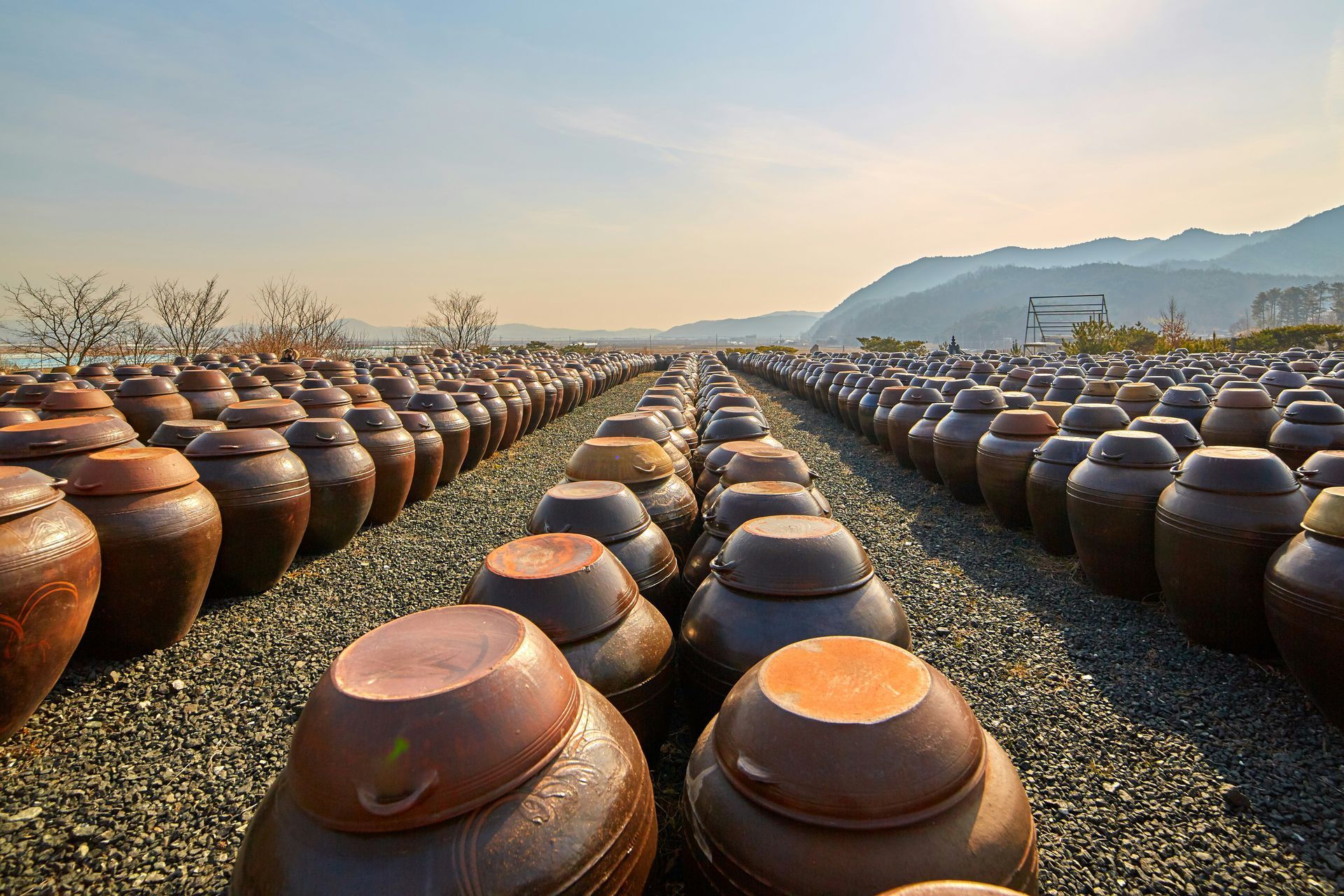
Slide title
Andong Hahoe
Button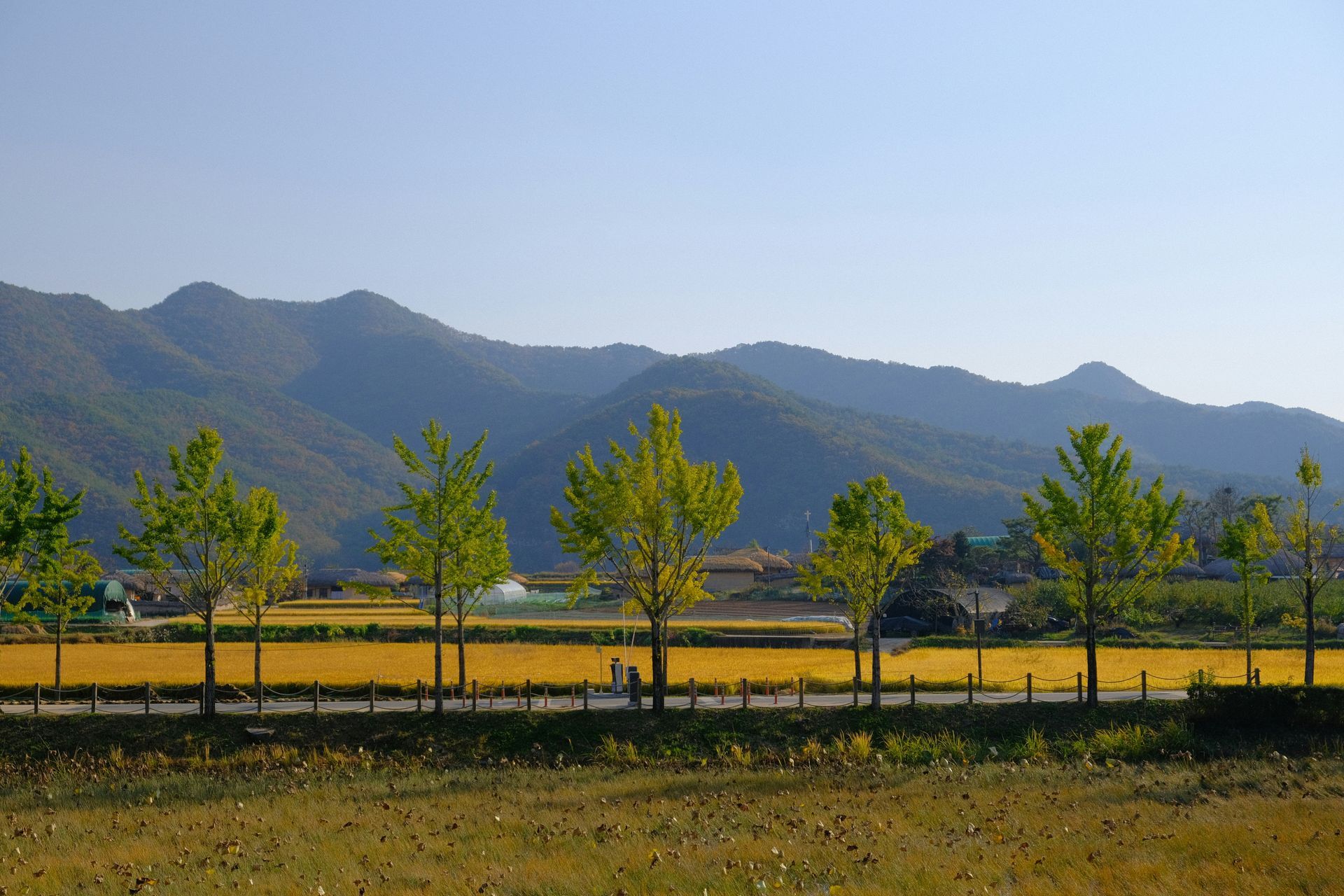
Slide title
Andong Hahoe
Button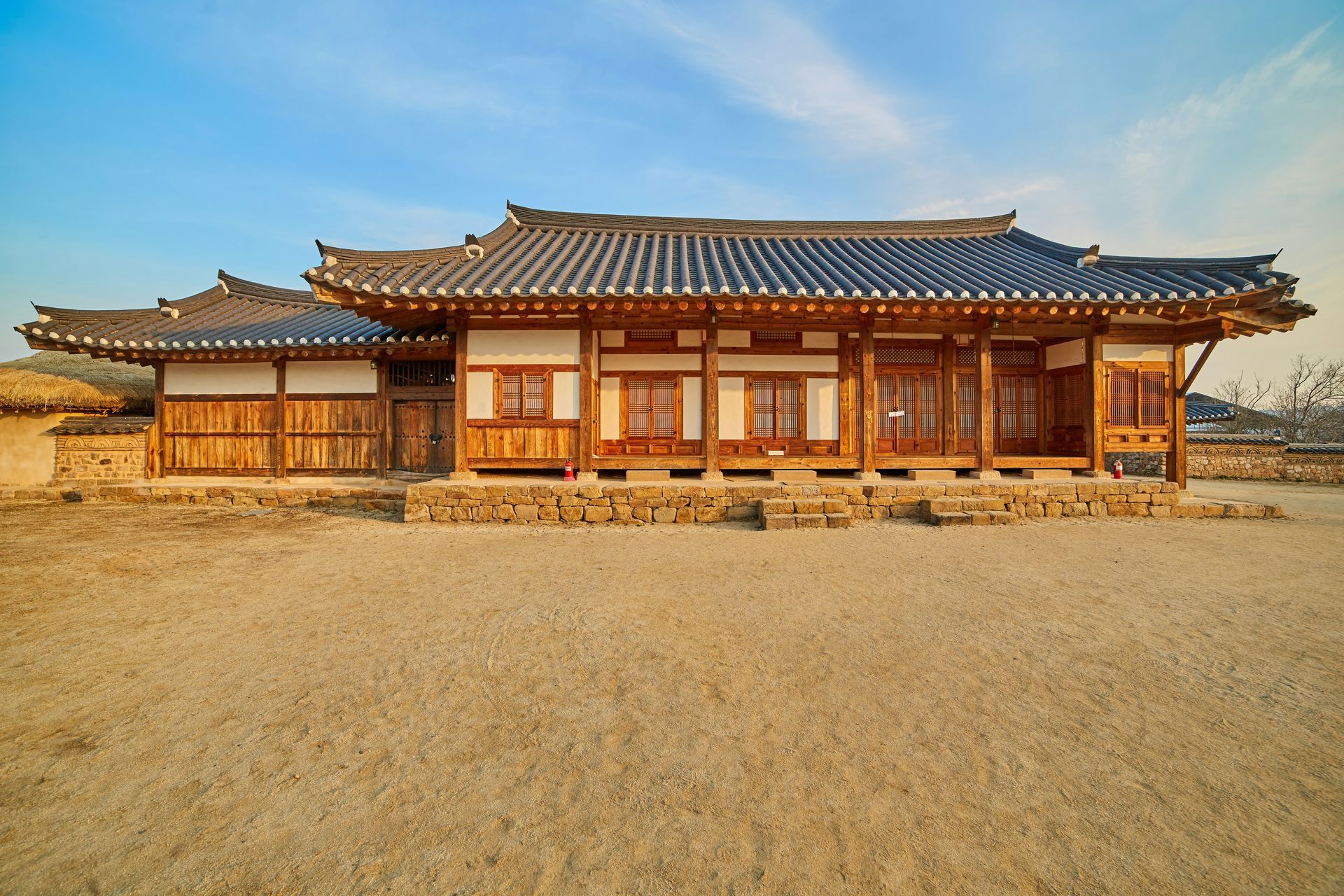
Slide title
Andong Hahoe
Button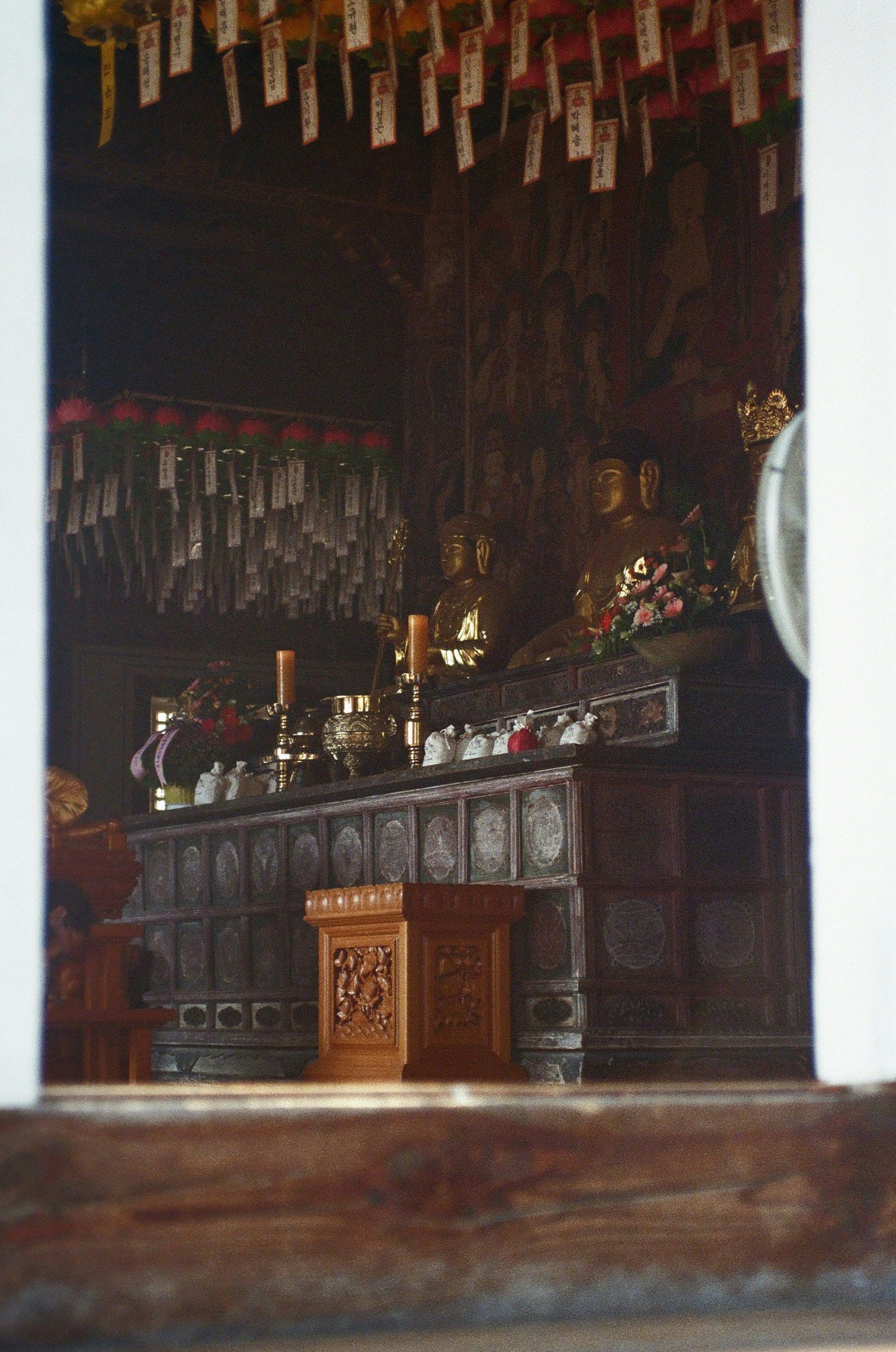
Slide title
Andong Hahoe
Button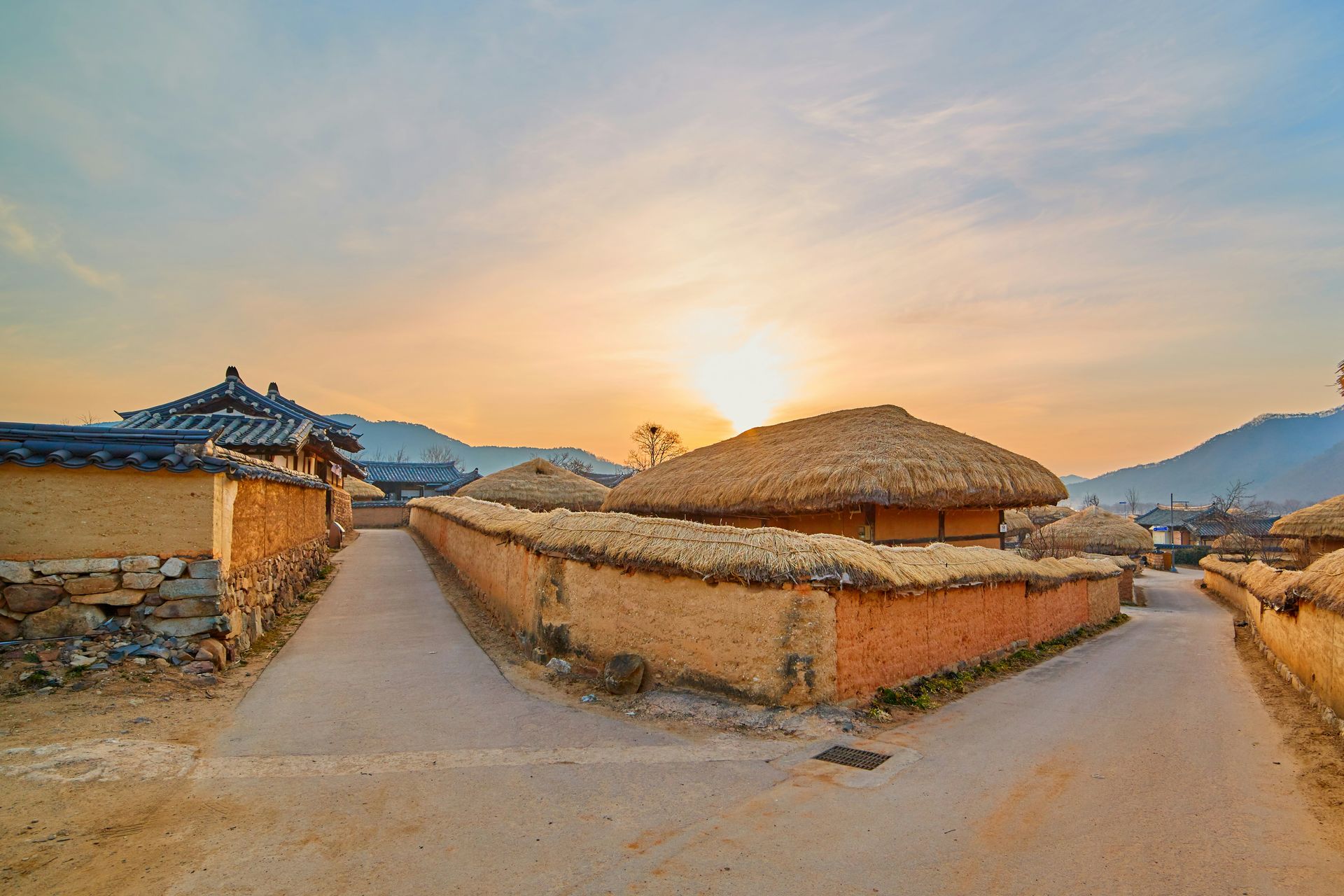
Slide title
Andong Hahoe
Button
Slide title
Andong Hahoe
Button
The Korean Culture
Korean culture is a captivating blend of ancient heritage and cutting-edge modernity. Deeply rooted in Confucian values, it emphasizes respect, harmony, and community, while embracing creativity and innovation in every aspect of life. From timeless traditions like tea ceremonies and hanbok attire to the global phenomenon of K-pop and Korean cinema, the culture bridges generations and continents. Visitors can experience this balance firsthand — in vibrant festivals, flavorful cuisine, and the warmth of the Korean spirit that celebrates both the past and the ever-evolving present.
Traditions & Customs
Korean traditions are deeply rooted in respect, harmony, and family values. From bowing as a sign of greeting to the importance of ancestral rites, customs reflect centuries-old Confucian ideals that still shape daily life. Traditional clothing, like the colorful hanbok, is worn during festivals and celebrations, symbolizing grace and cultural pride. Whether it’s sharing food at a communal table or honoring elders, these customs highlight the deep sense of connection and respect that defines Korean society.
Music & Pop Culture
South Korea’s cultural influence has taken the world by storm, driven by the global phenomenon of K-pop, energetic dance routines, and polished production. Beyond pop, the country embraces a diverse musical landscape that includes traditional gugak instruments and heartfelt ballads. Korean dramas (K-dramas), fashion, and cinema have also become international sensations, shaping trends and inspiring audiences across continents. Together, music and pop culture represent Korea’s perfect harmony between modern creativity and deep-rooted artistic tradition.
Cuisine & Dining Culture
Korean cuisine is a flavorful reflection of balance, community, and tradition. From sizzling bulgogi and spicy kimchi to hearty stews and street food favorites like tteokbokki, every meal celebrates bold flavors and shared experiences. Dining in Korea is deeply social — meals are meant to be enjoyed together, often centered around a communal table. Beyond the dishes themselves, etiquette and presentation hold great importance, showcasing the harmony and respect that define Korean dining culture.
Traditional Dishes
-
Döner
Döner is one of Turkey’s most iconic street foods, made from marinated meat—usually lamb, beef, or chicken—slowly cooked on a vertical rotisserie. Thinly sliced and served in flatbread, pita, or on a plate with rice, it’s rich, savory, and deeply aromatic. Döner embodies Turkey’s culinary blend of flavor, tradition, and convenience in every bite.
-
Pide
Pide is a boat-shaped flatbread baked with a variety of delicious toppings such as spiced minced meat, melted cheese, spinach, or sucuk (Turkish sausage). With its golden crust and soft, airy center, pide is a comforting staple of Turkish cuisine, often enjoyed fresh from stone ovens and shared among family and friends.
-
Meze
Meze refers to a delightful spread of small appetizer dishes that embody the social spirit of Turkish dining. Common favorites include creamy hummus, spicy ezme, smoky baba ghanoush, and Dolma - stuffed grape leaves. Served with fresh bread, meze offers a colorful and flavorful introduction to Turkey’s culinary heritage, perfect for sharing and savoring with friends and family.
-
Köfte
Köfte are savory Turkish meatballs made from minced lamb or beef mixed with herbs, onions, and spices, then grilled, fried, or baked to perfection. Found everywhere from street stalls to family kitchens, these juicy bites are often served with rice, bread, or salad, showcasing the comforting and flavorful heart of Turkish home cooking.
-
Lahmacun
Lahmacun, often called “Turkish pizza,” is a thin, crispy flatbread topped with a flavorful mix of minced meat, tomatoes, onions, herbs, and spices. Typically rolled up with parsley, lemon, and fresh vegetables, it’s a popular street food that captures the essence of Turkish cuisine—simple, aromatic, and perfect for enjoying on the go or as a shared meal.
-
Manti
Manti are Turkish dumplings filled with seasoned minced meat, typically lamb or beef, and served with a rich yogurt and garlic sauce topped with melted butter and paprika. Often called “Turkish ravioli,” this beloved dish combines Central Asian and Anatolian influences, offering a comforting balance of savory flavors and creamy textures that highlight Turkey’s culinary traditions.
-
Börek
Börek is a flaky, savory pastry made from thin layers of yufka dough, filled with ingredients like cheese, spinach, or minced meat. Baked or fried to golden perfection, it’s a beloved dish served across Turkey for breakfast, snacks, or special occasions. Its crisp texture and rich fillings make börek a timeless favorite in Turkish homes and cafés.
Traditional Dishes
-
Kimchi
Kimchi is Korea’s most iconic dish — a spicy, tangy fermented side made primarily from napa cabbage or radishes, seasoned with chili, garlic, and ginger. Eaten at nearly every meal, it’s both a staple and a symbol of Korean identity. Beyond its bold flavor, kimchi reflects the country’s long-standing traditions of preservation and community, as families once gathered to make it together in large batches for the winter season.
-
Bibimbap
Bibimbap, meaning “mixed rice,” is one of Korea’s most beloved and visually stunning dishes. It features a bowl of warm rice topped with an array of colorful vegetables, marinated beef or tofu, and a fried egg, all brought together with a generous spoonful of spicy gochujang sauce. The ingredients are carefully arranged to represent balance and harmony before being mixed at the table. Bibimbap not only showcases Korea’s focus on fresh, seasonal produce but also reflects the country’s philosophy of balance in both flavor and presentation.
-
Jjigae
Jjigae is a comforting Korean stew enjoyed in countless variations across the country. Made with a rich broth seasoned with gochujang (red chili paste) or doenjang (soybean paste), it’s hearty, spicy, and deeply flavorful. Popular versions include Kimchi Jjigae, made with aged kimchi and pork for a tangy kick, and Sundubu Jjigae, featuring soft tofu and seafood in a bubbling red broth. Often served boiling hot with a bowl of rice, jjigae is a staple of Korean home cooking—warming, nourishing, and full of soul.
-
Tteok
Tteok, or Korean rice cakes, are chewy and versatile treats made from glutinous rice flour. They appear in both sweet and savory forms — from festive desserts to hearty street food favorites. One of the most popular dishes featuring tteok is tteokbokki, a spicy stir-fried version simmered in gochujang sauce. Other variations include garaetteok (used in soups like tteokguk) and injeolmi, a soft, nutty rice cake coated in roasted soybean powder. Tteok is deeply woven into Korean culture, enjoyed during celebrations, holidays, and everyday meals alike.
-
Samgyeopsal
Samgyeopsal (Korean BBQ) is one of Korea’s most beloved dishes, featuring thick slices of pork belly grilled right at the table. Diners cook the meat to their liking, then wrap it in lettuce or perilla leaves with garlic, chili, and ssamjang (spicy dipping sauce). Often enjoyed with soju and shared among friends, samgyeopsal is more than a meal—it’s a lively social experience that captures the spirit of Korean dining culture.
-
Bulgogi
Bulgogi, meaning “fire meat,” is a Korean classic made from thinly sliced beef marinated in a flavorful blend of soy sauce, garlic, sesame oil, and sugar. Grilled or pan-cooked to perfection, the meat develops a sweet, smoky aroma that’s irresistible. Often served with rice, lettuce wraps, and a variety of side dishes (banchan), bulgogi captures the heart of Korean barbecue culture—where communal dining and bold, balanced flavors come together in every bite.
-
Japchae
Japchae is a flavorful Korean noodle dish made with sweet potato glass noodles stir-fried with a colorful mix of vegetables, beef, soy sauce, and sesame oil. Light yet savory, it’s often served at celebrations and special occasions. The glossy noodles and perfectly balanced sweet-salty taste make Japchae a true staple of Korean cuisine, loved for both its flavor and festive presentation.
-
Gimbap
Gimbap is a popular Korean dish made from steamed rice and assorted fillings—such as vegetables, egg, and meat—rolled in sheets of seaweed and sliced into bite-sized pieces. Similar in appearance to sushi rolls but distinct in flavor, Gimbap uses sesame oil and seasoned rice instead of vinegar, giving it a uniquely Korean taste. It’s a favorite for picnics, street snacks, and lunchboxes across Korea.
Love this destination?
Have Viking Travel book your next getaway!


